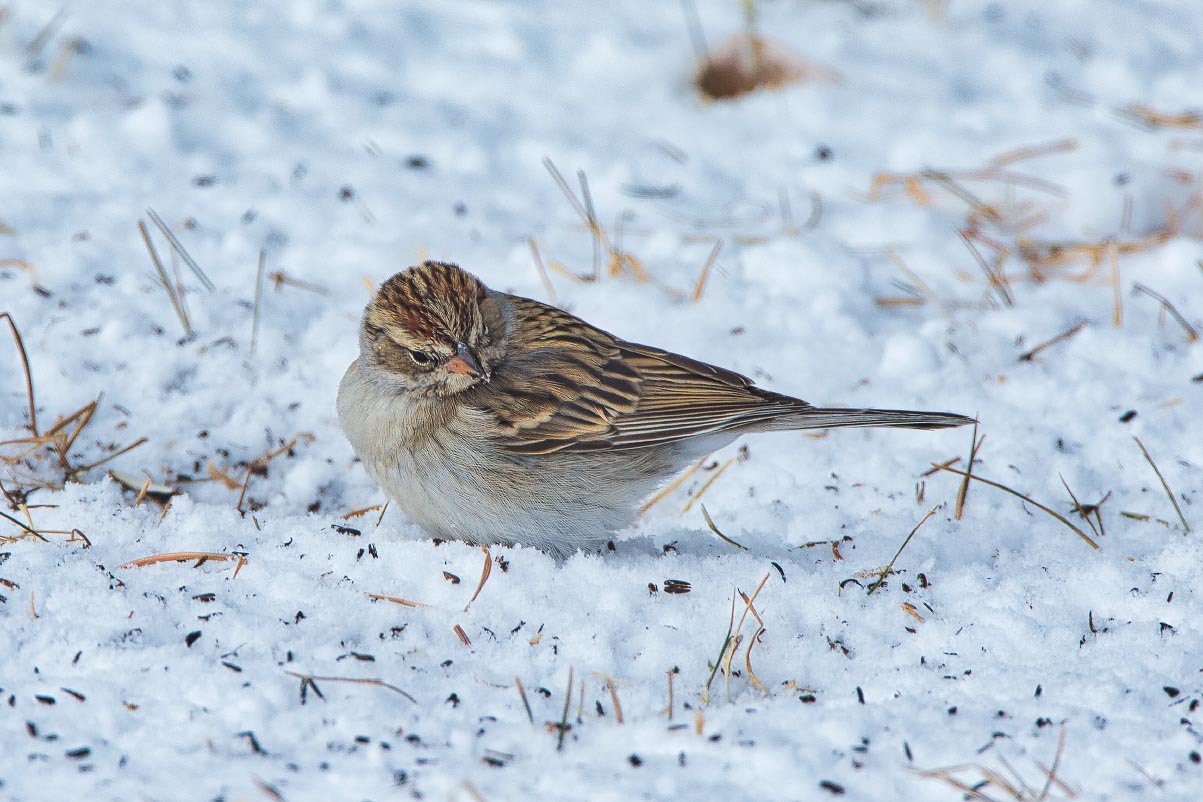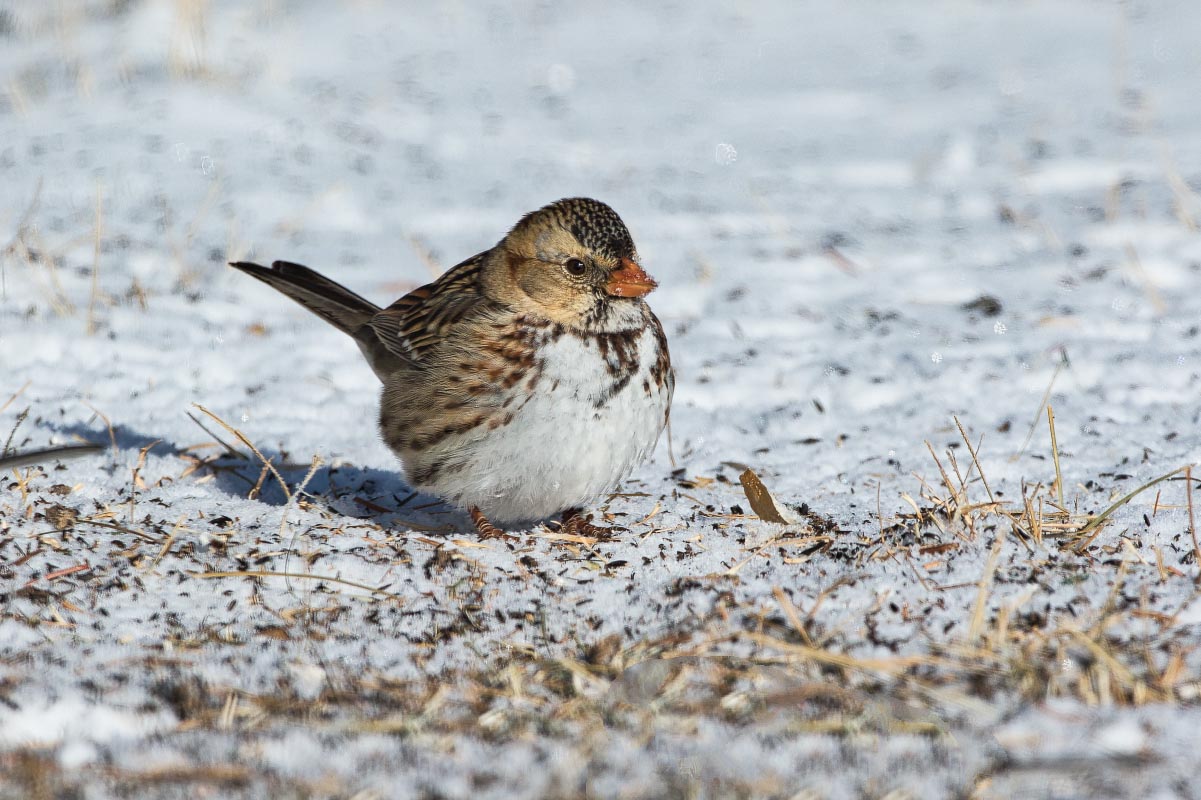Wyoming blog 2018
Wyoming blog 2018
1/14/2018: Winter birds
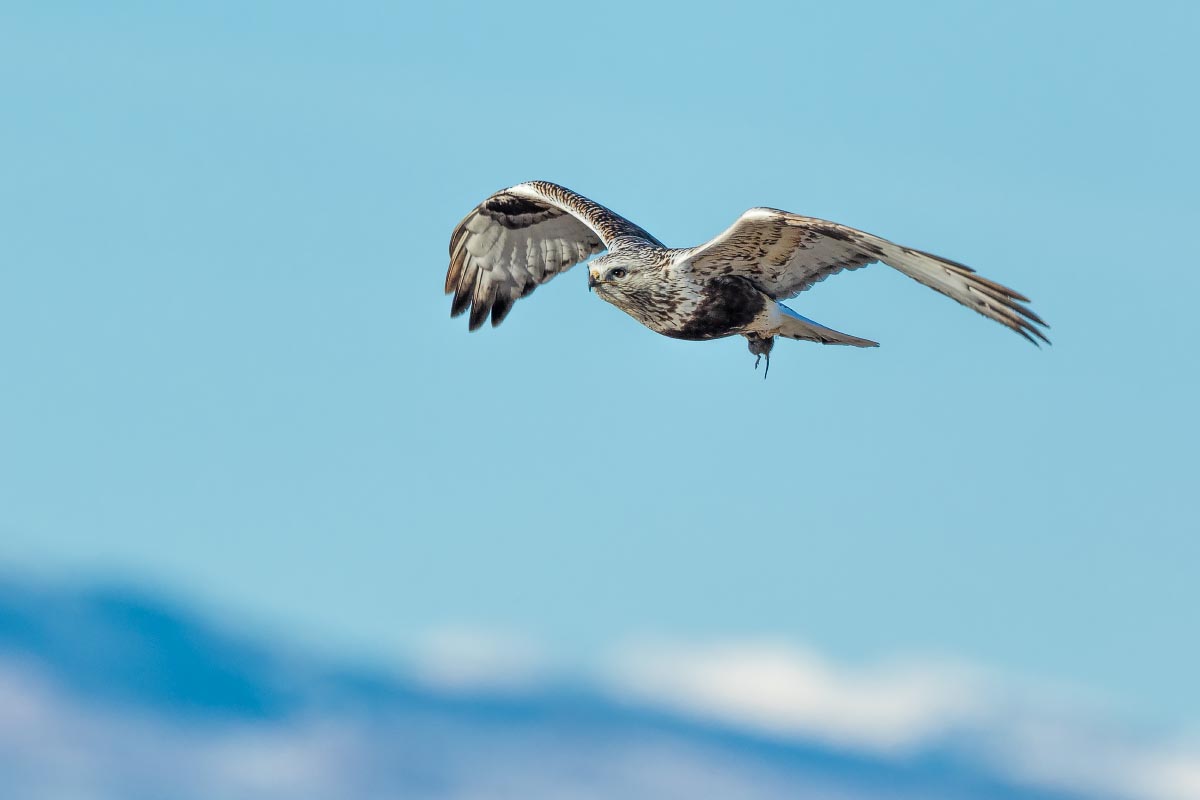
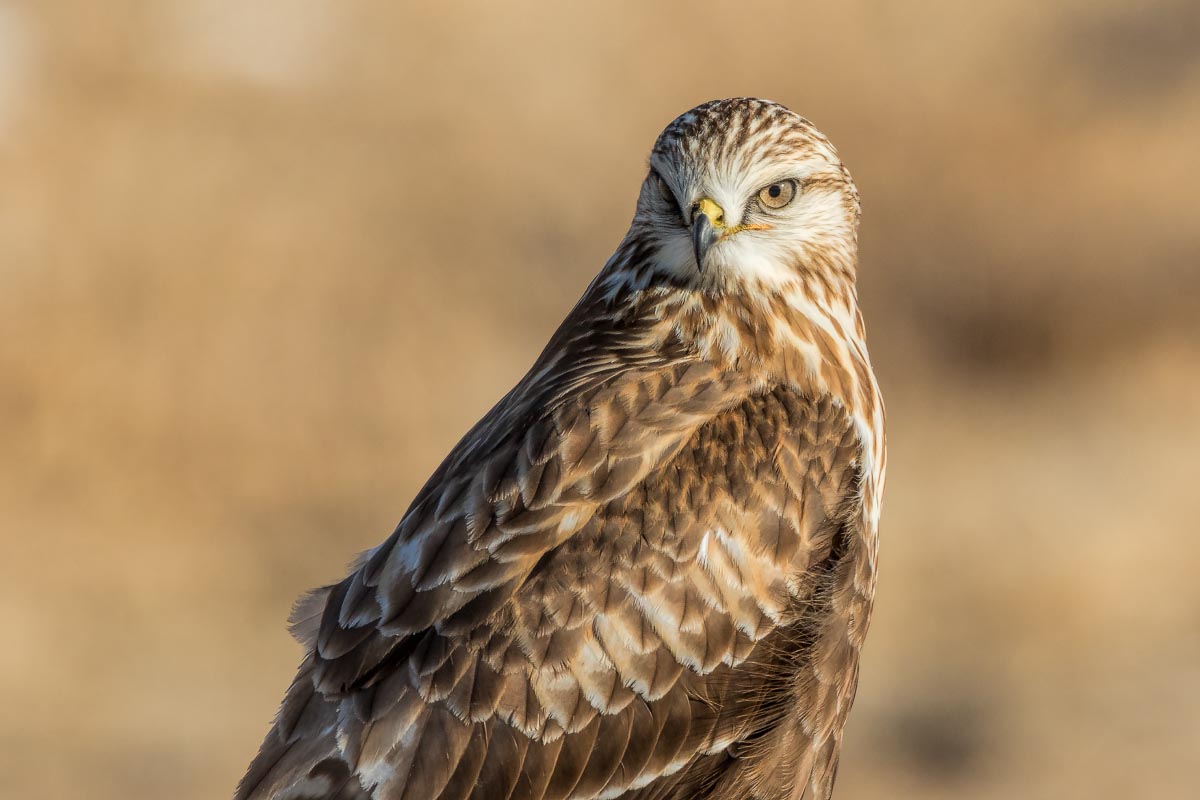
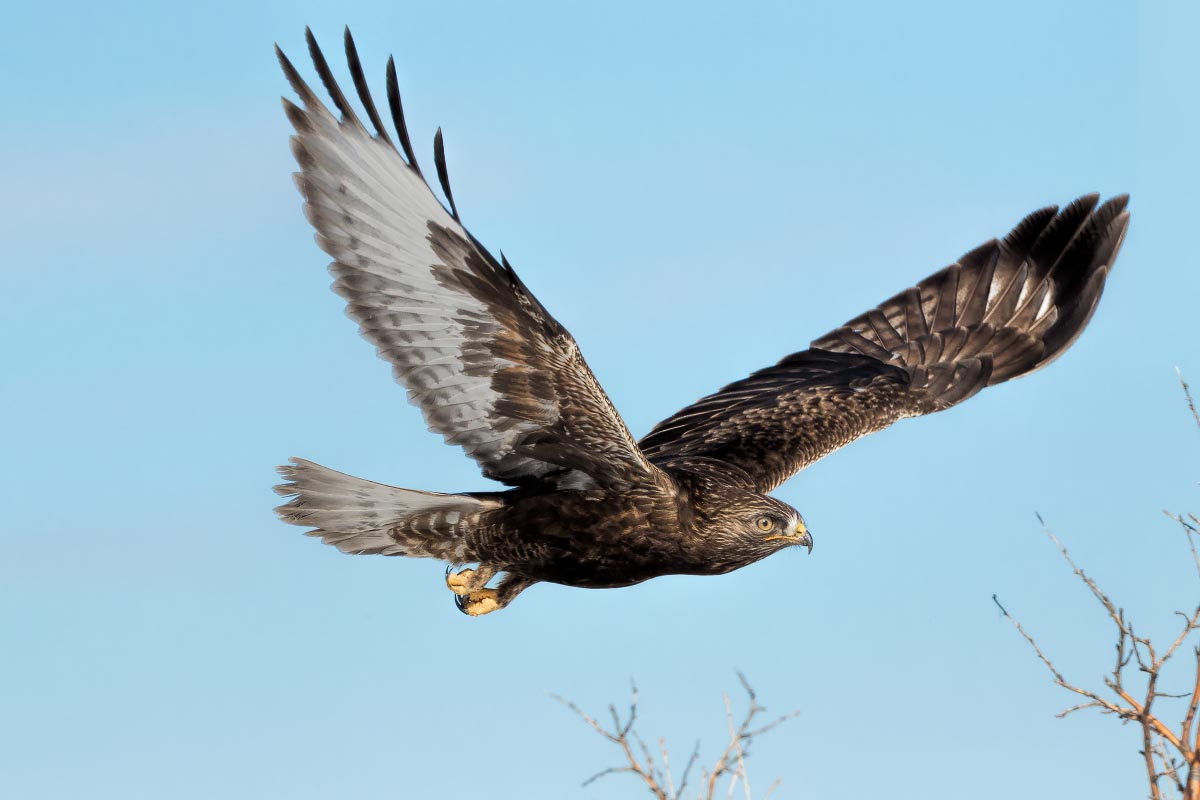
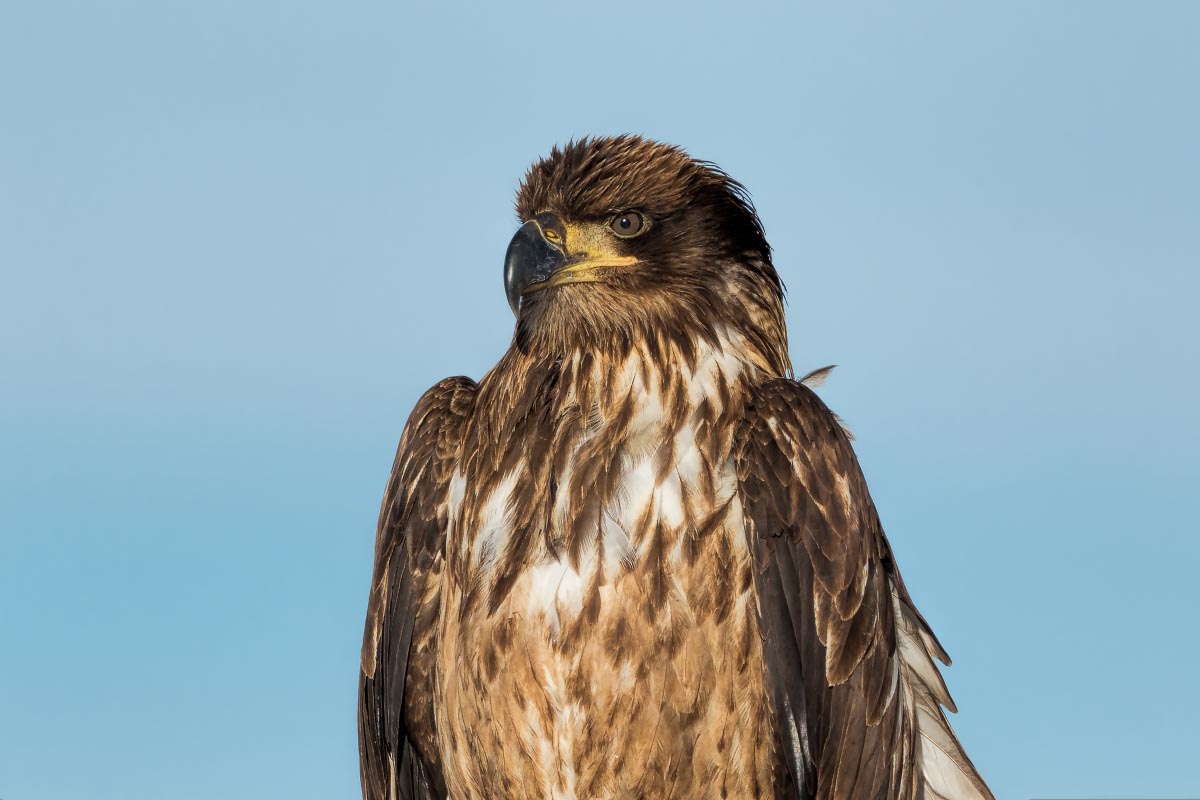
4/1/2018: Today we went back to Gooseberry Badlands for a nice hike.
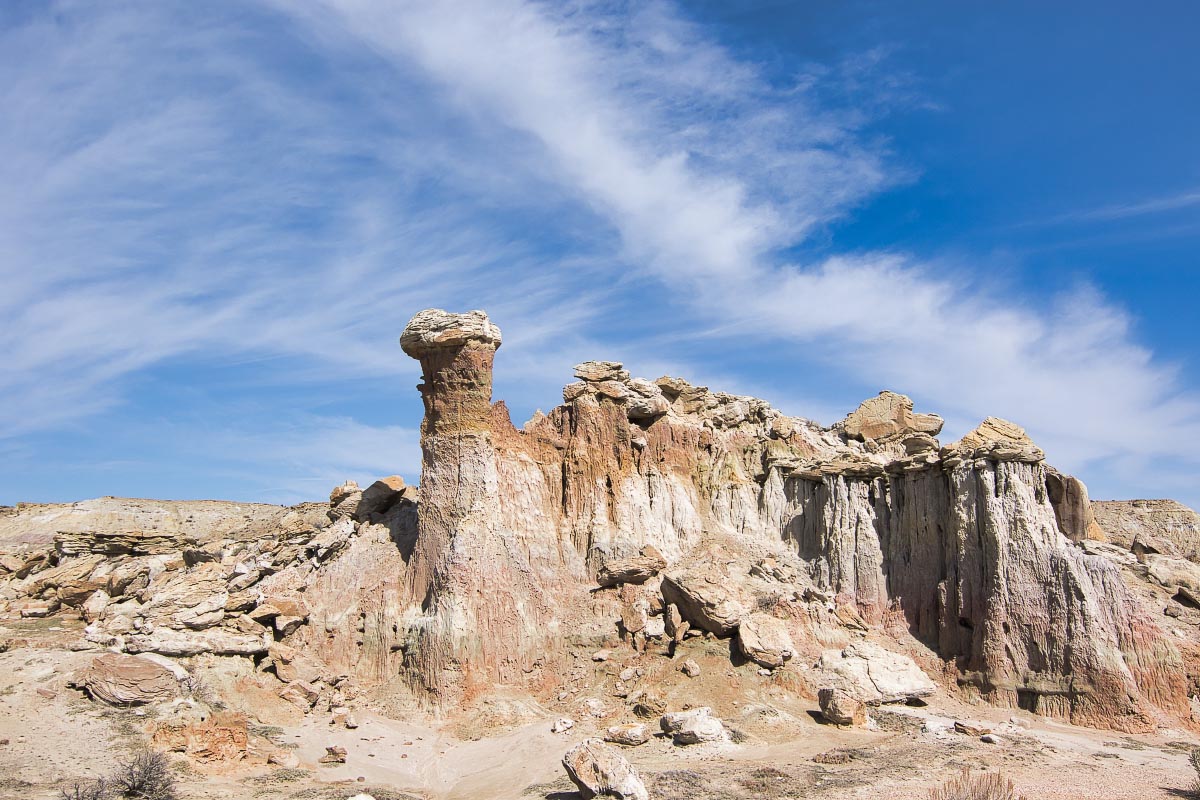
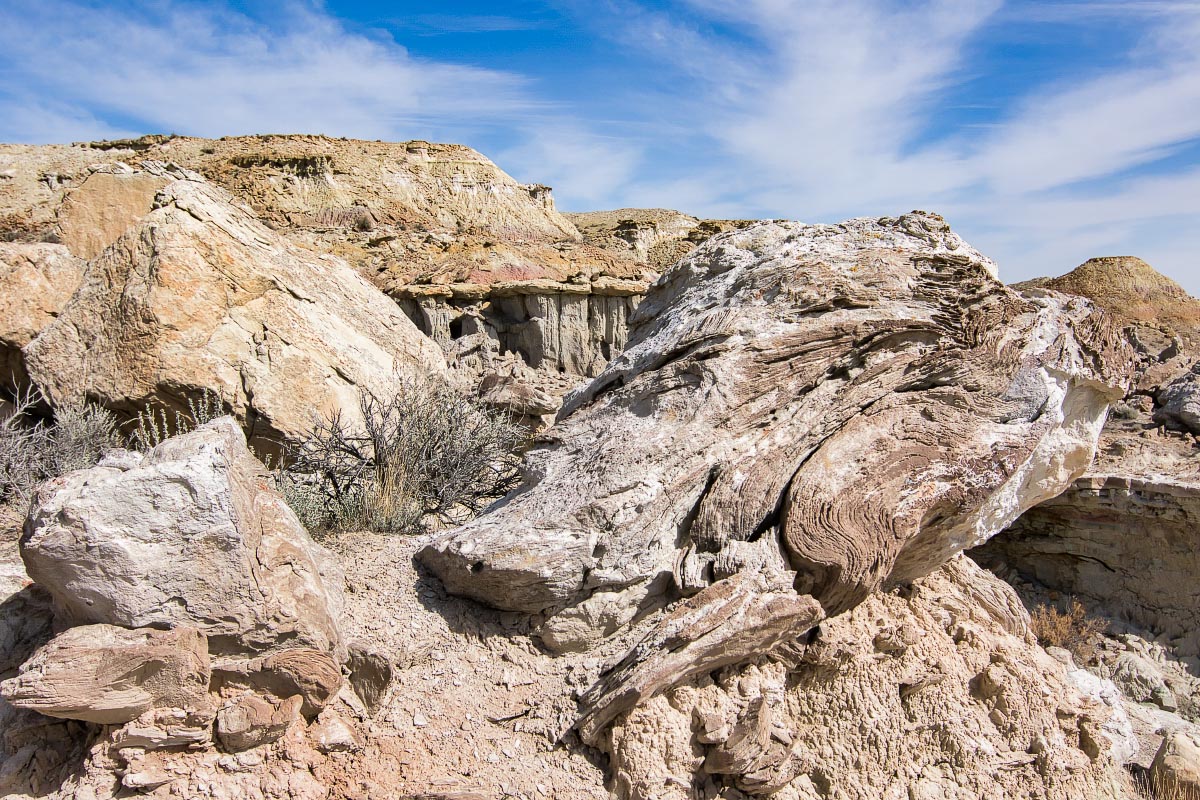
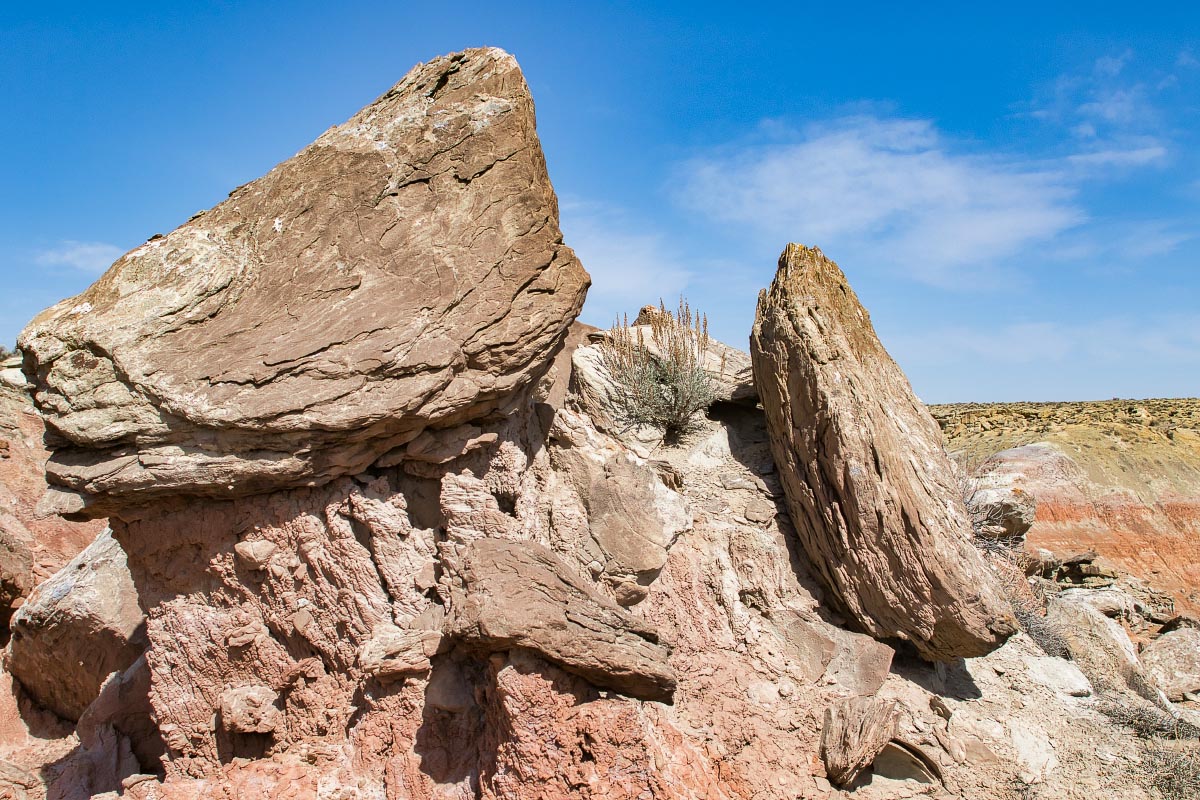
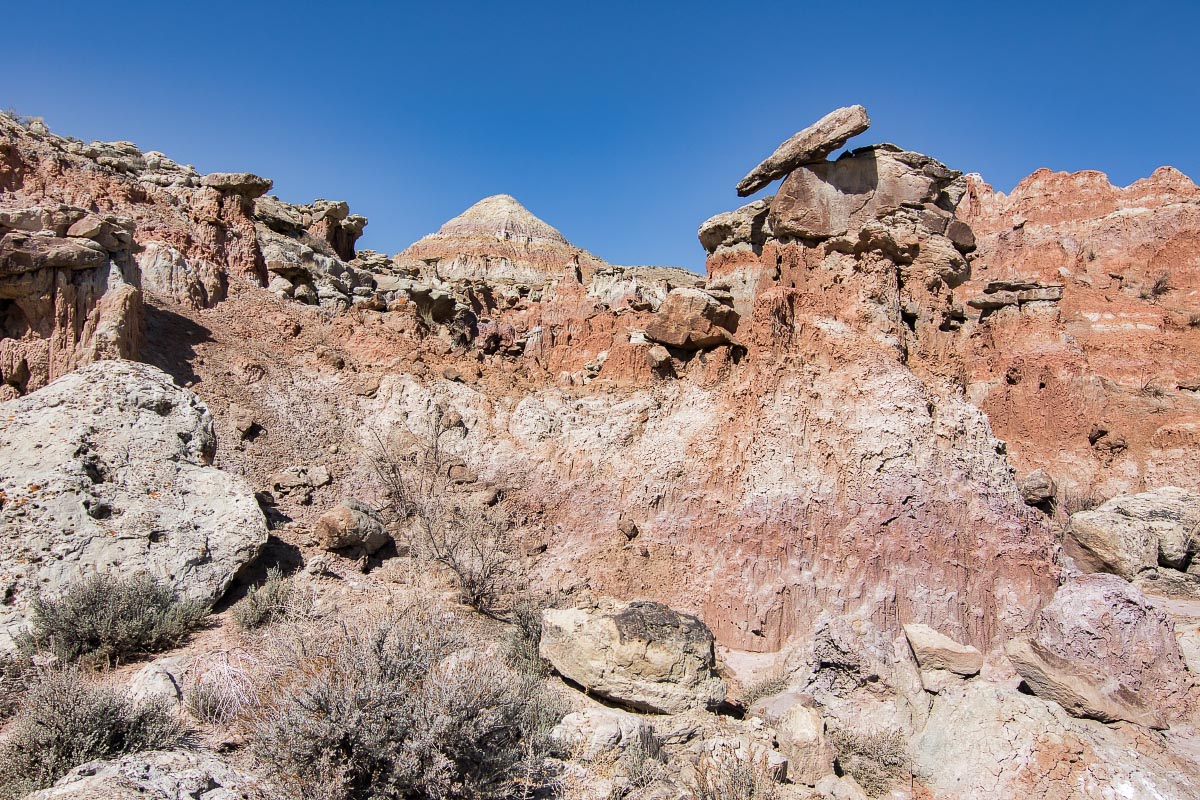
4/7/2018: 2 years ago I photographed a pair of one of my favorite birds, the American Dipper, at their nest in Sinks Canyon State Park. This year we happed to catch the pair in the process of building this marvelous nest. When compete, it will be a complete sphere with just an entry door in the lower center.
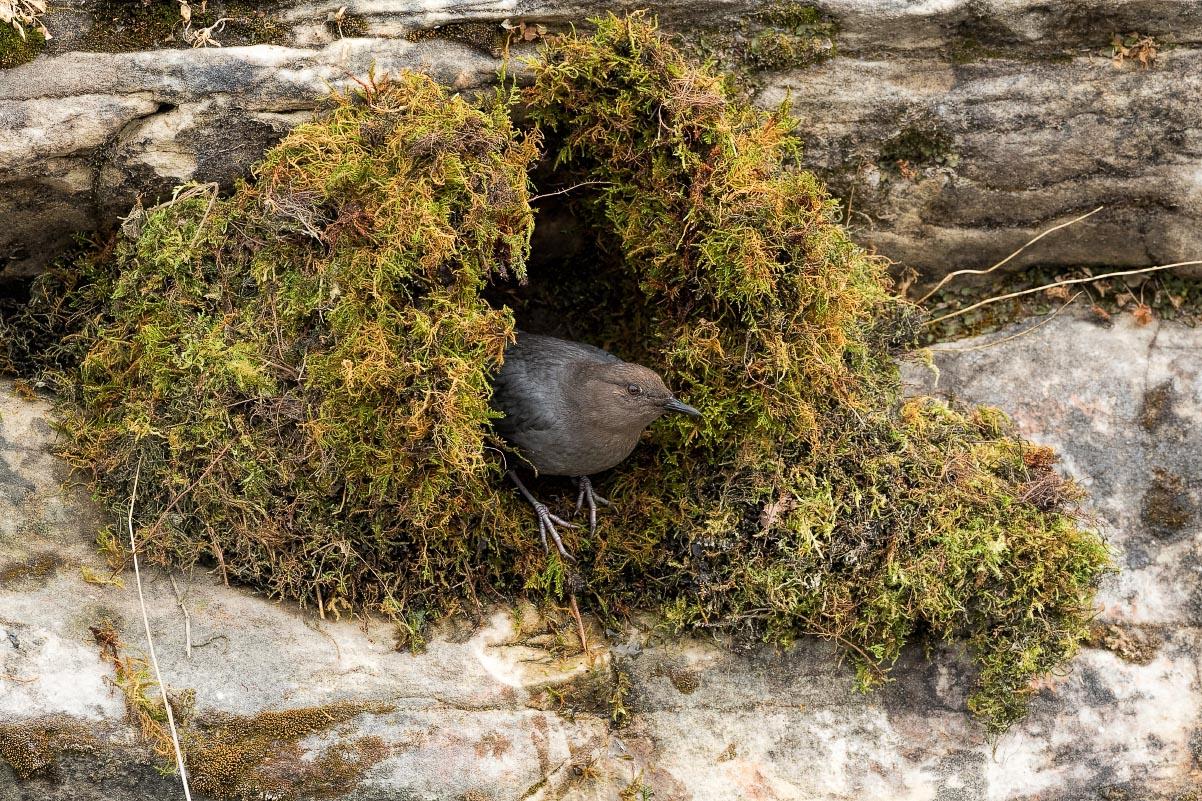
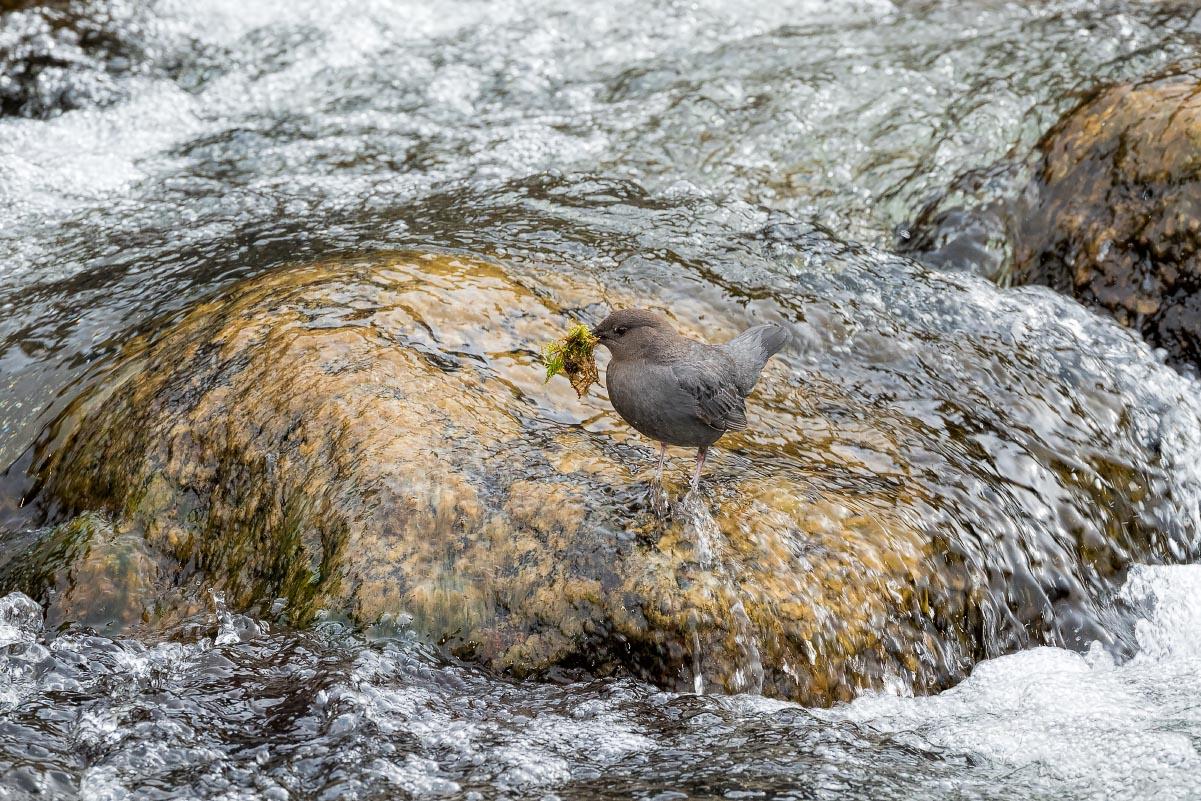
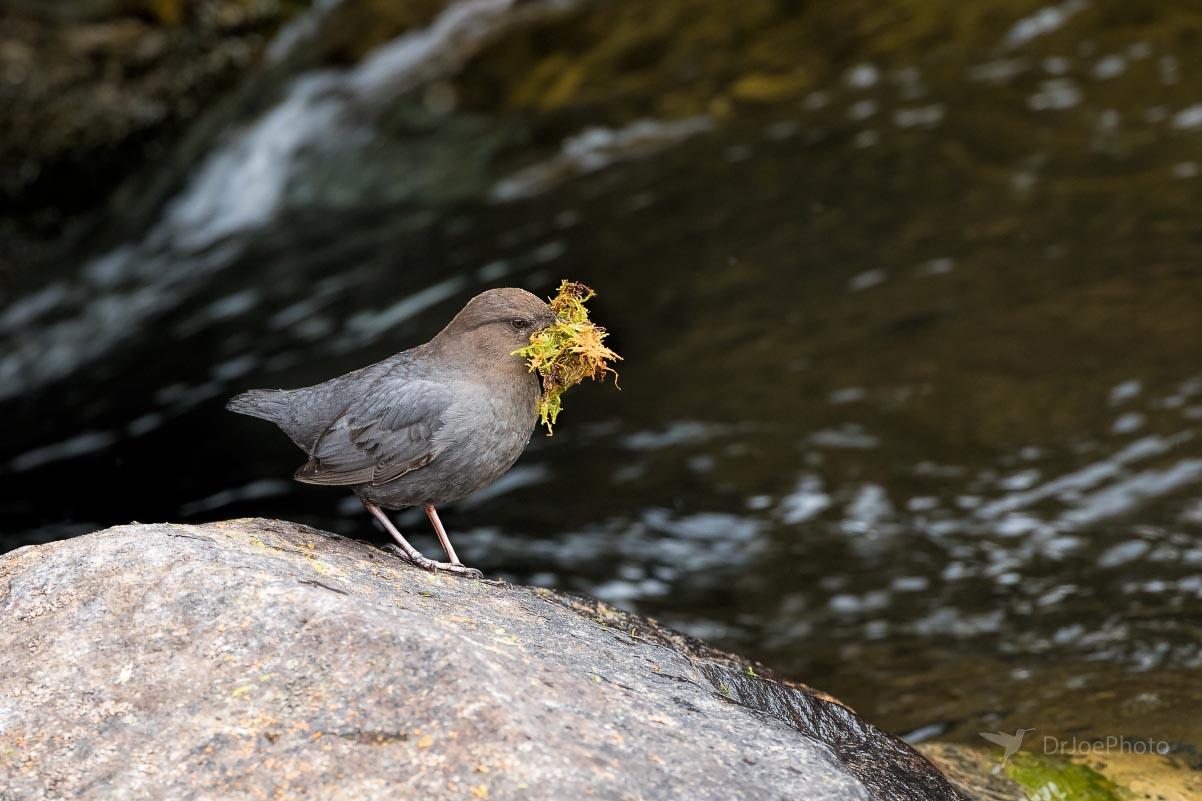
4/27/2018: Spent Candy’s birthday weekend at Grand Teton National Park.
Found this bull moose just starting to grow his antlers back. It’s amazing how large these will get in just a few months, only to shed them again next winter.
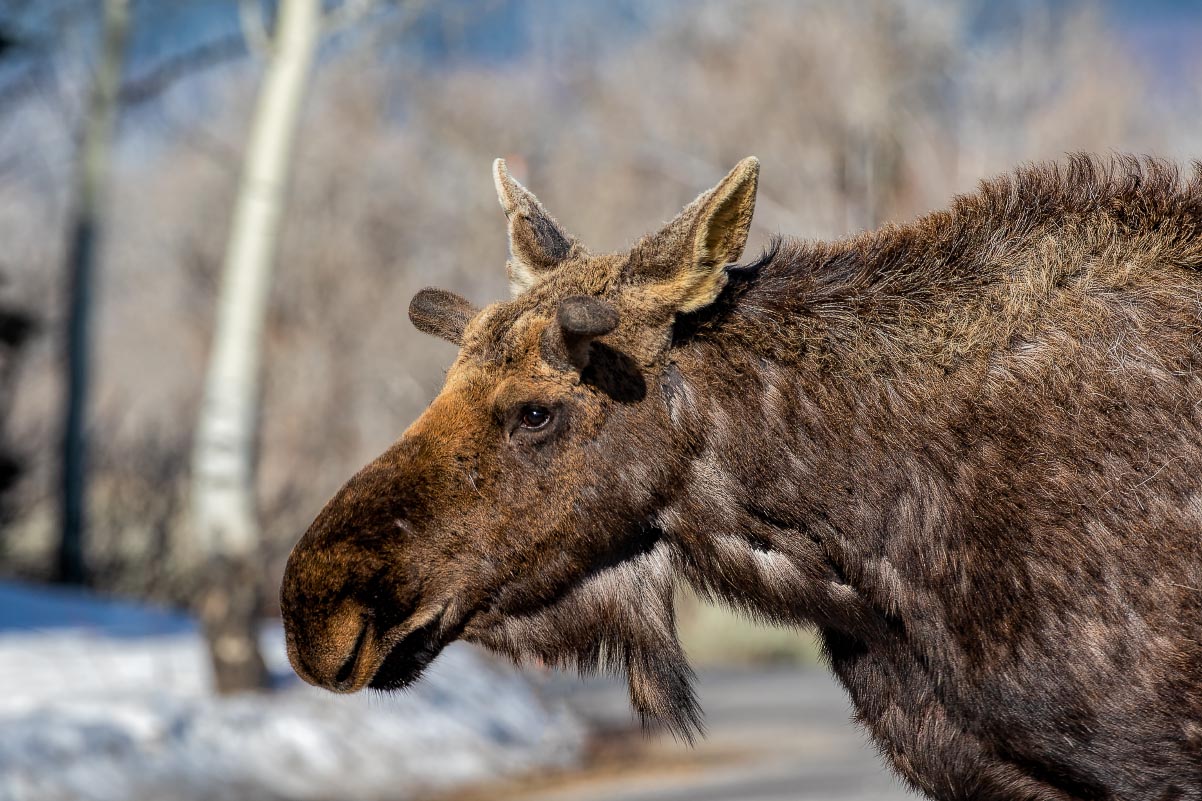
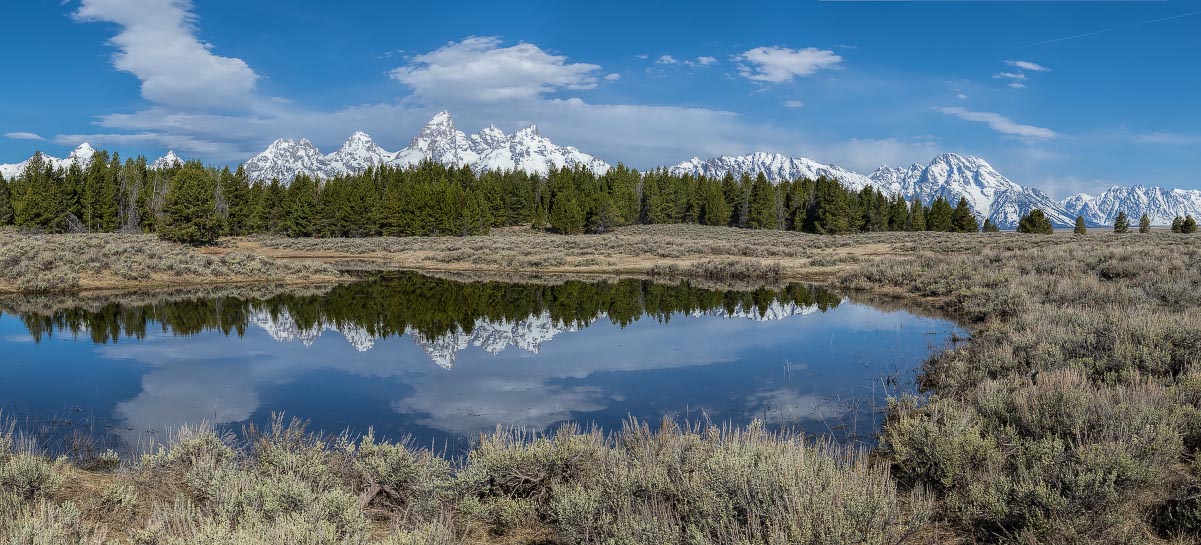
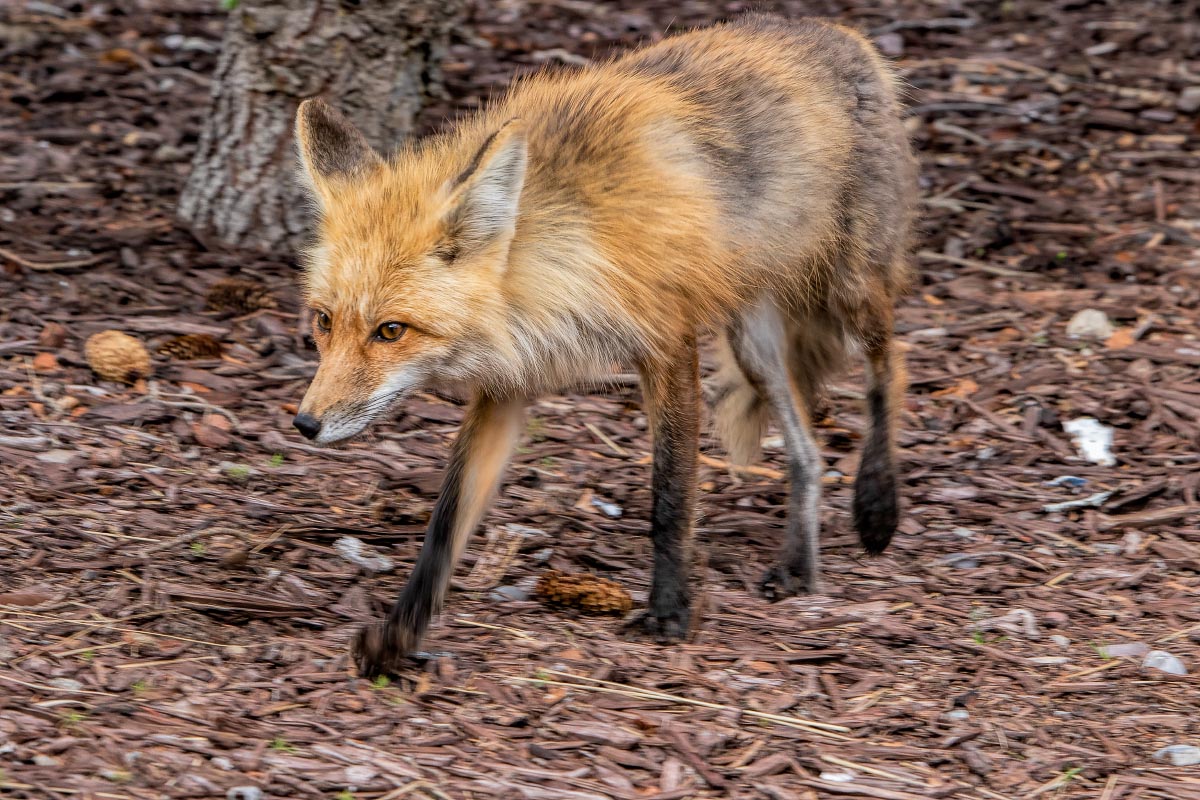
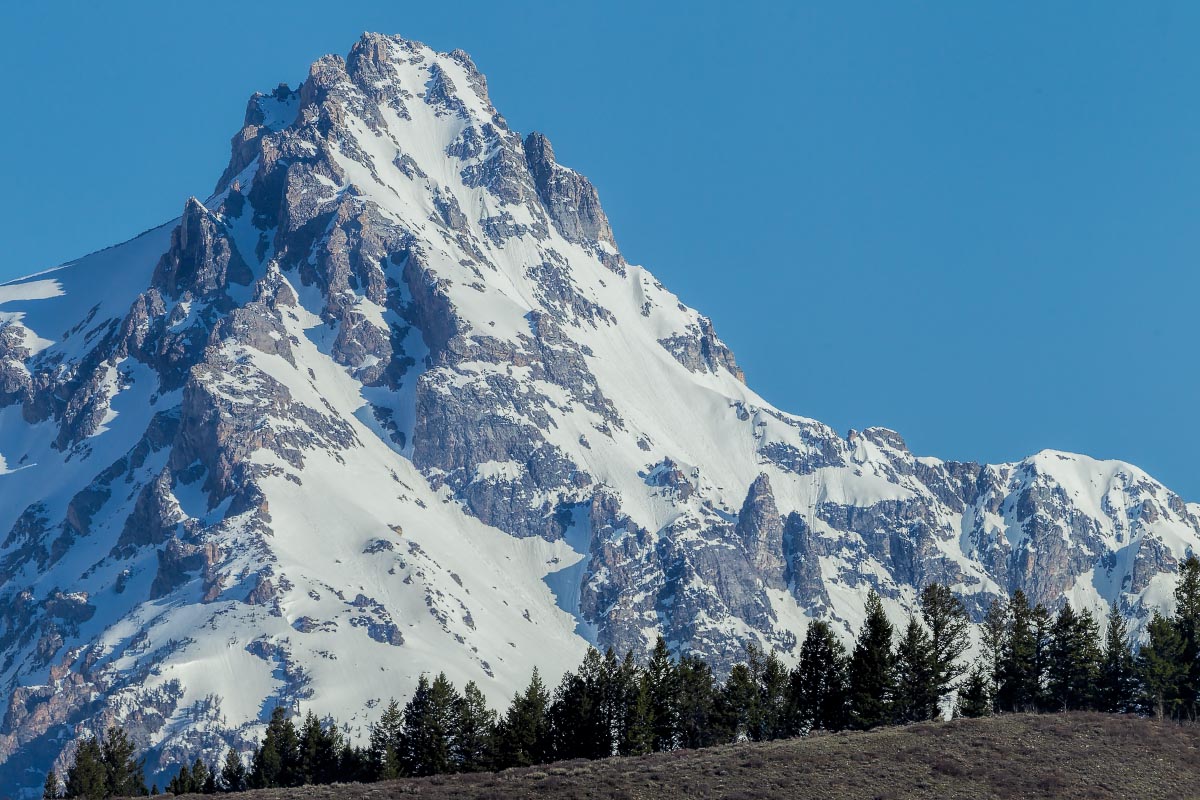
05/11/2018: Spent Mother’s Day weekend in Cody and Yellowstone National Park. We love the South Fork drive out of Cody.
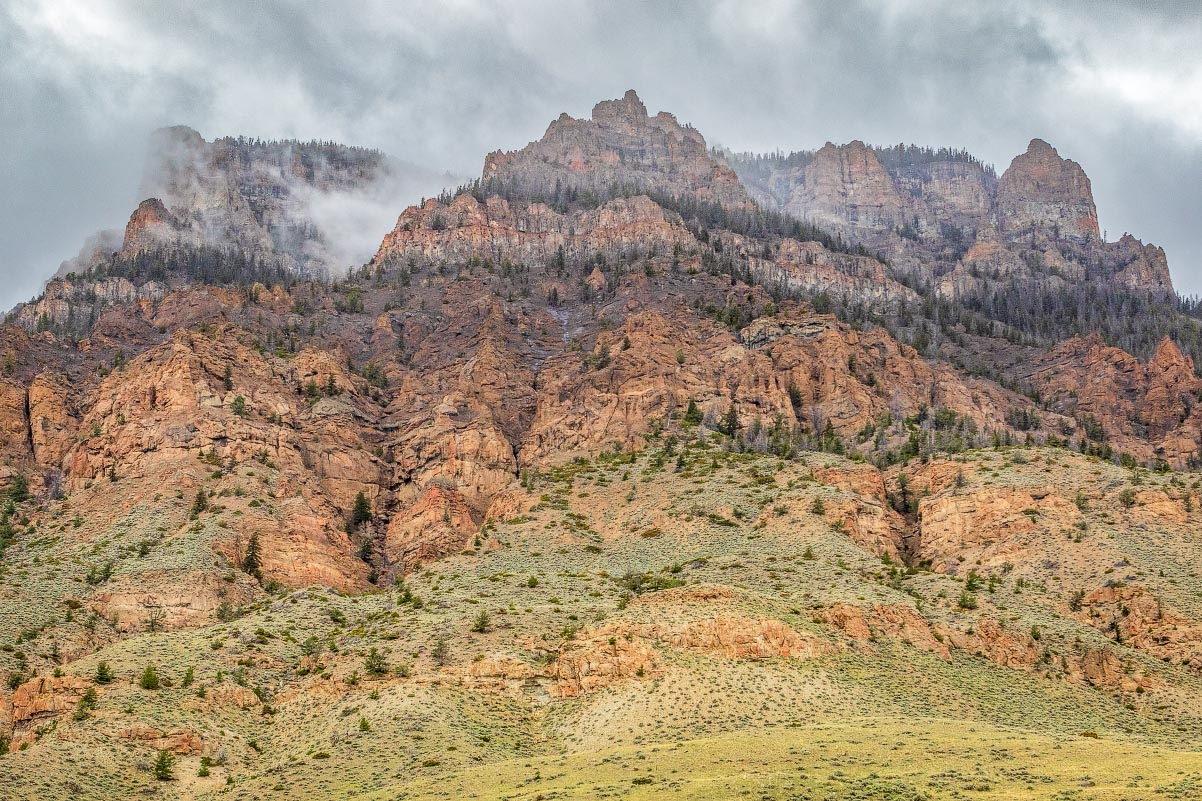
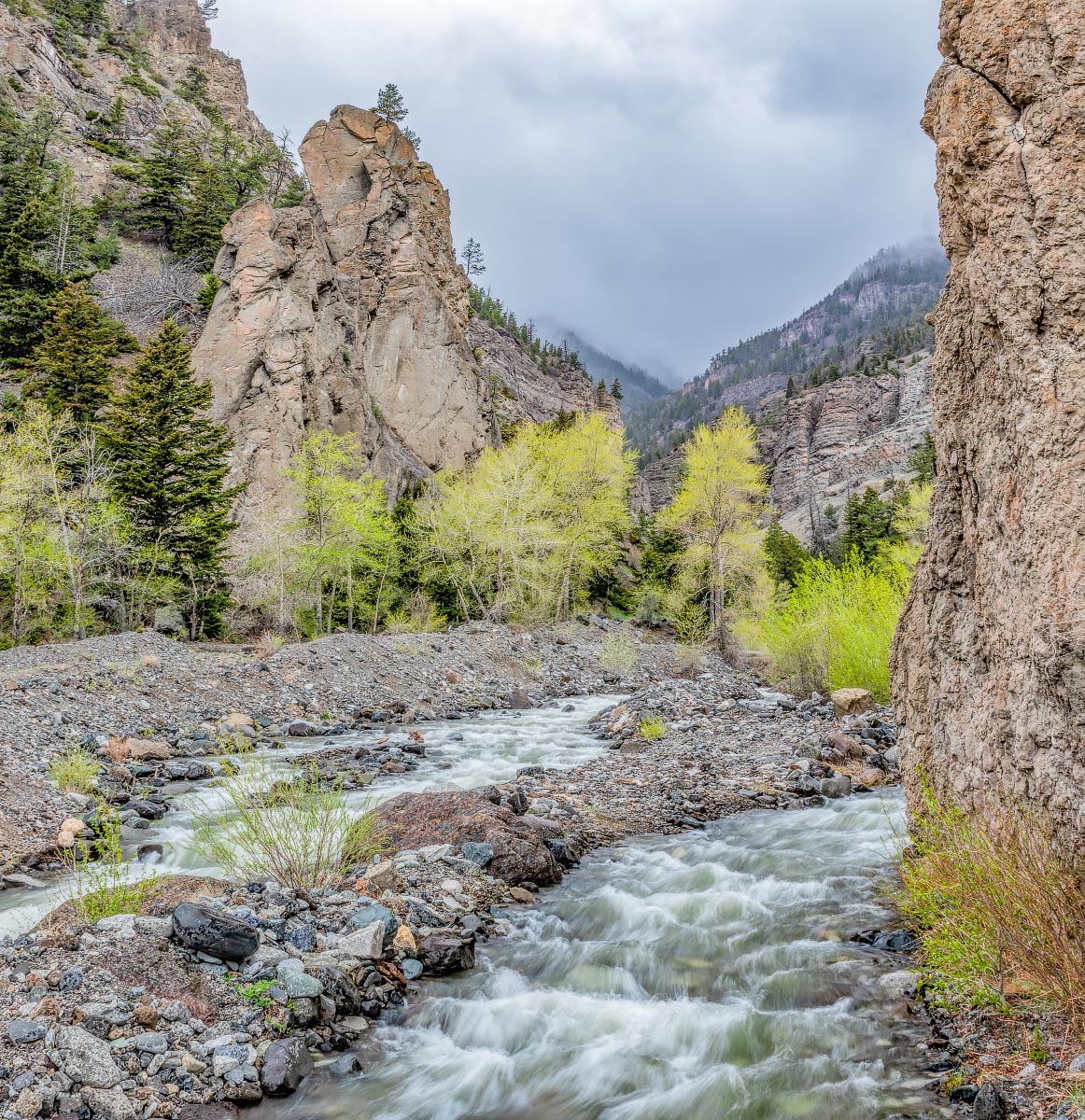
5/12/18: Along the North Fork drive into Yellowstone today:
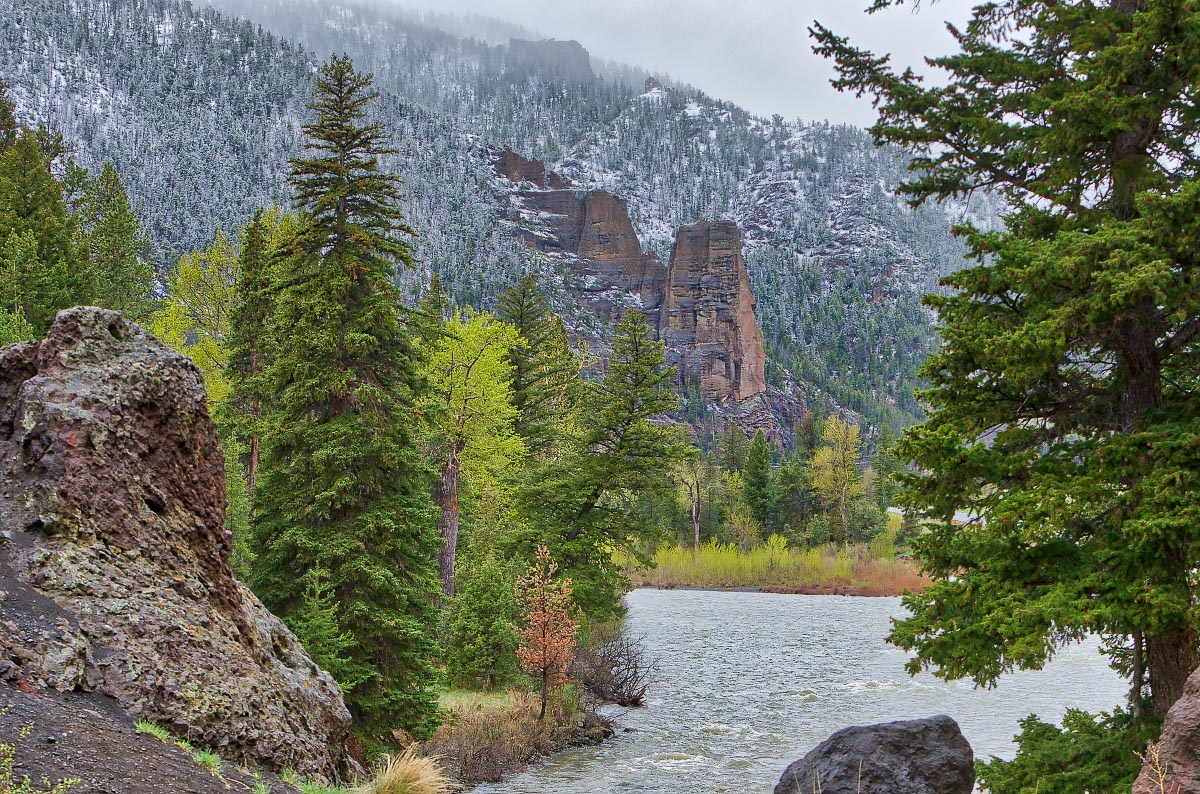
In Yellowstone, we went back to LeHardy Rapids, famous for the Harlequin ducks. I photographed them 2 years ago but always wanted more.
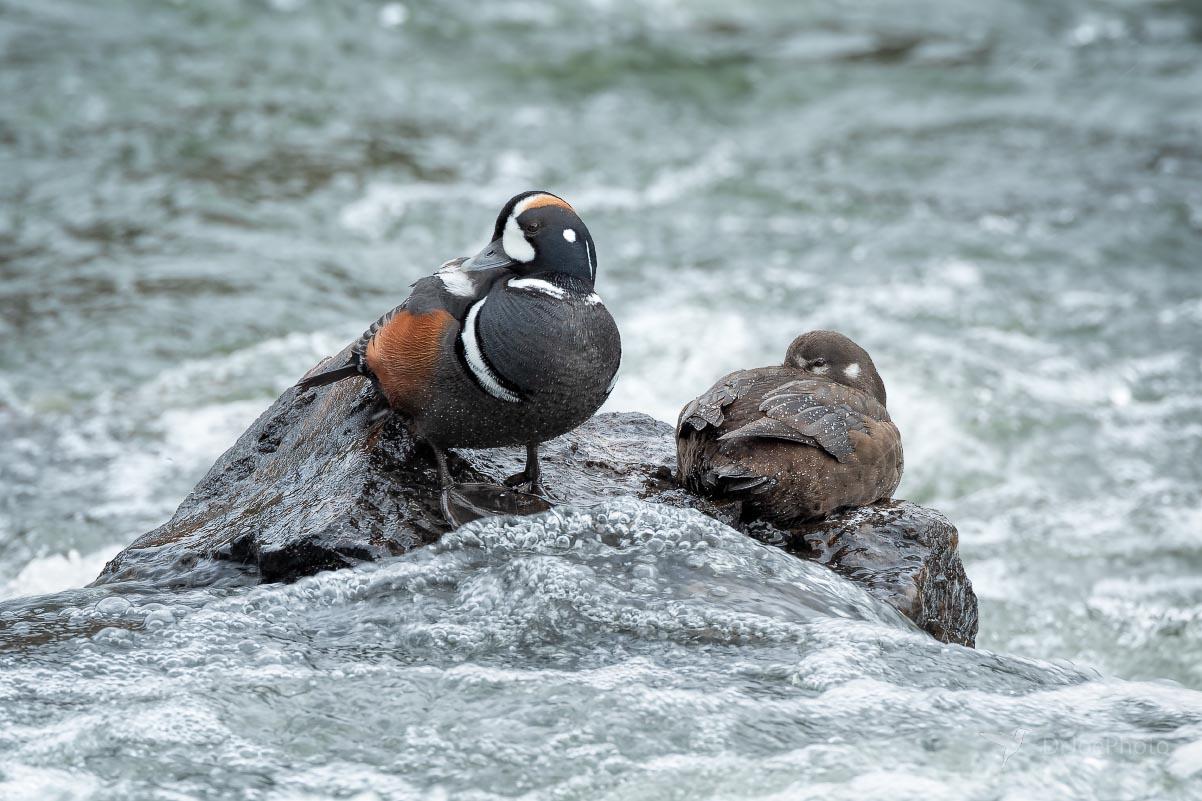
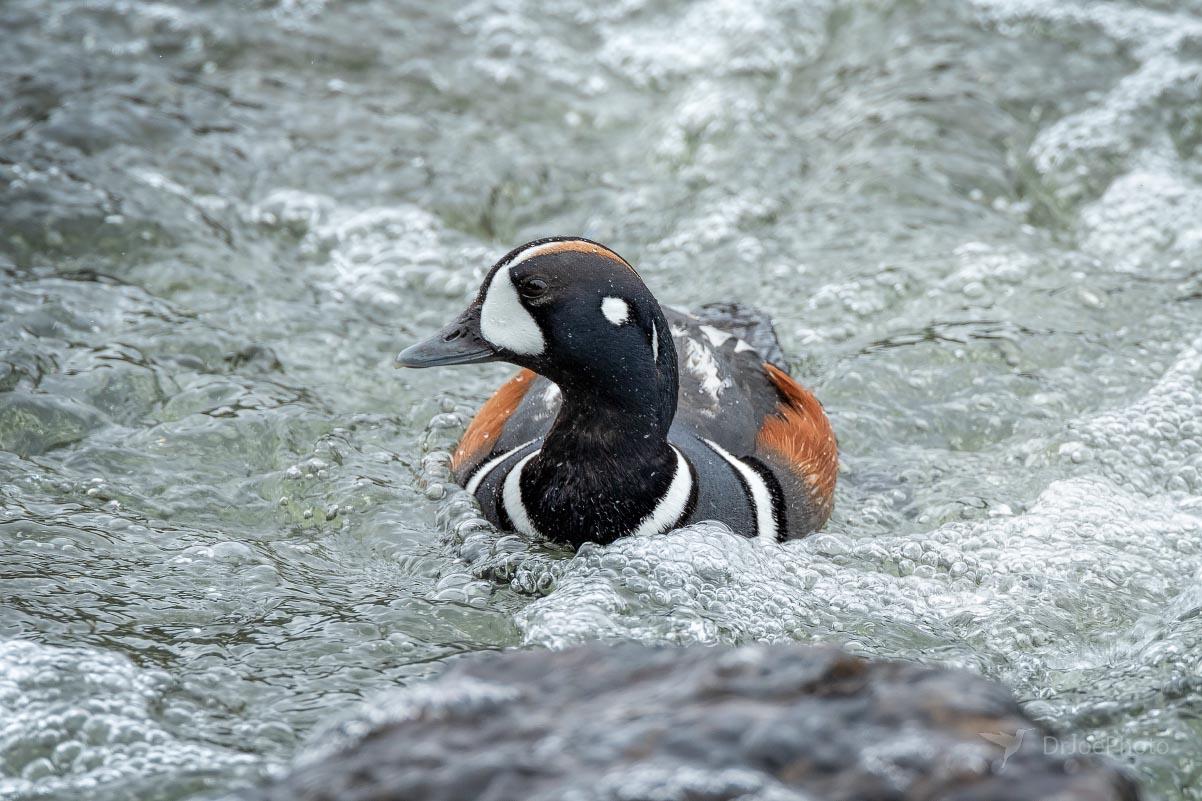
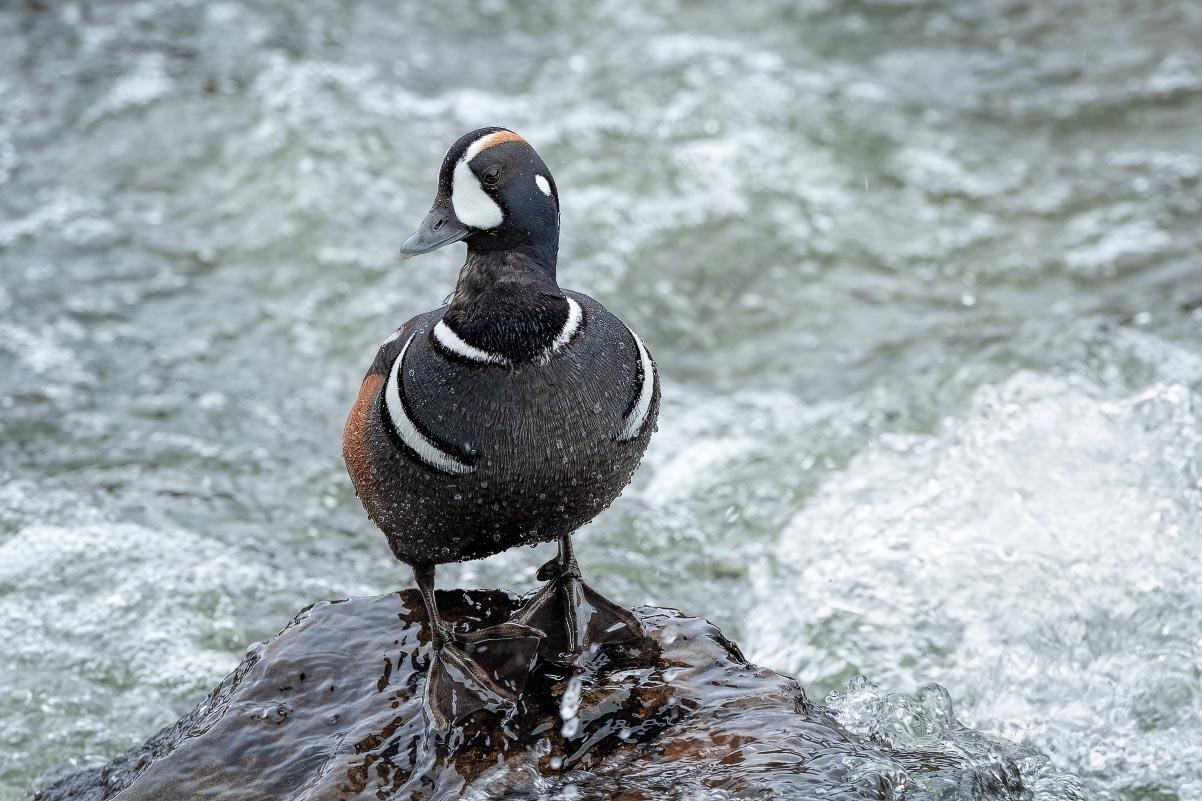
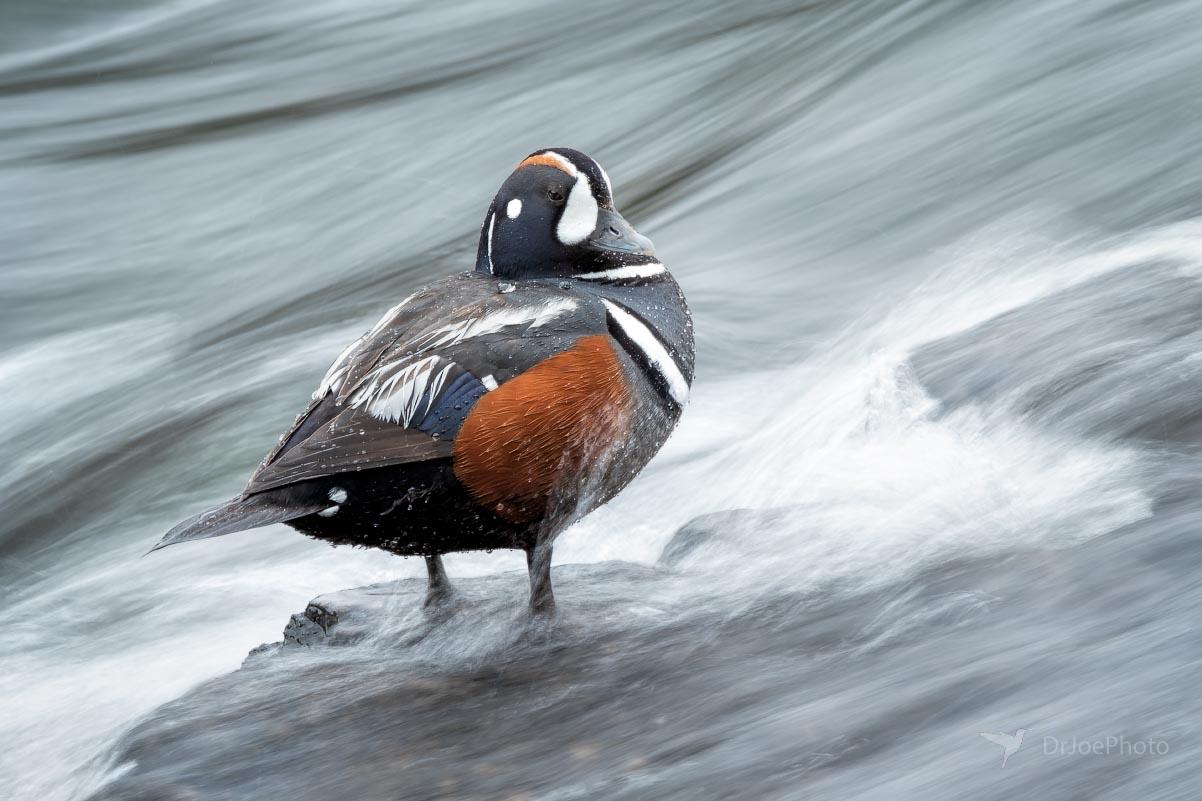
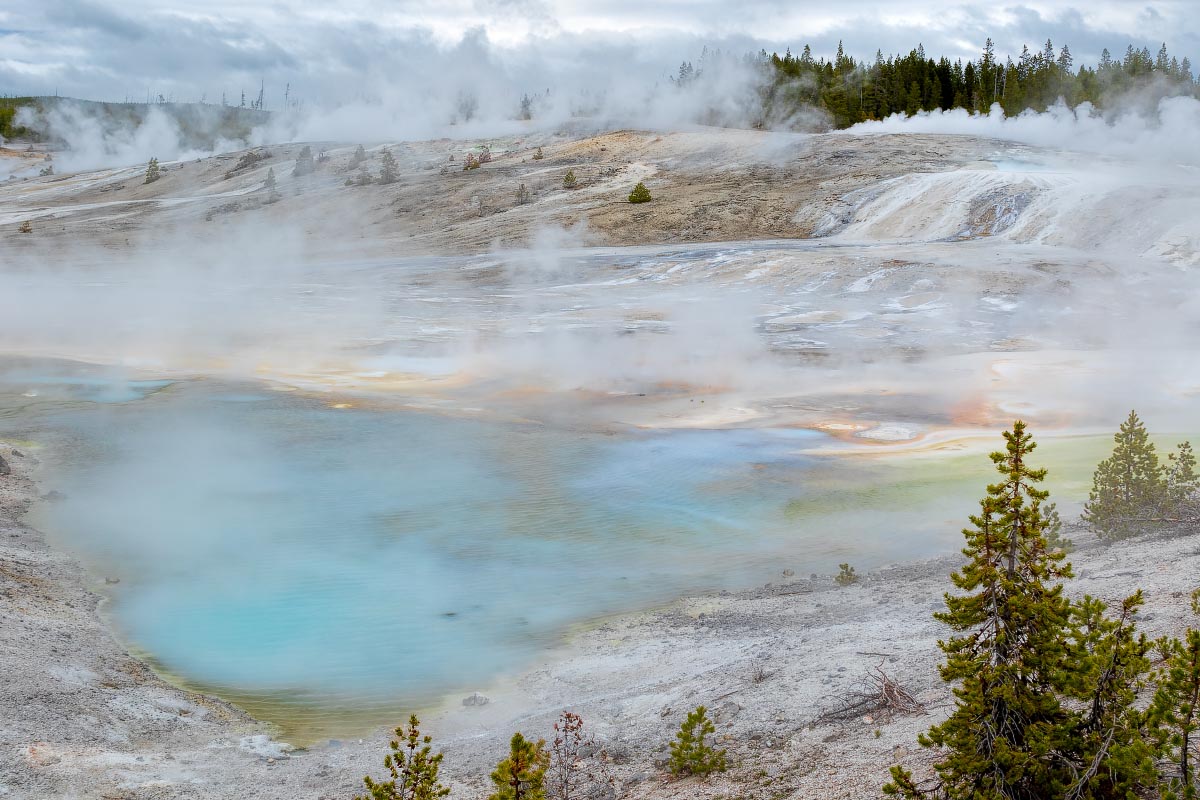
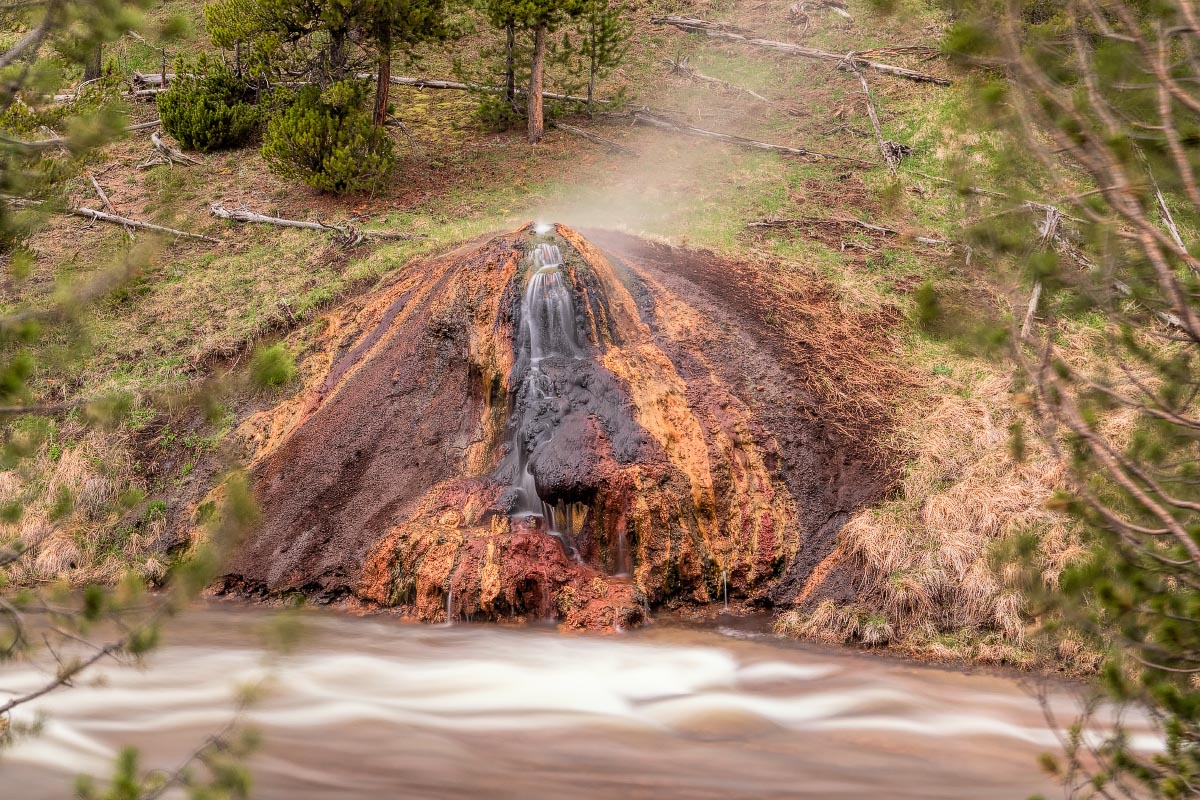
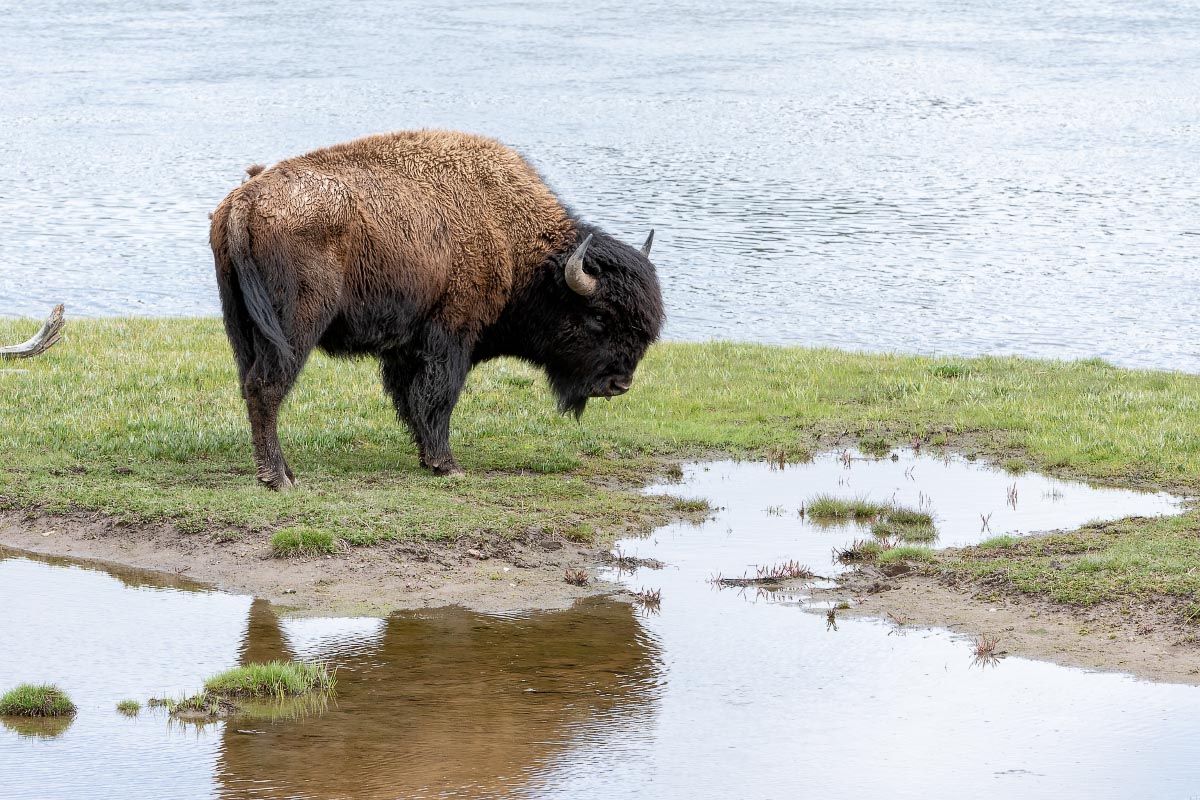
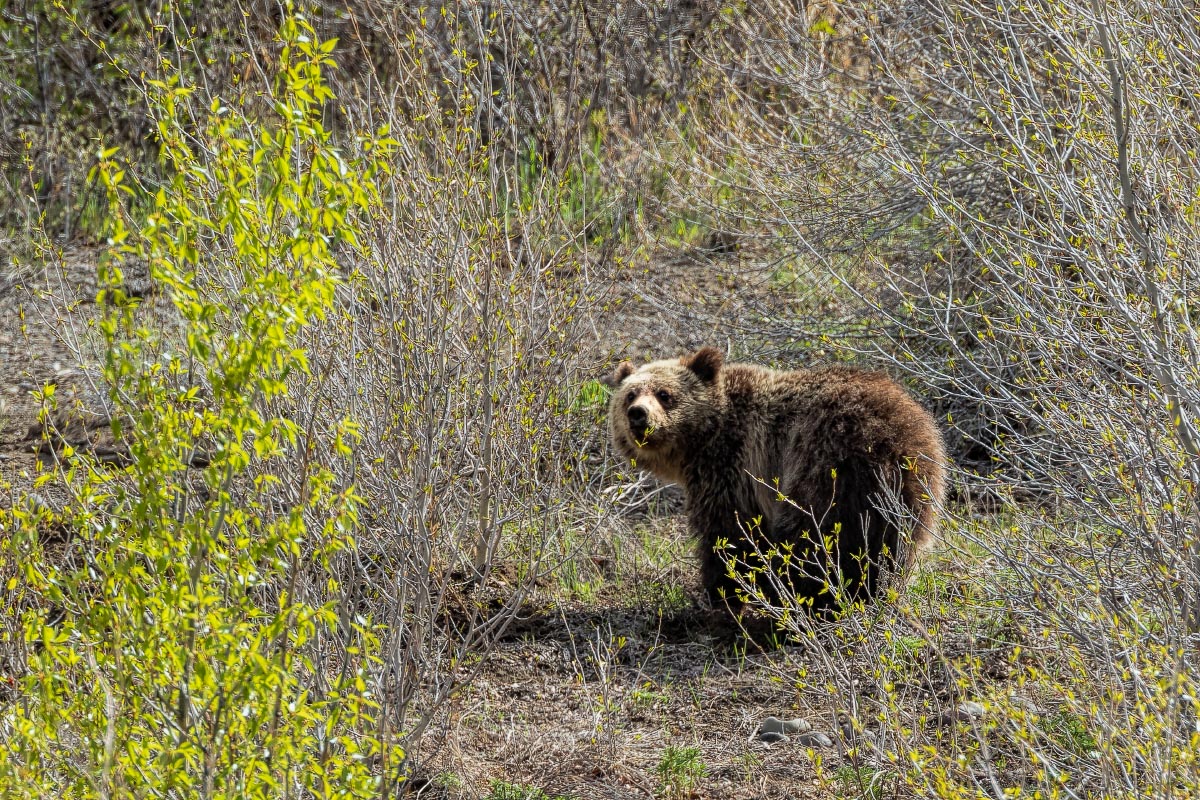
5/13/2018: On the way back into Yellowstone for another day, we had great light to view the rock formations known as “The Holy City”.
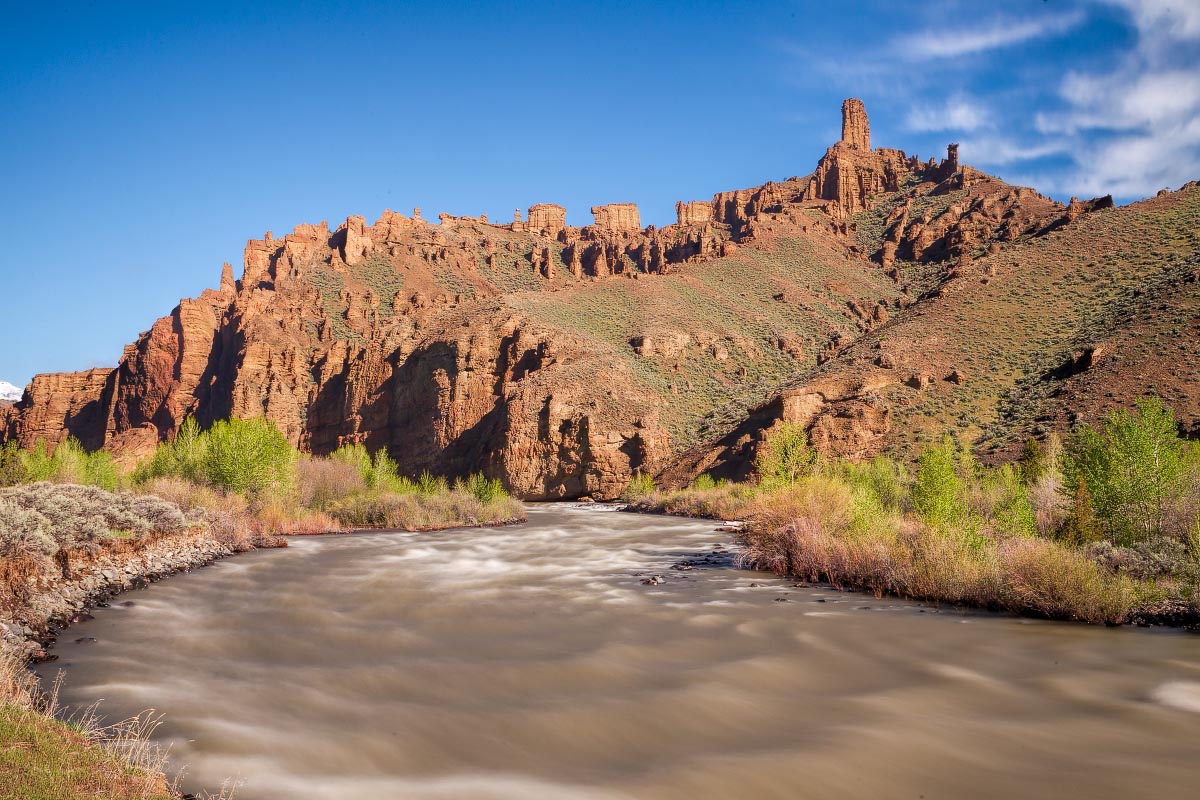
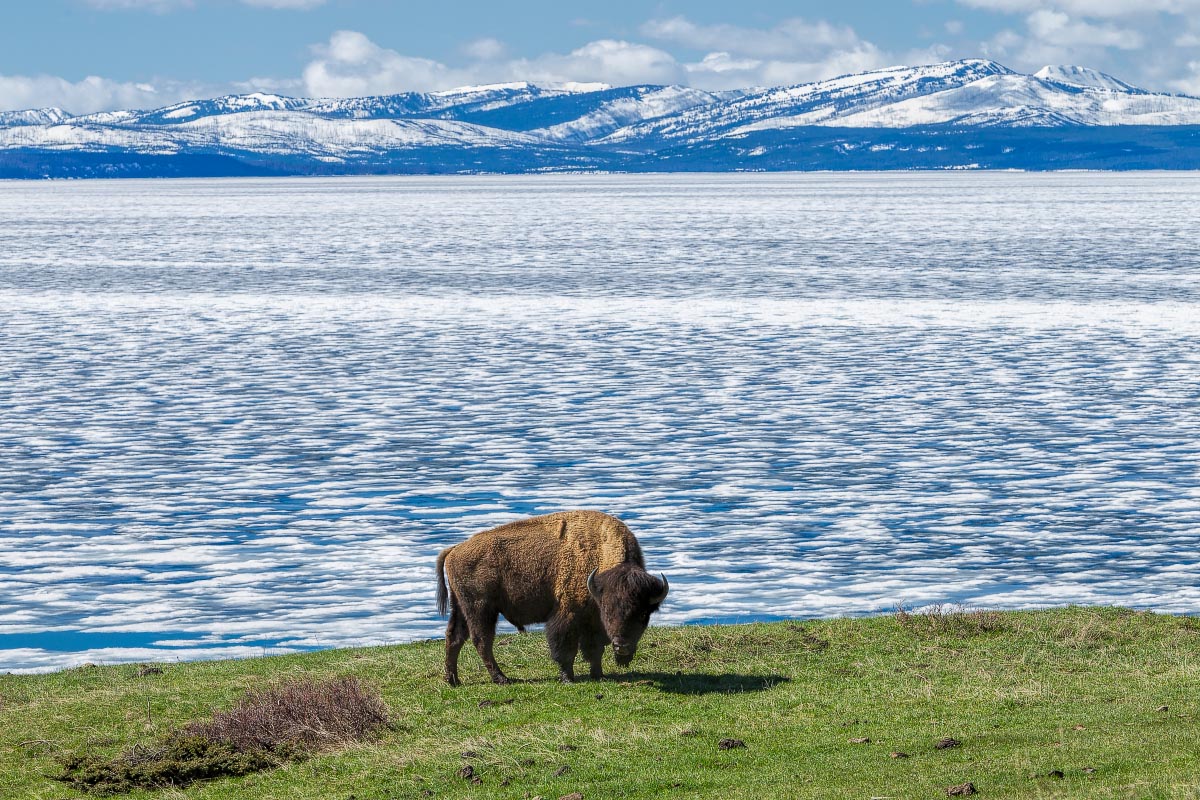
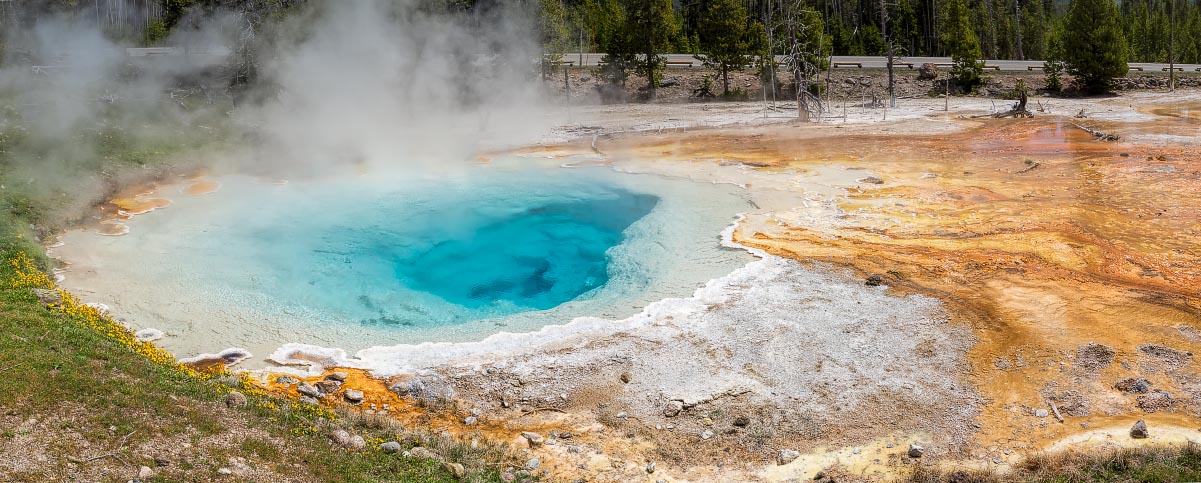
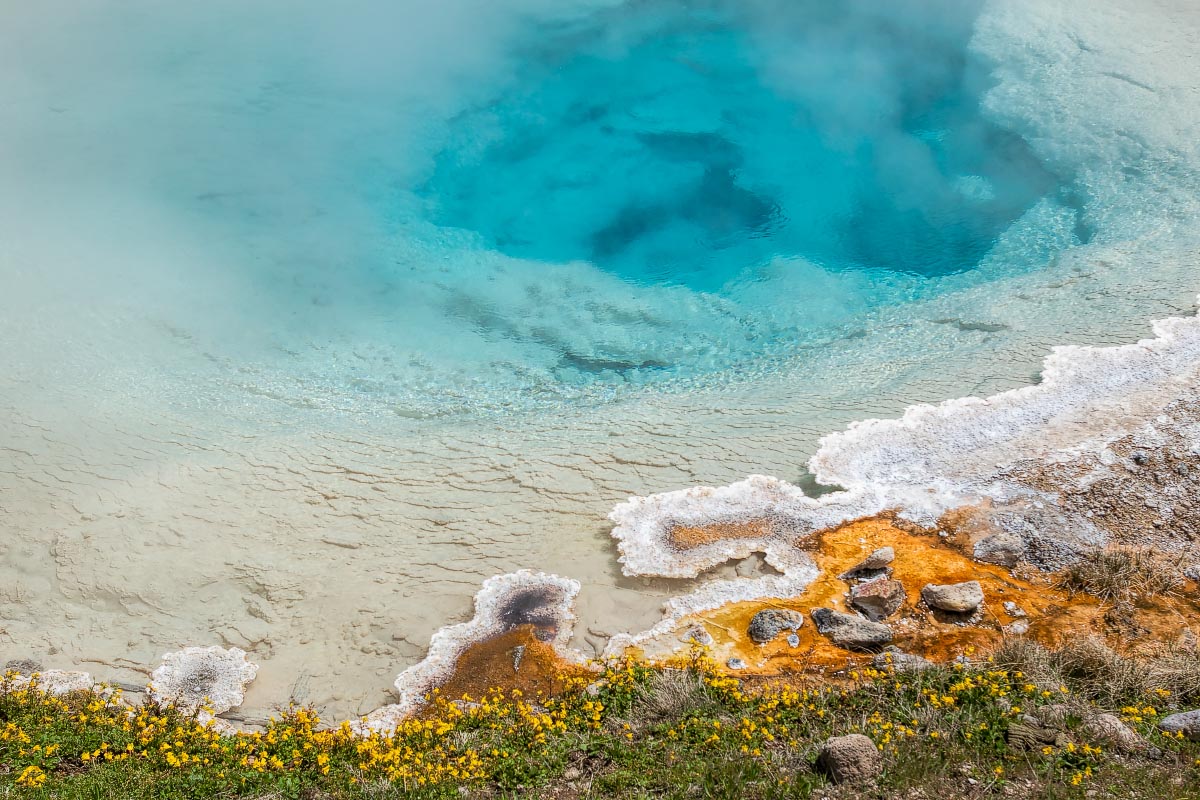
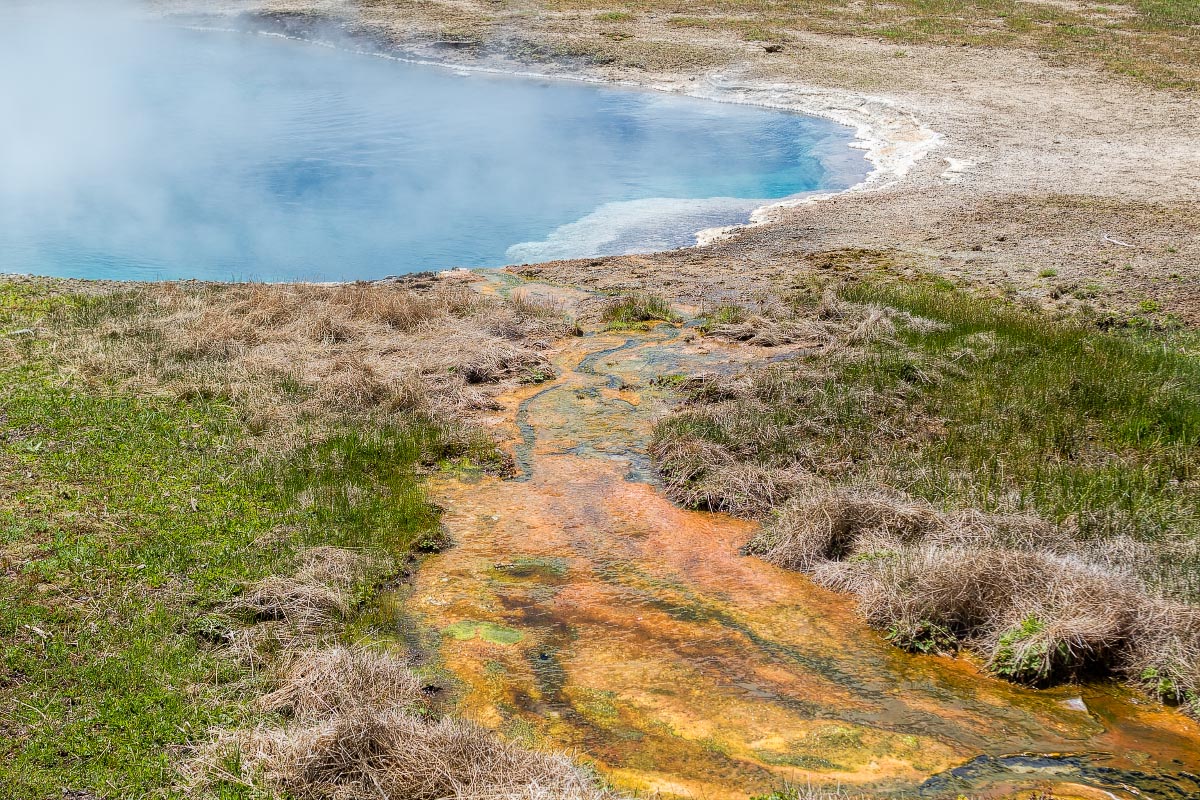
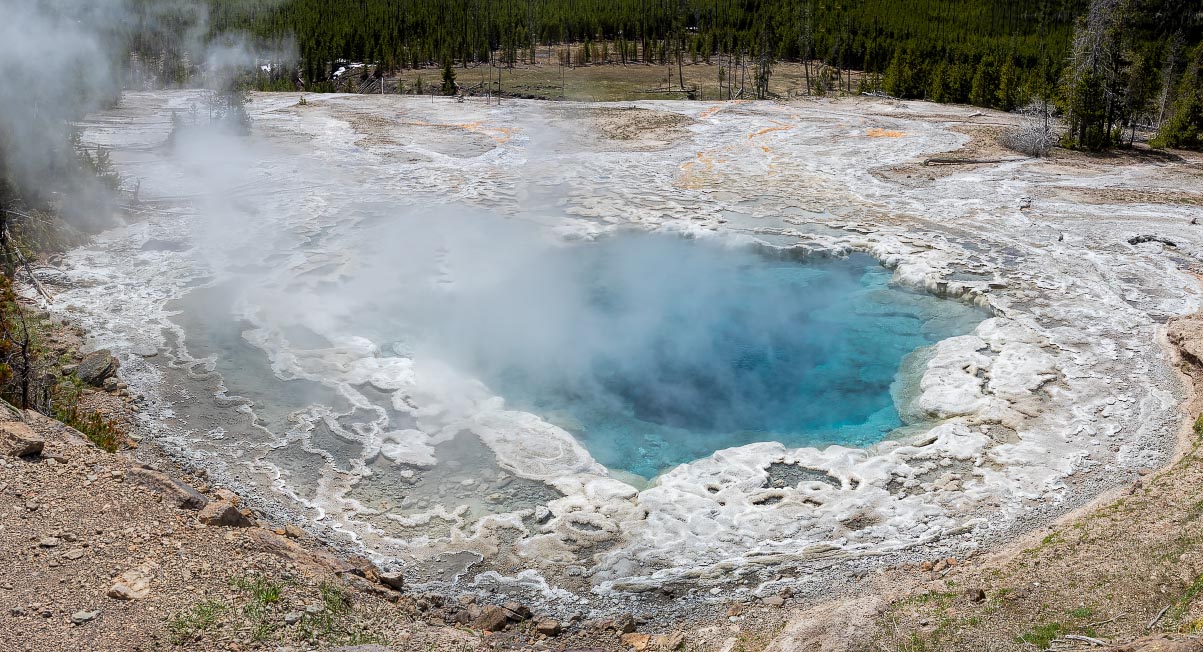
5/25/2018: Heading over Togwatee Pass for a 4 day Memorial Day weekend, we came across this huge male Grizzly.
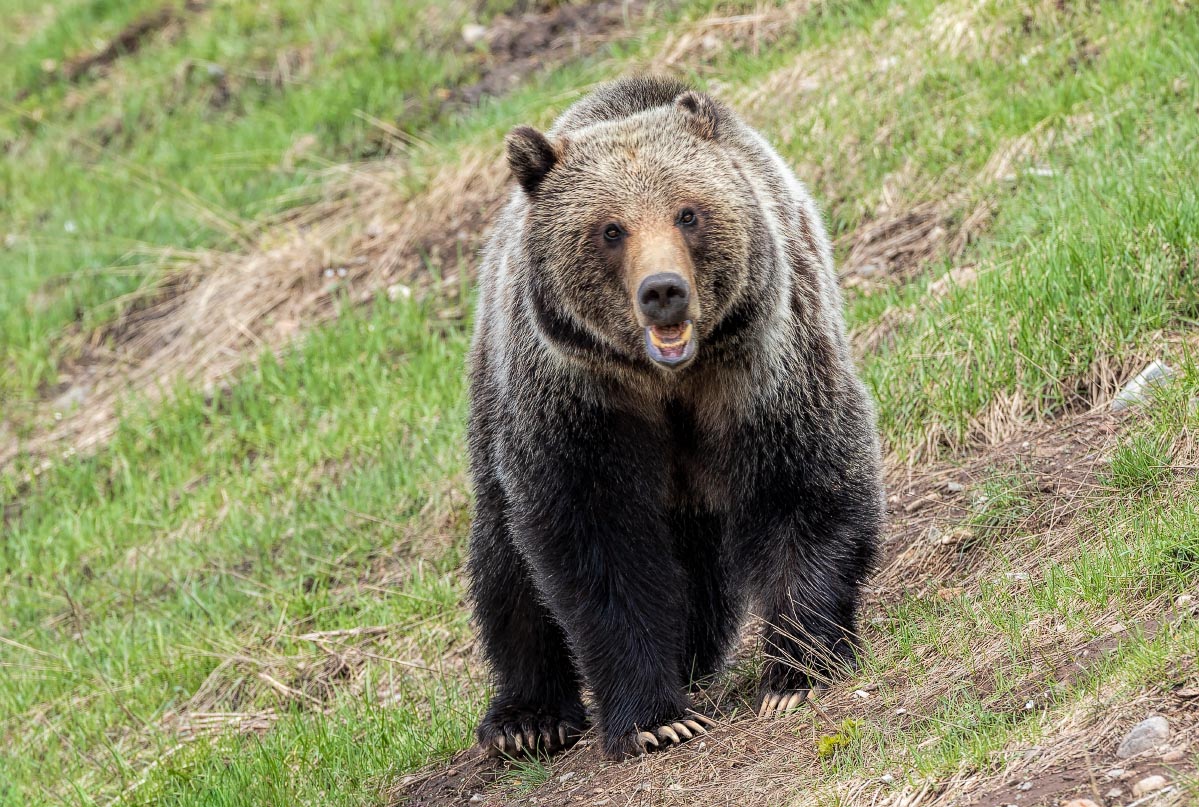
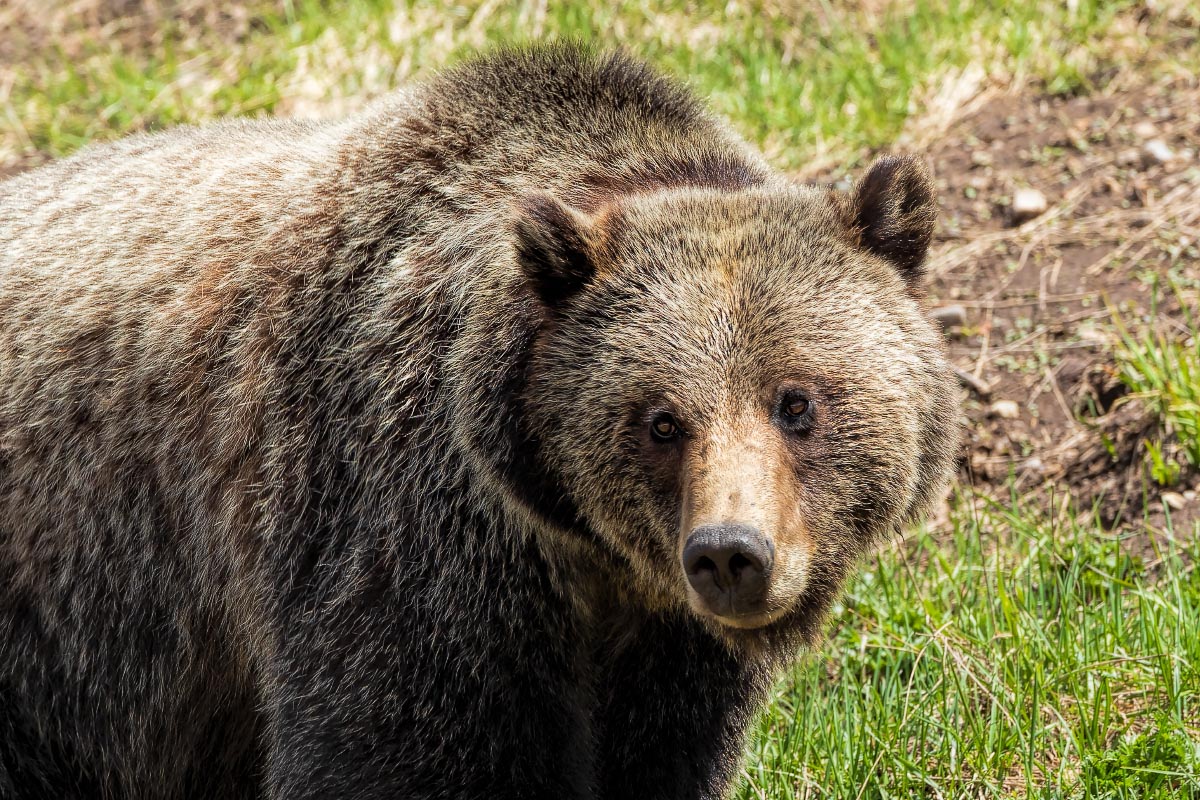
05/26/2018: When we moved here 4 years ago, I had a list of bird species I wanted to find and photograph. This little bugger kept evading me despite knowing its habitat and learning its song. Eventually we started to believe it didn’t really exist, so we called it “Unicorn Warbler”. Suddenly, this weekend, we were able to find it on three different hikes!
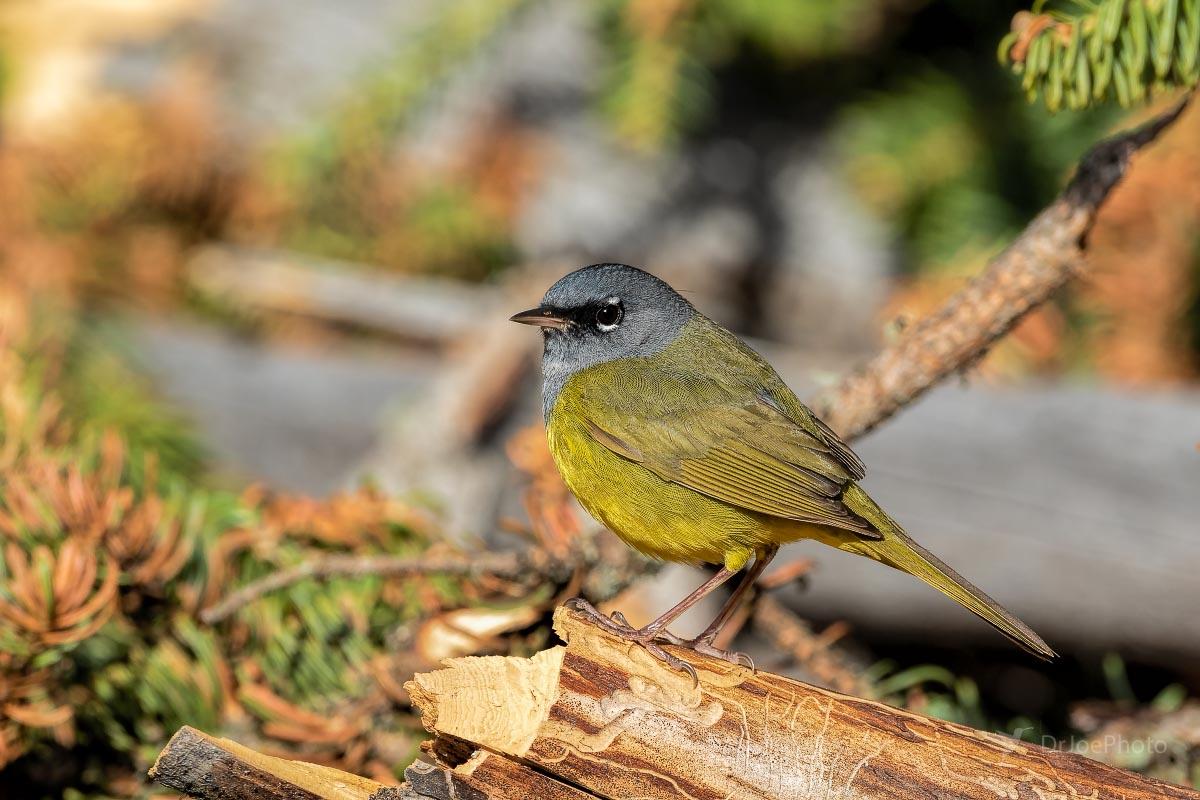
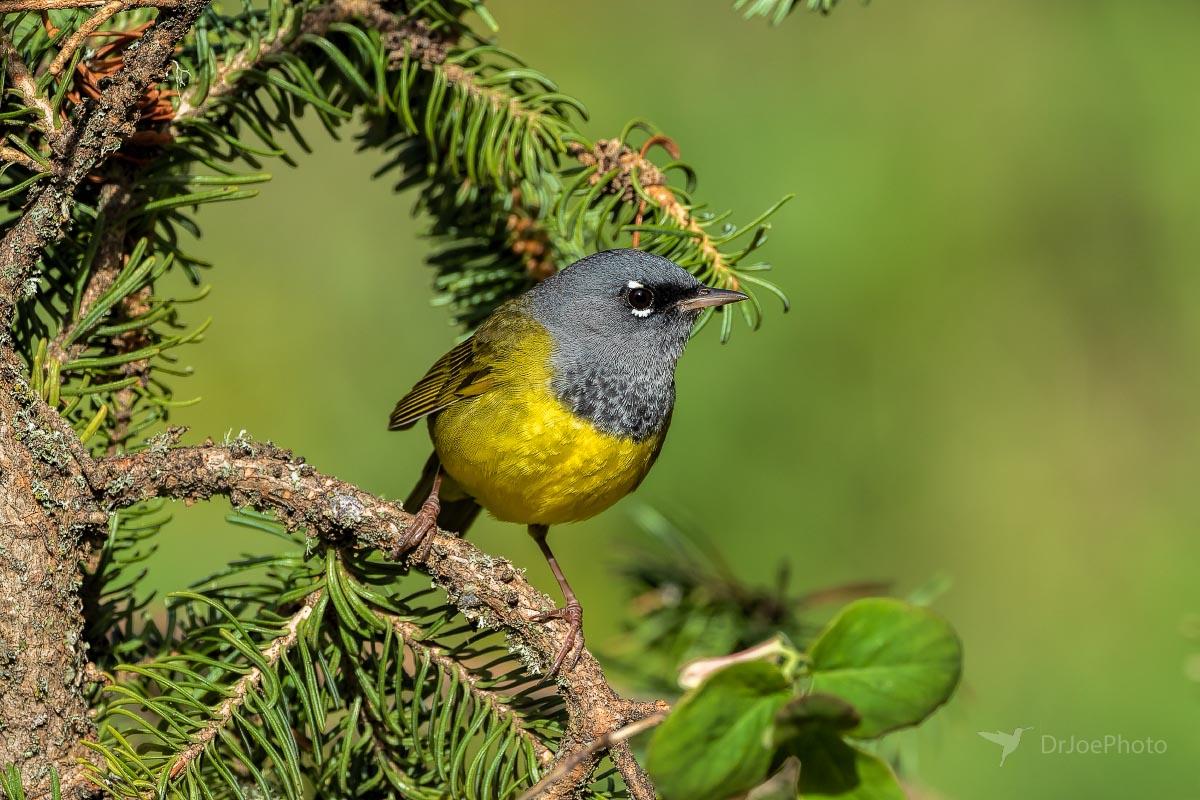
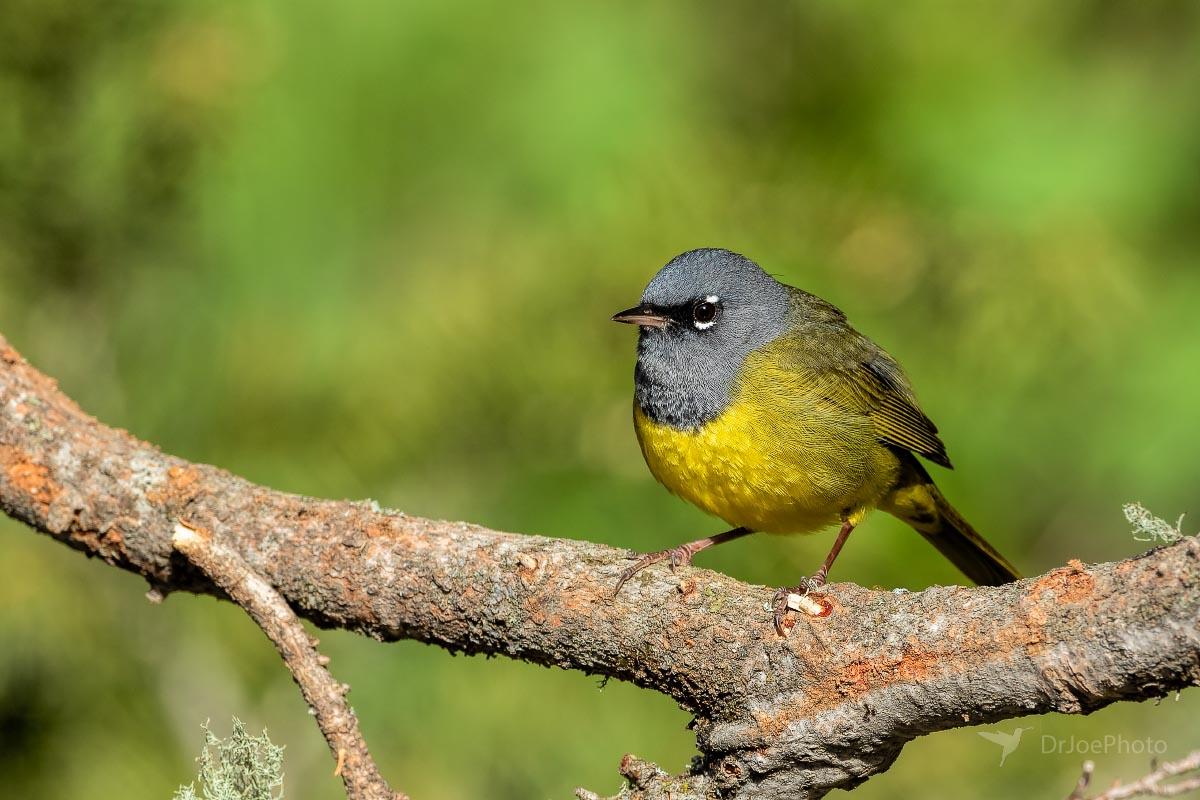
Before we moved to Wyoming, we visited the Canadian Rockies. Candy found this amazing wild orchid, the Calypso Orchid. She has been searching for it here in Wyoming the way I searched for the warbler. This lucky weekend we found it too, on the Phelps Lake hike in the Rockefeller Preserve. You can’t tell from this photo, but the flower is less than an inch diameter!
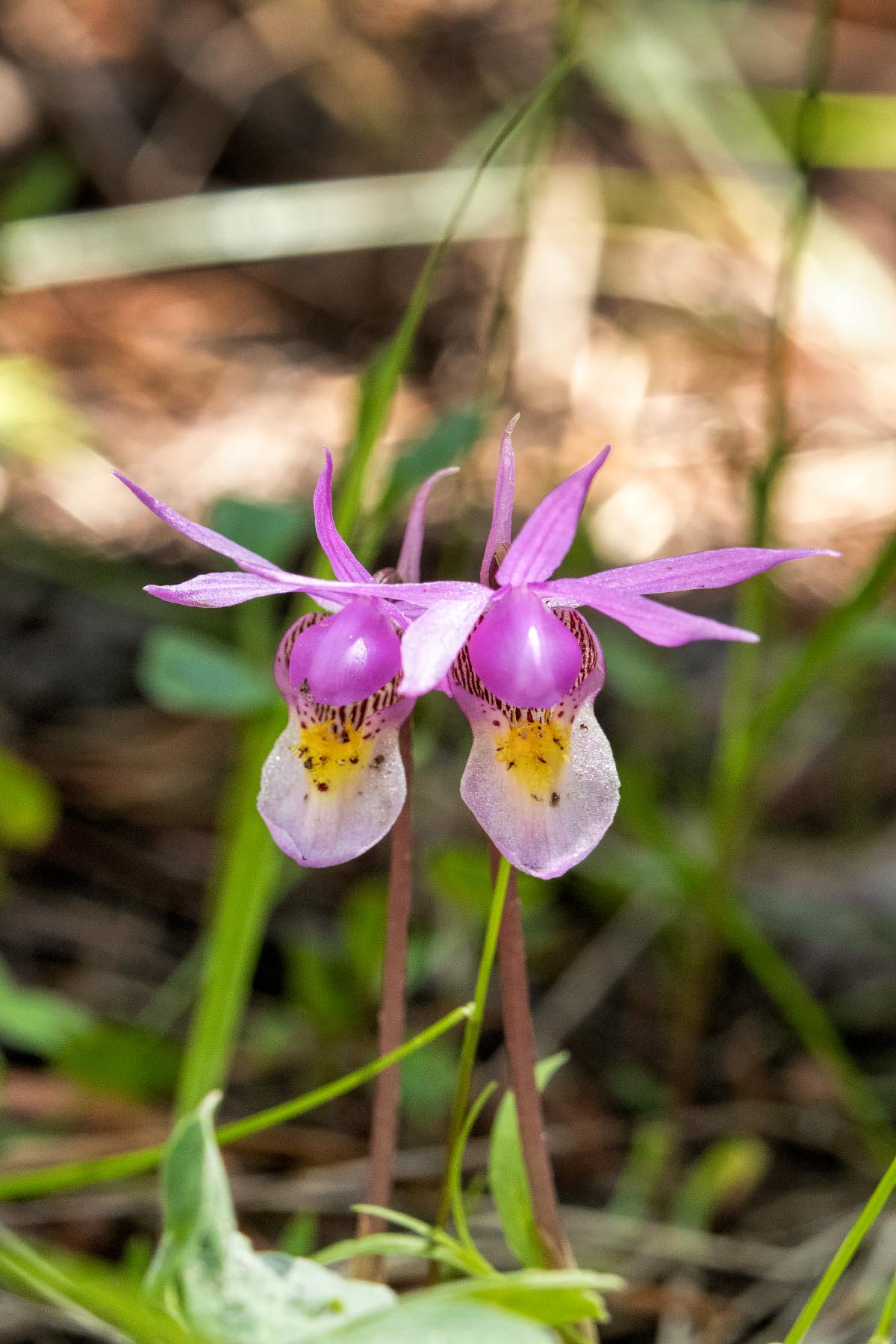
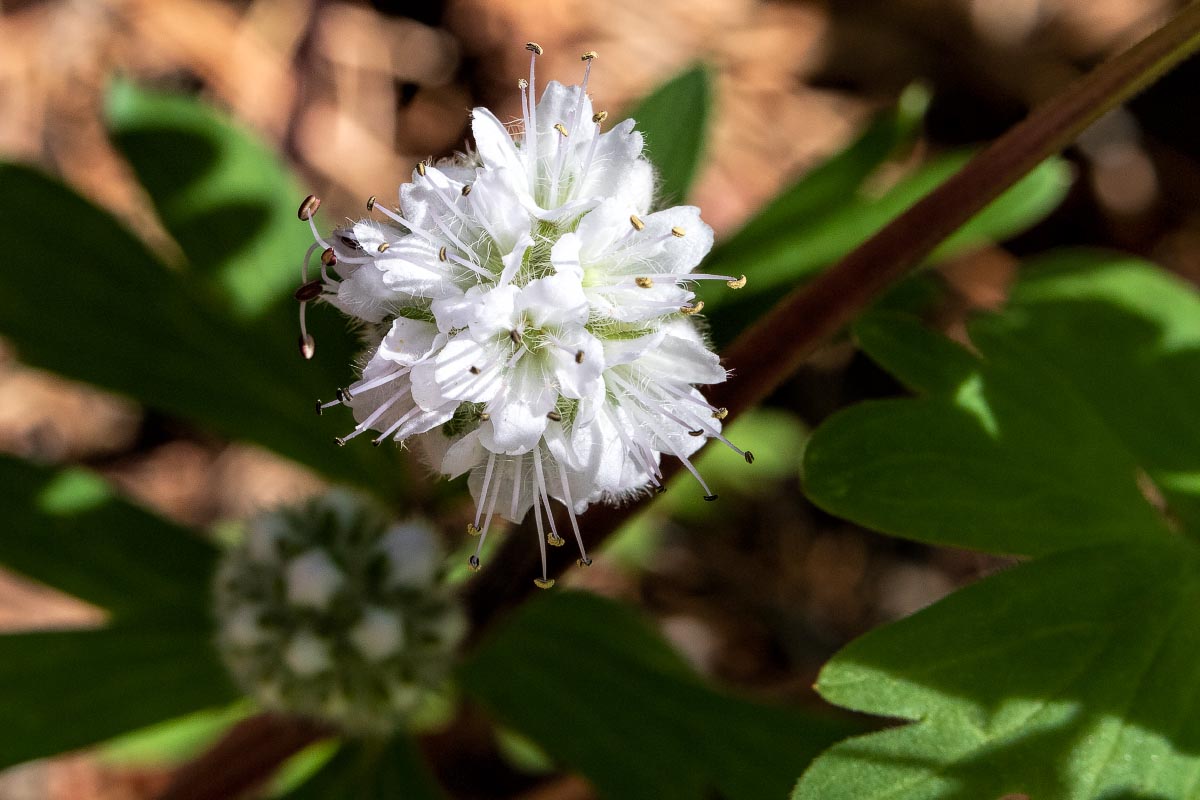
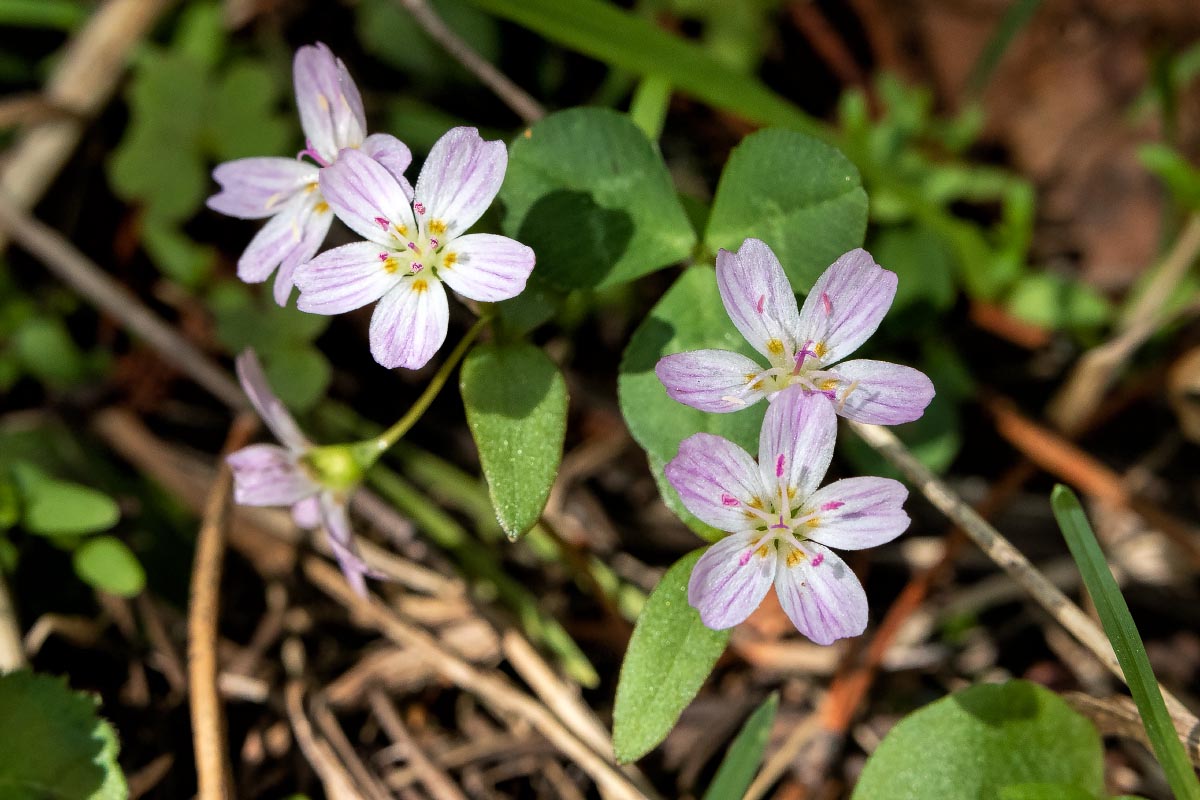
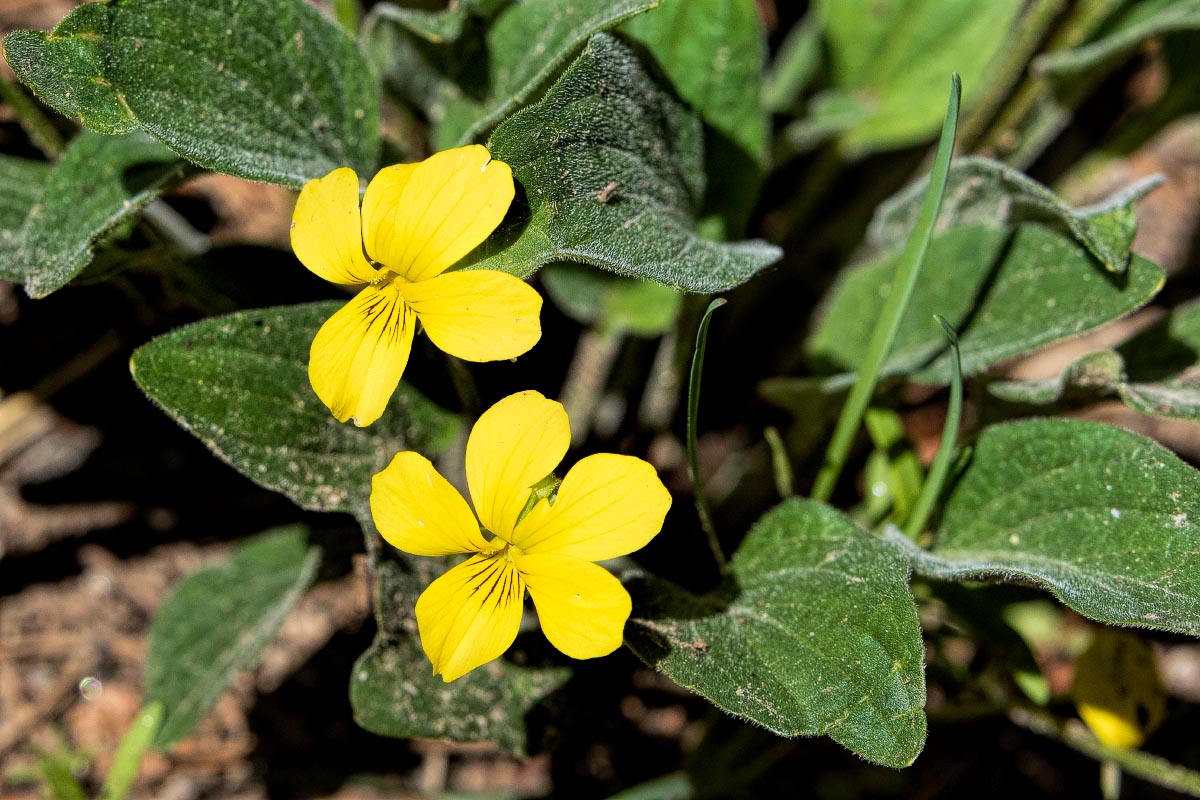
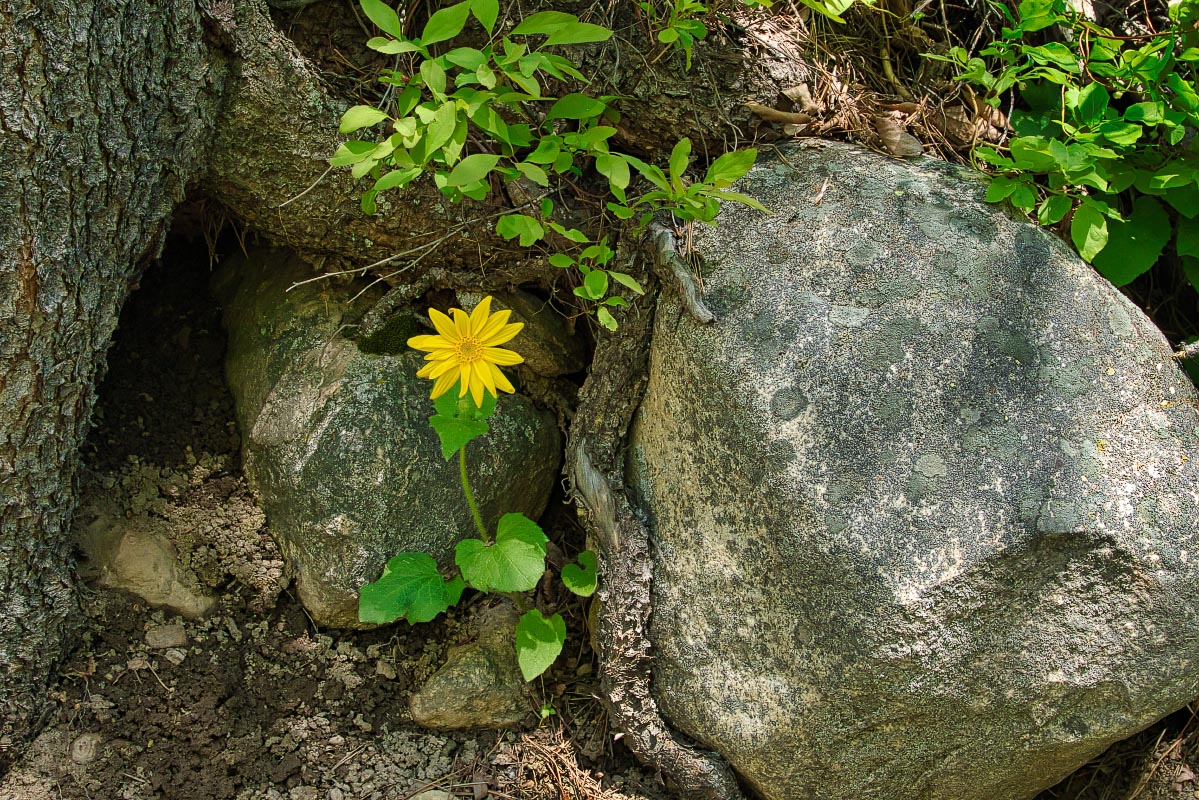
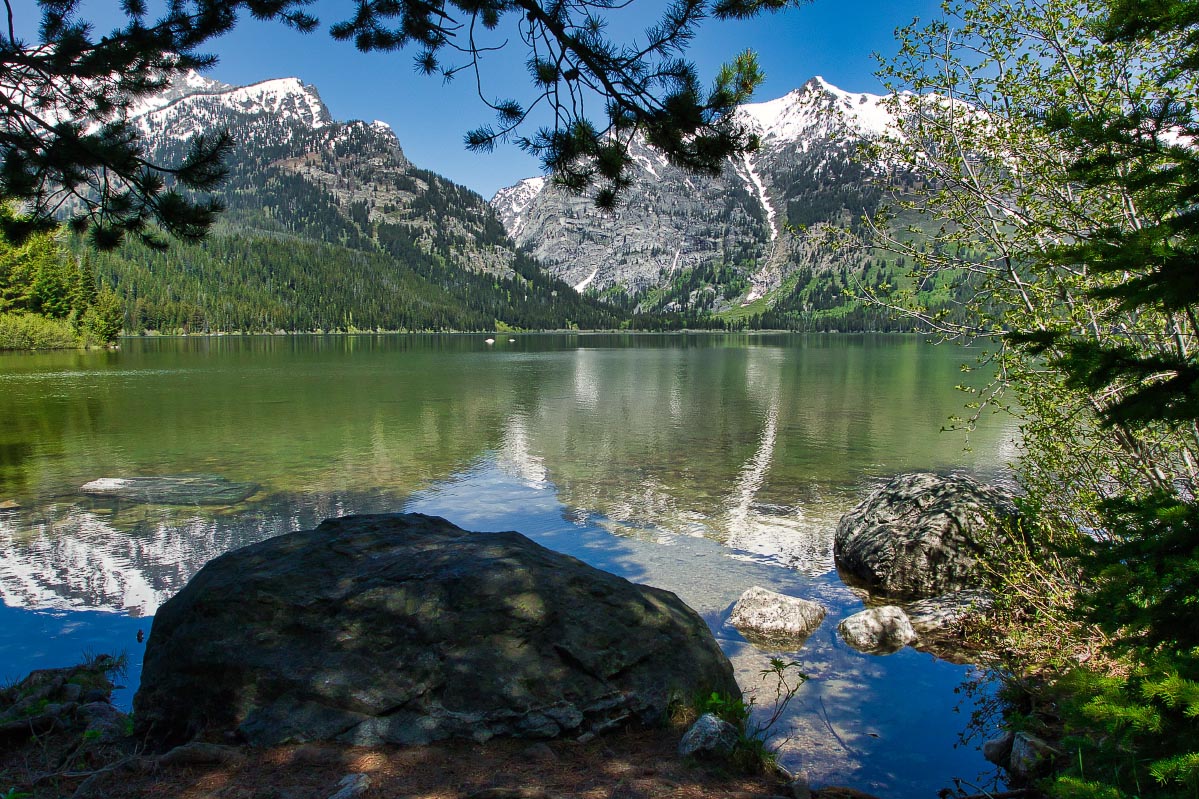
5/27/2018: Hike to hidden Falls
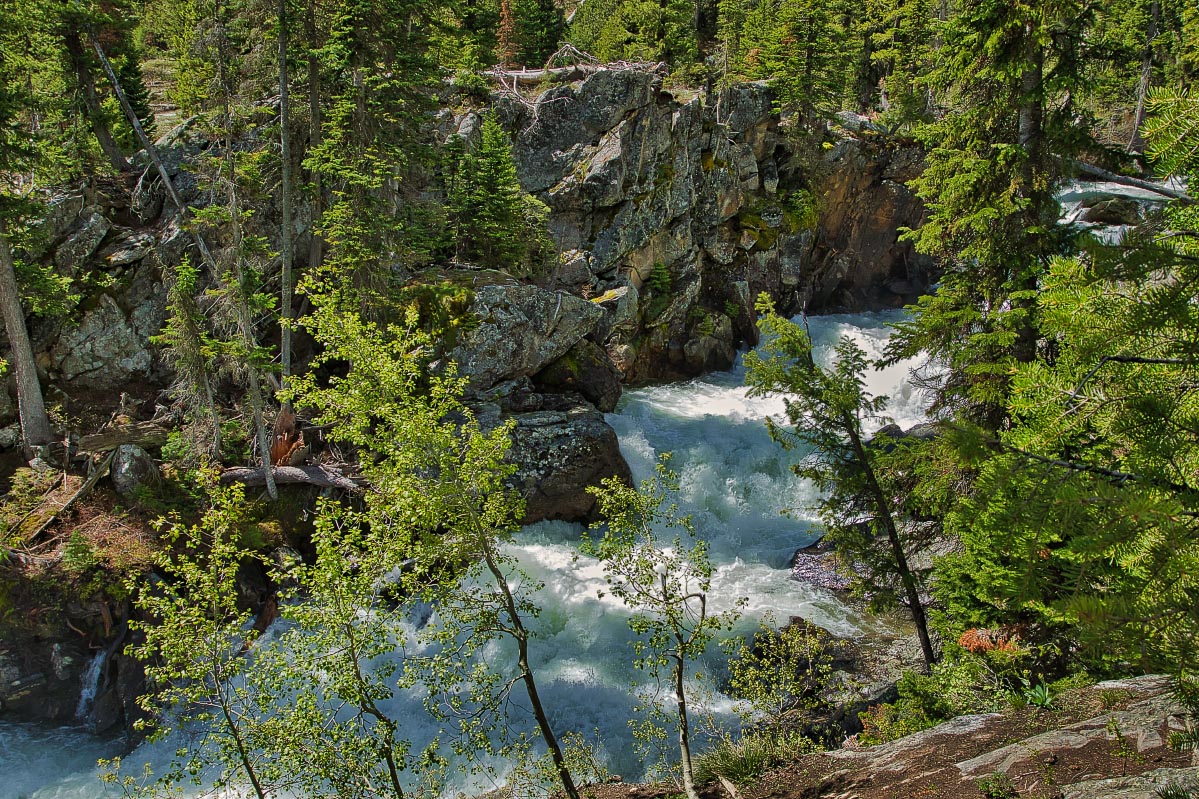
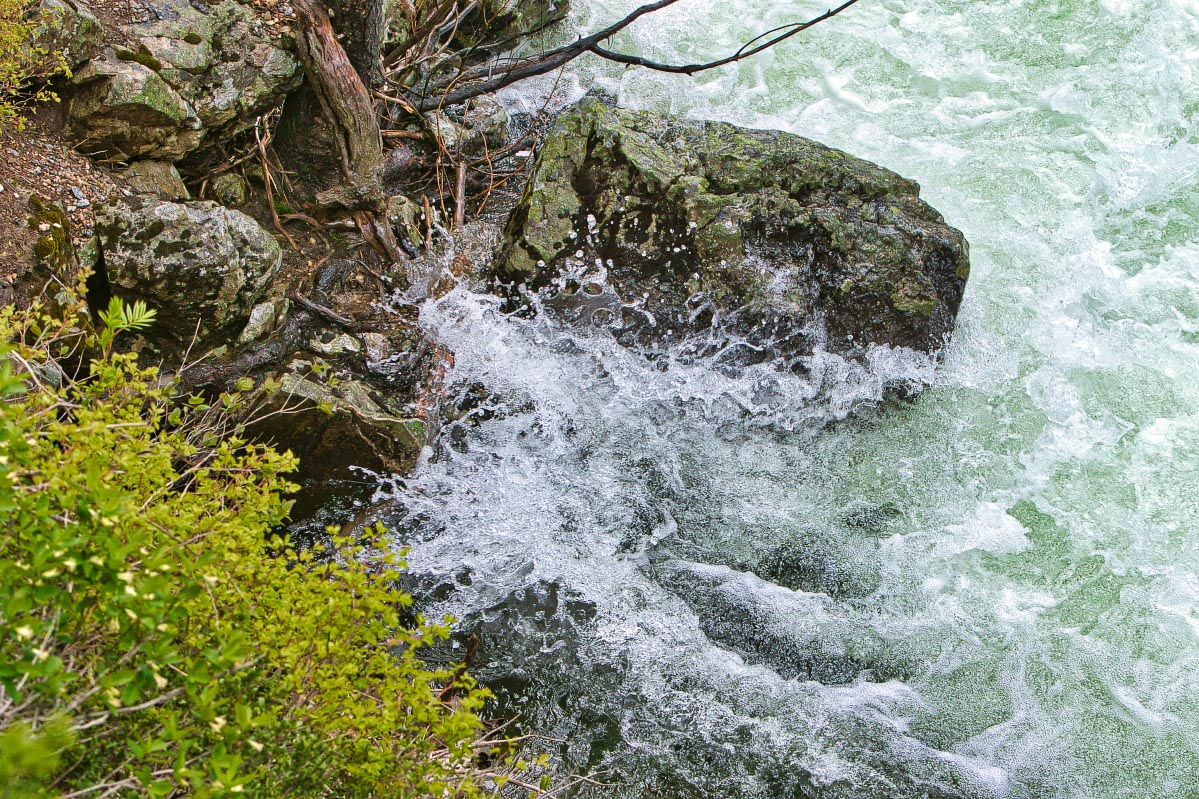
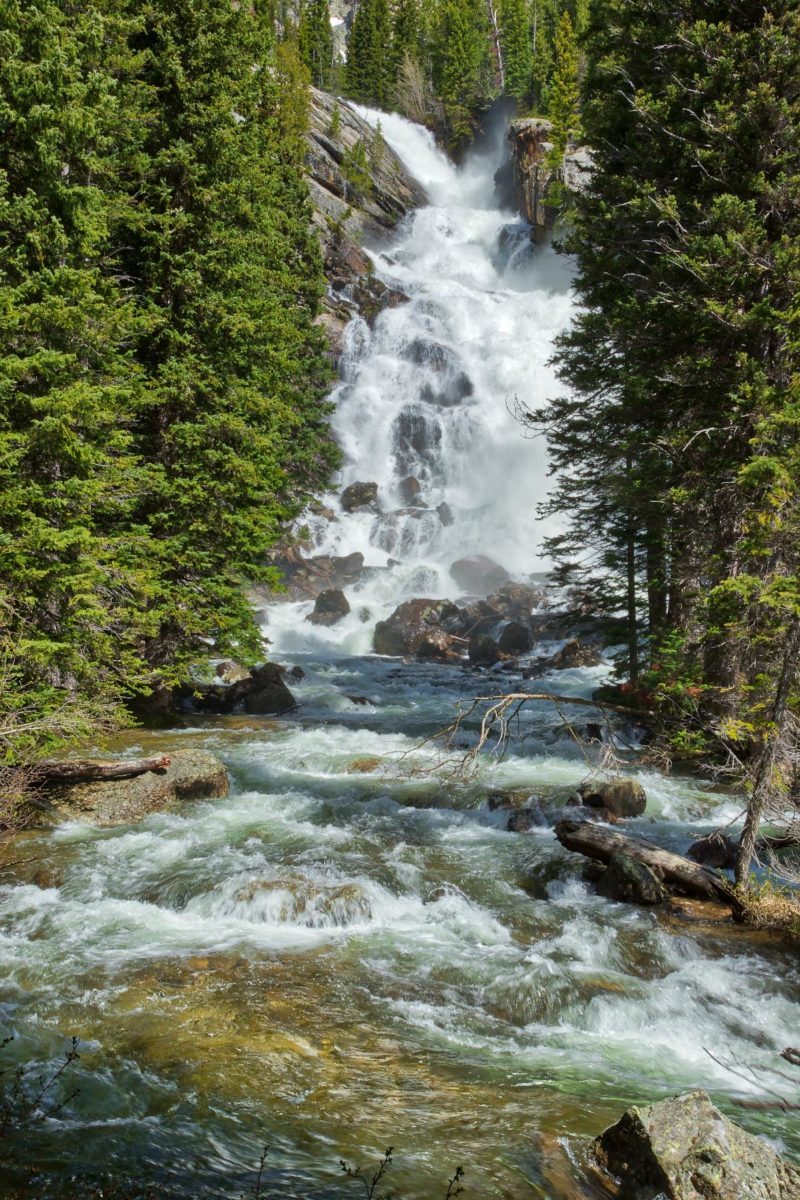
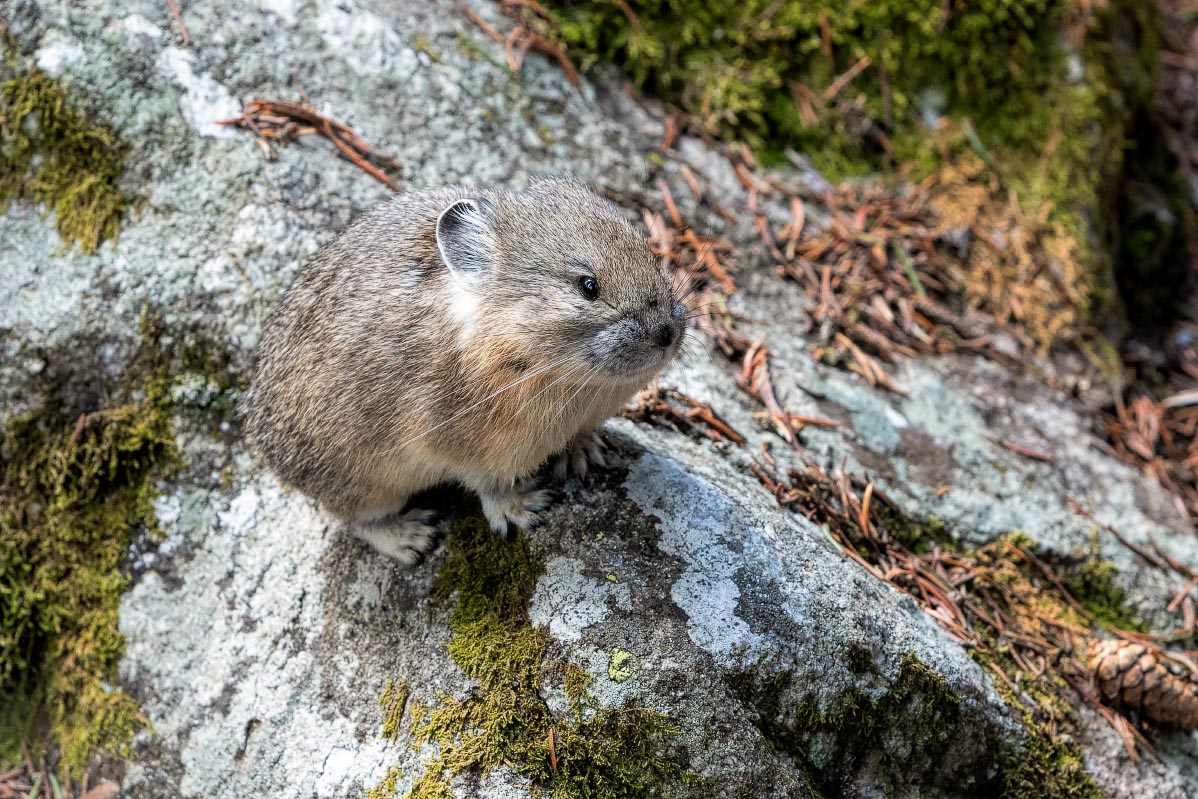
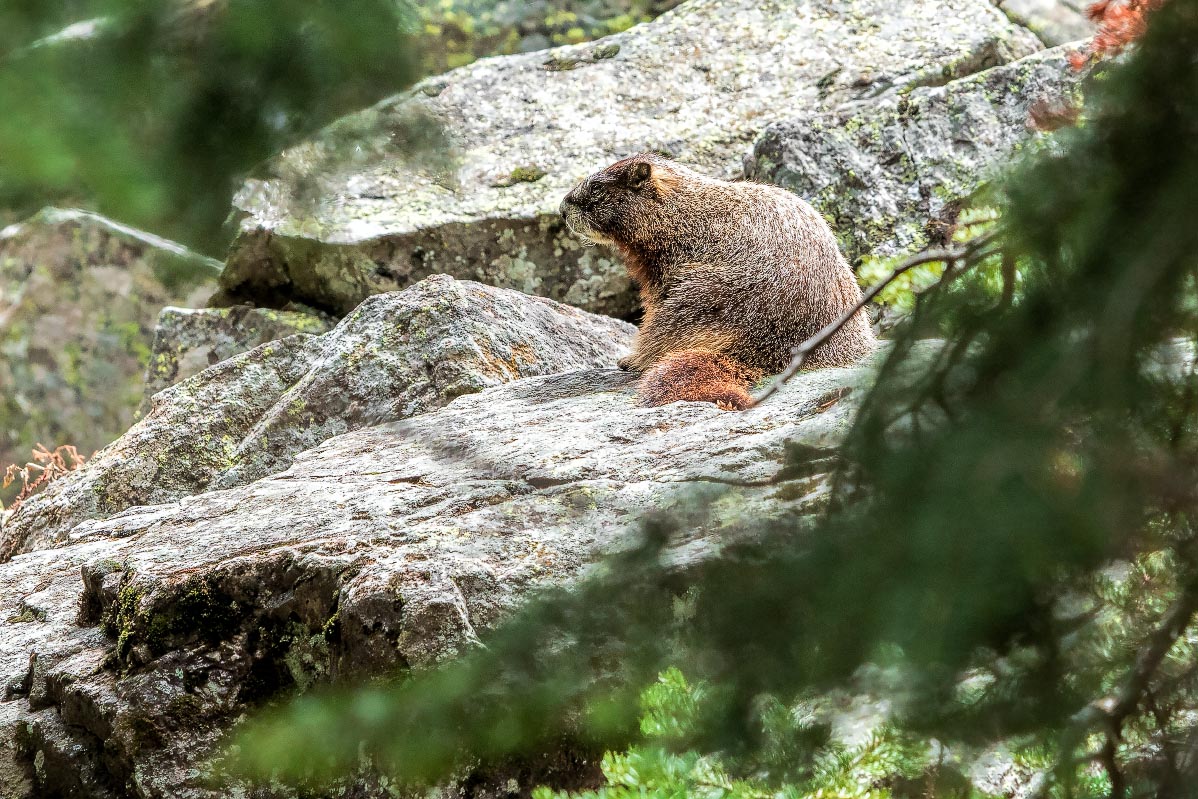
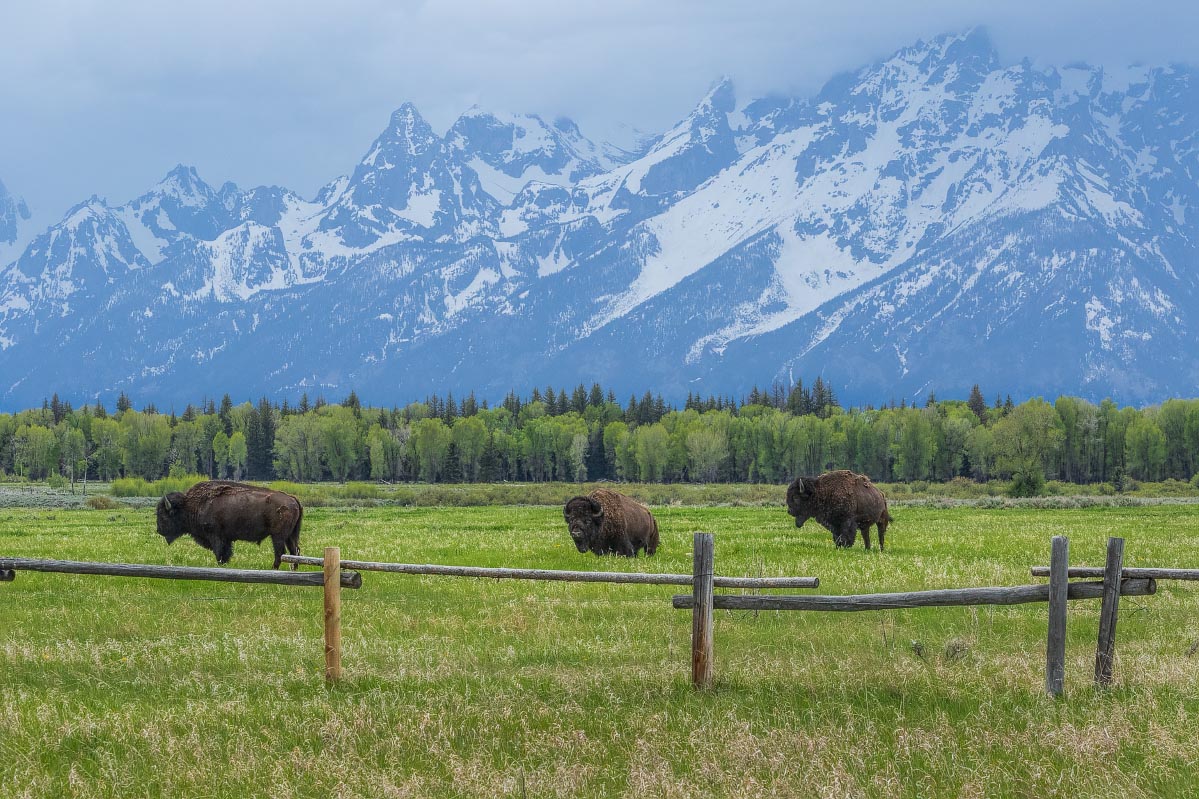
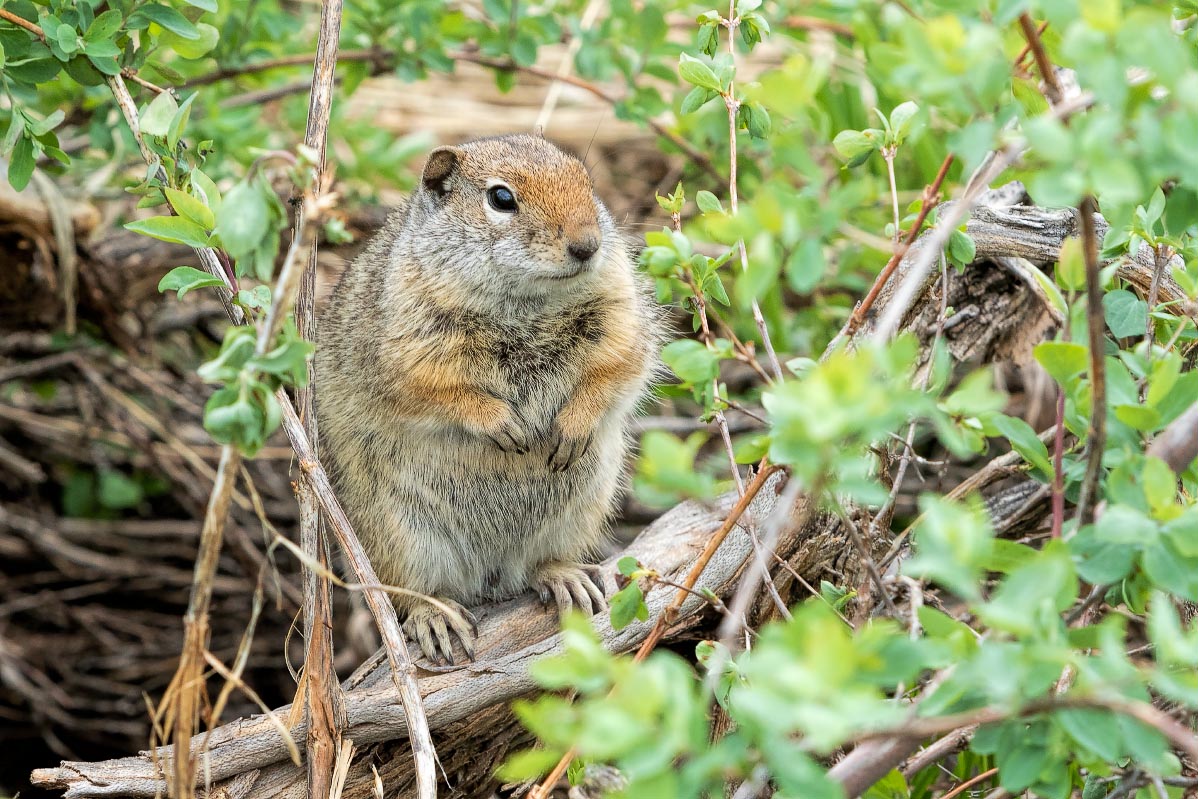
Back home…misty morning moonset over Wind River Peak
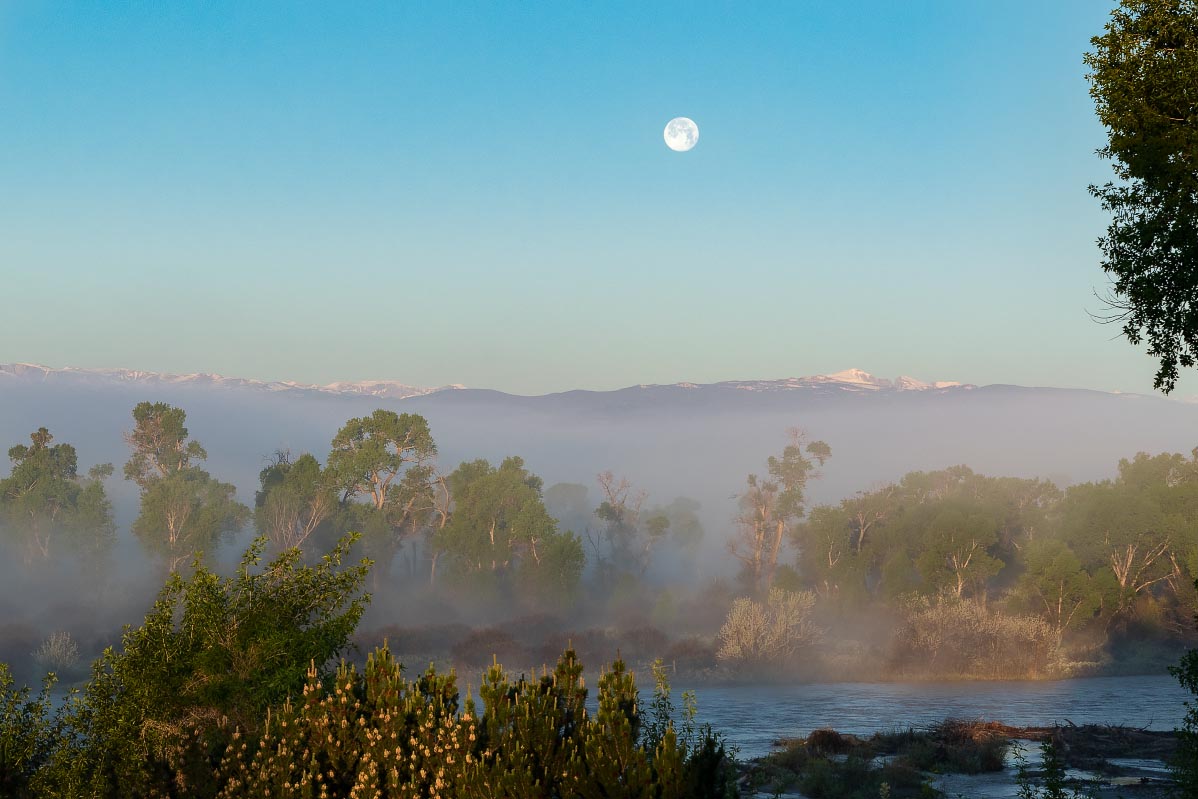
6/22/2018
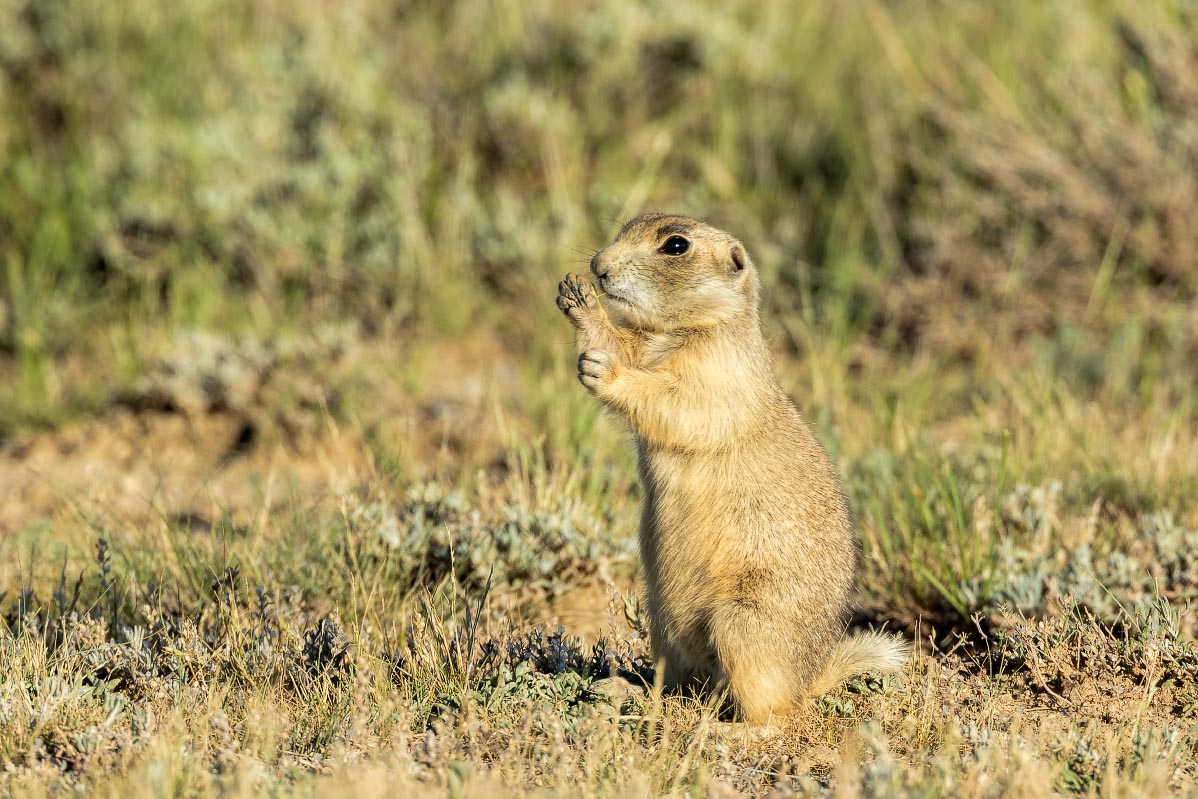
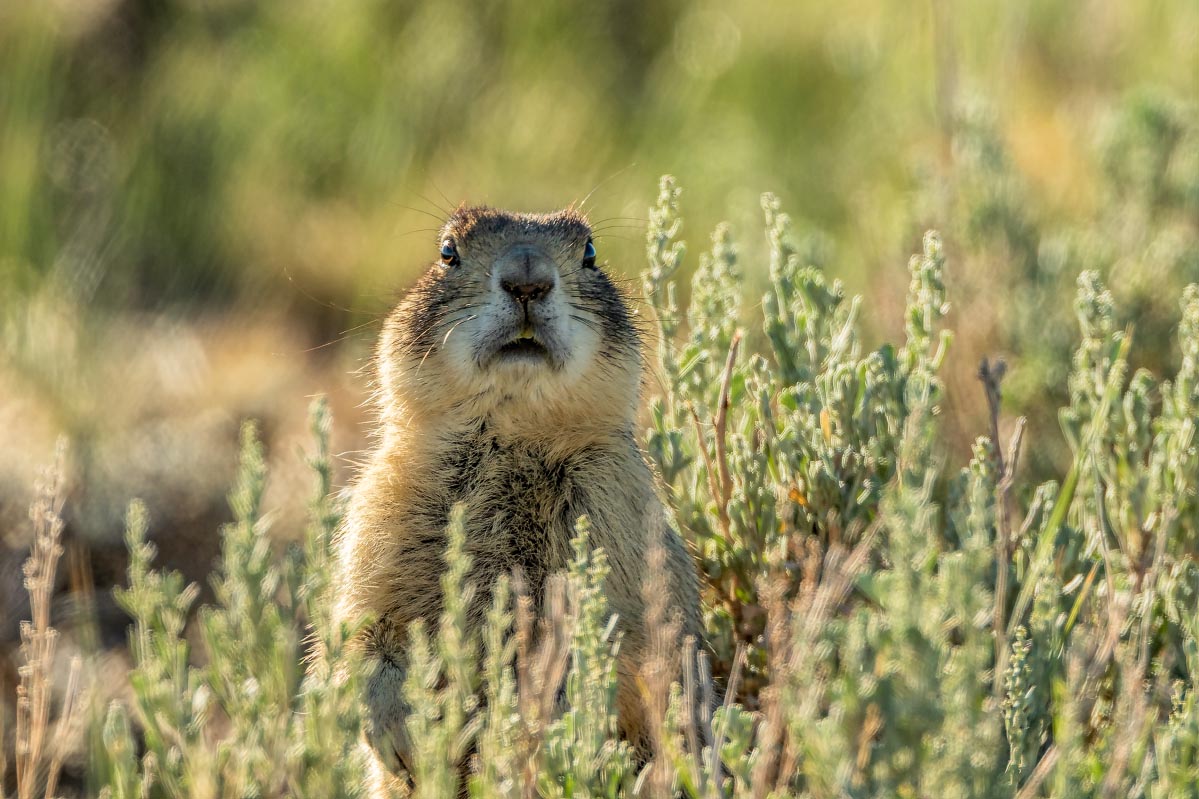
6/24/2018: Candy and I went birding with Bob and Suzanne.
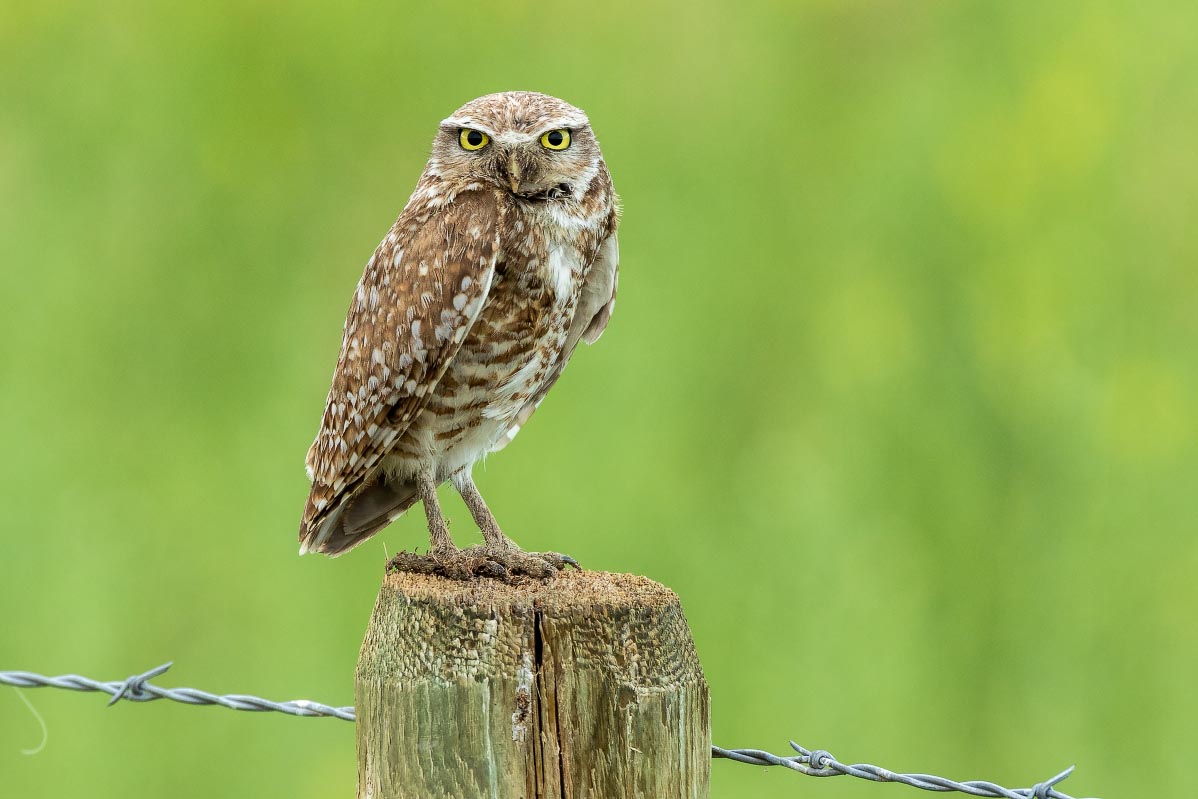
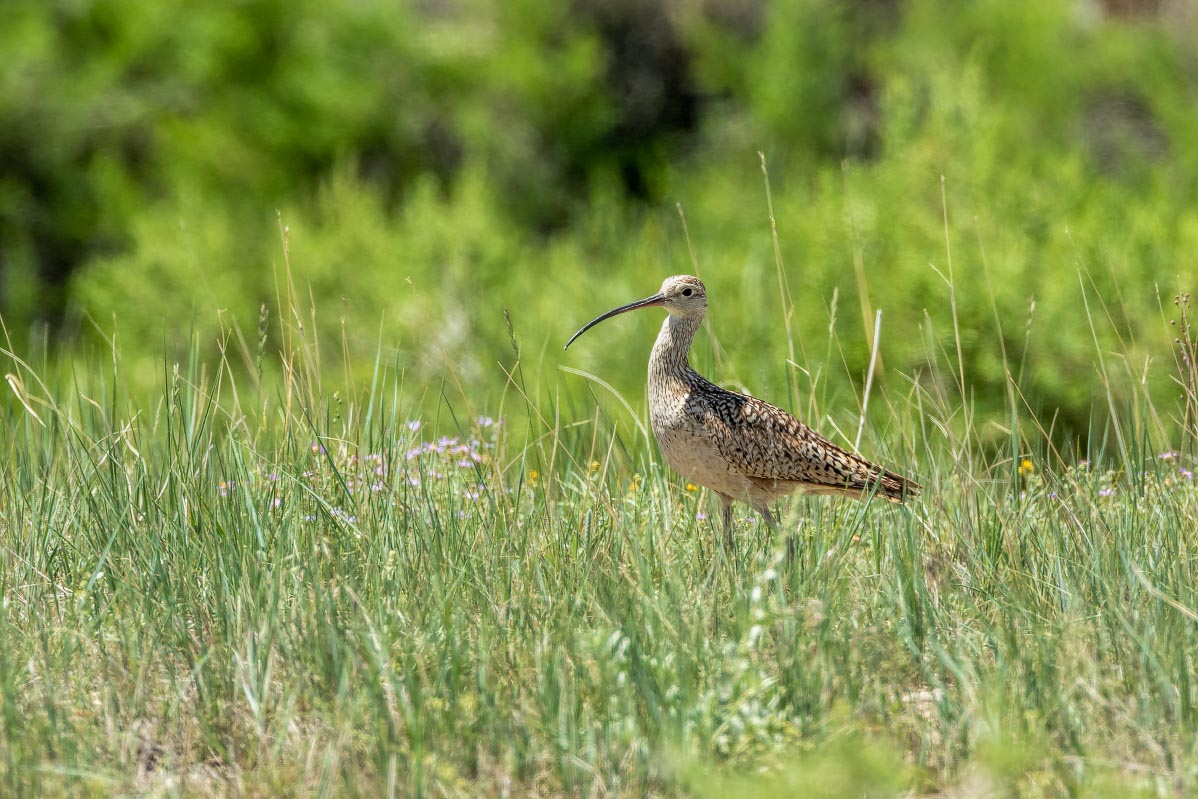
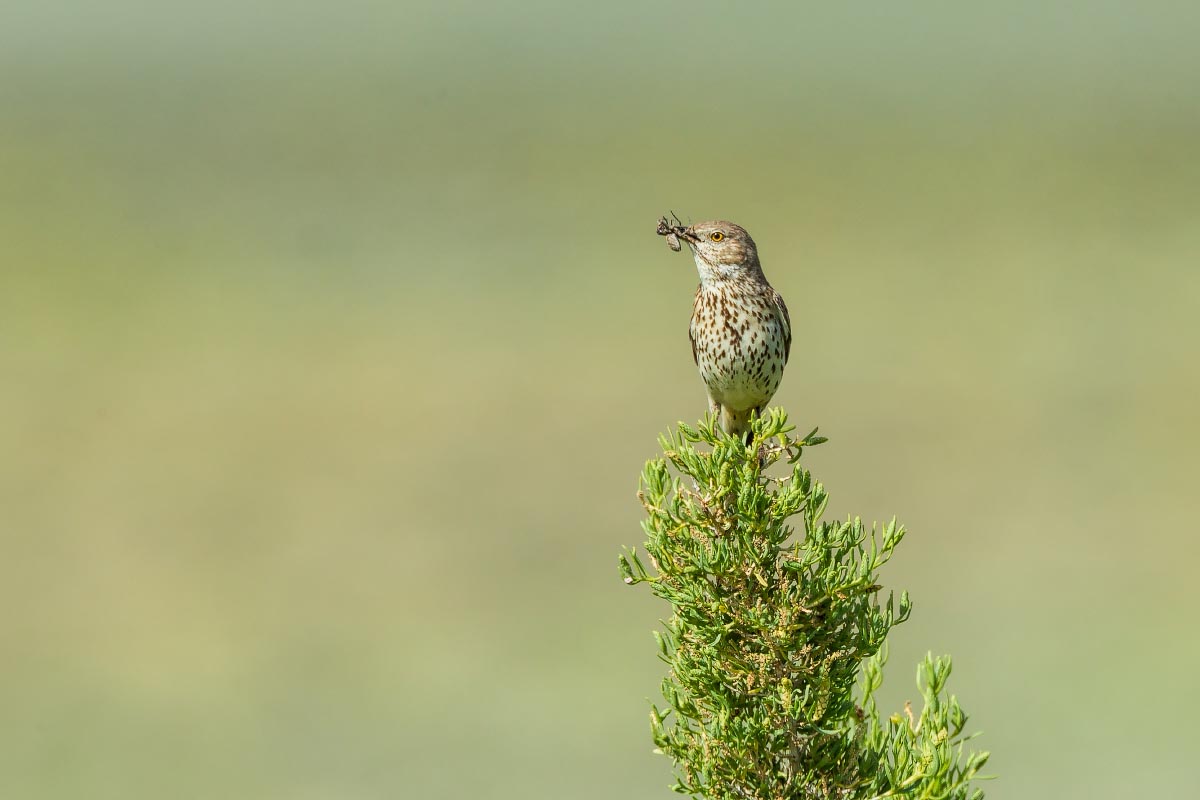
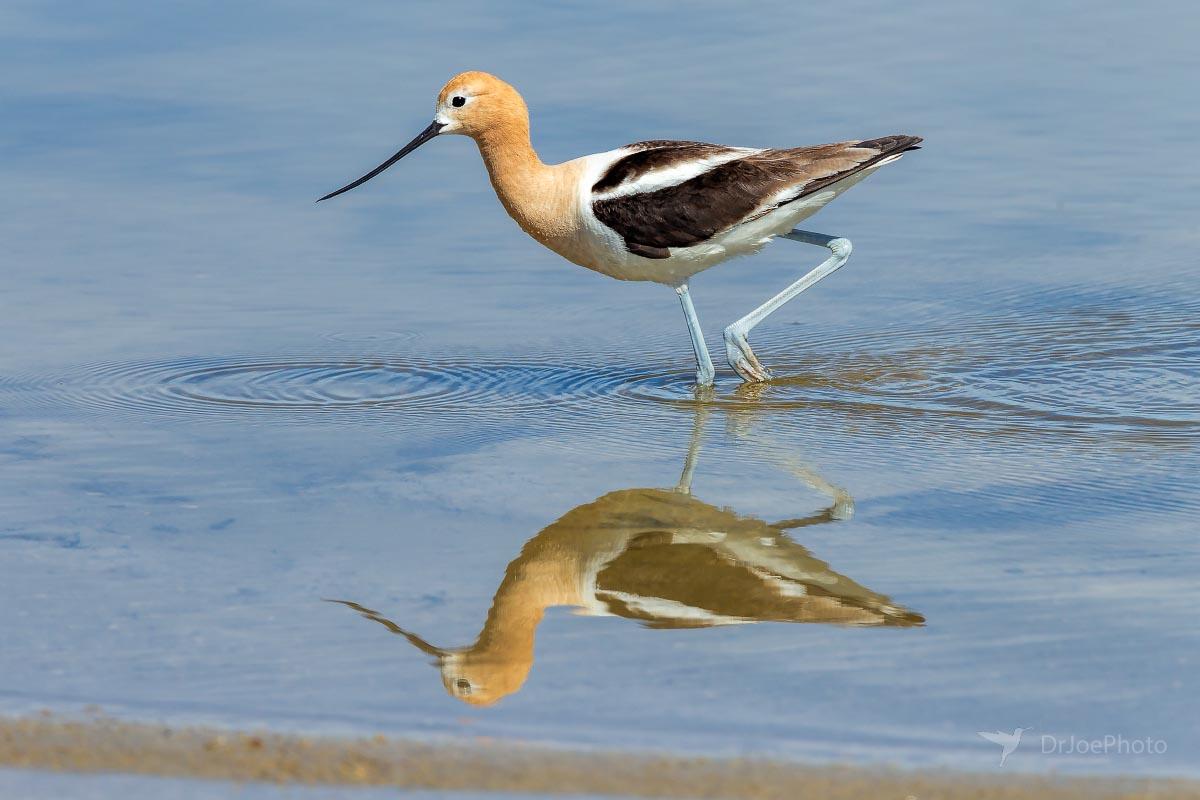
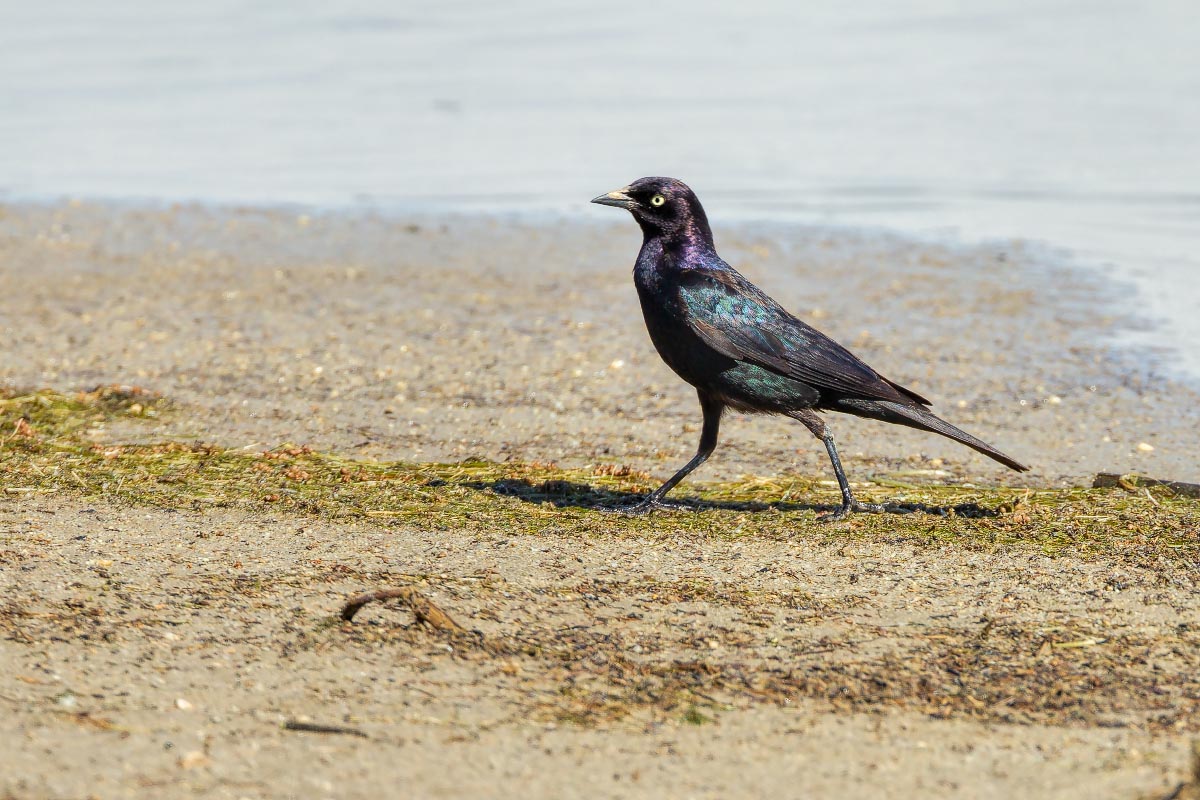
6/28/2018: Been planning this shot for about a year. There are only a few months (between May and July each year) when the moon sets far enough south to set over Wind River Peak. It’s also uncommon for it to set just after sunrise to light the scene. My goal was to be in the perfect location to have the full moon set in the “Surveyor’s Notch” between Wind River peak and Little el Capitan peak. Turns out this date is the only time it will happen for a couple of years. Obviously it needed to be very clear, but a few light clouds to catch the sunrise light would be nice. Couldn’t have planned it better…
6/29/2018; Camped in the northern Big Horn Mountain range this weekend. There were 2 waterfalls I’ve had on my Wyoming to do list since we moved here. The first was Porcupine Falls. It was only a half mile hike, albeit straight down, so the hike back up was tough. However, it was worth it.
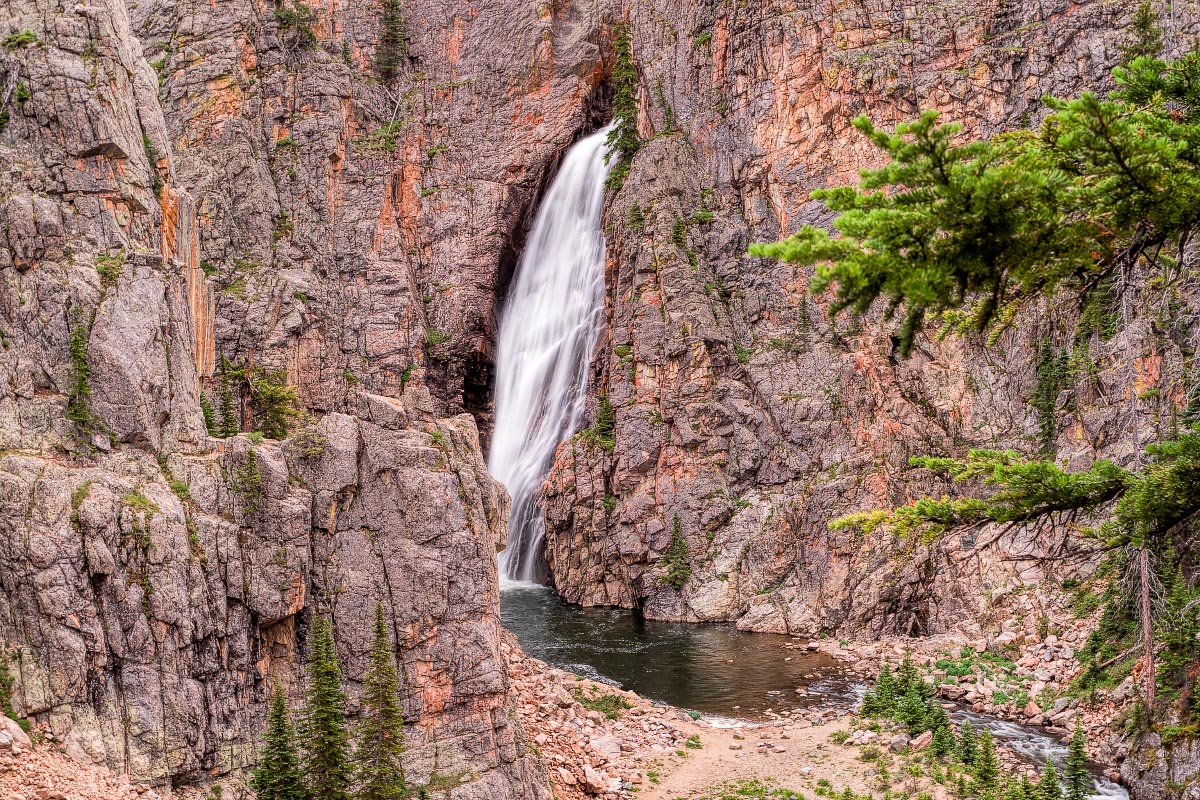
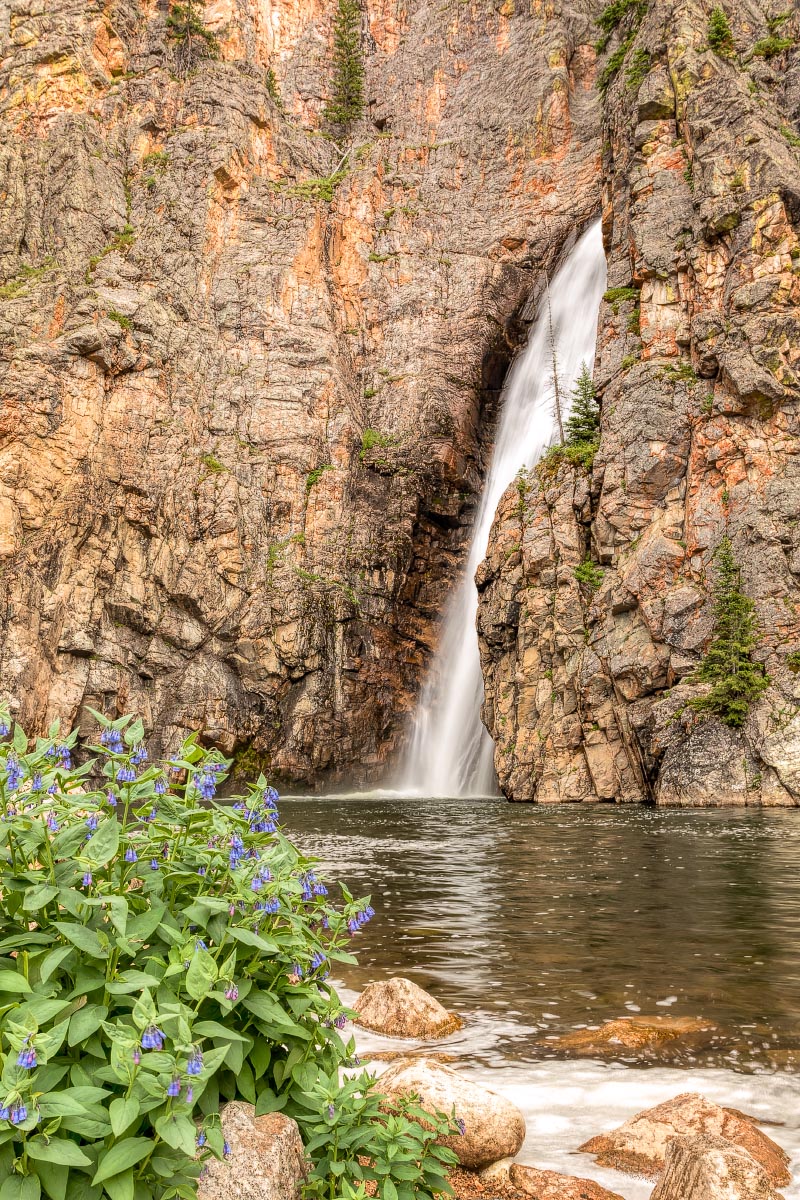
6/30/2018: Today was the hike to Bucking Mule Falls. This was a 5 mile hike round trip.
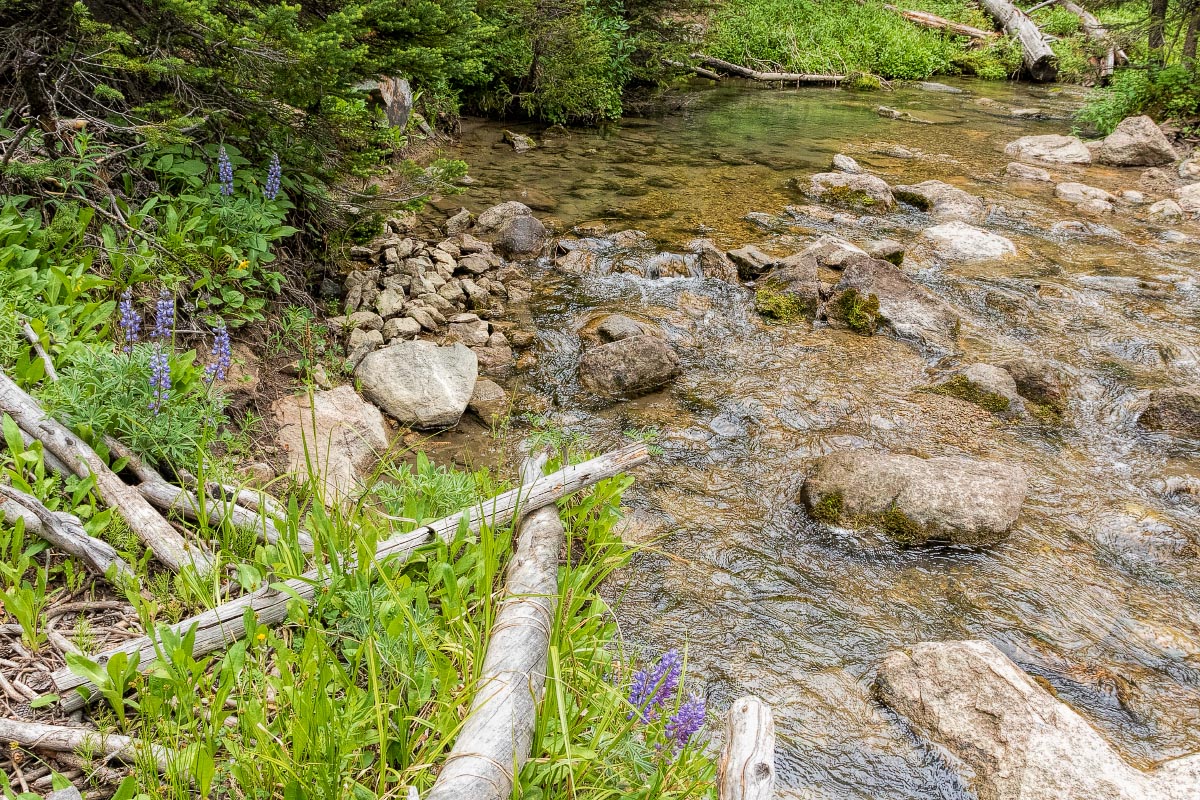
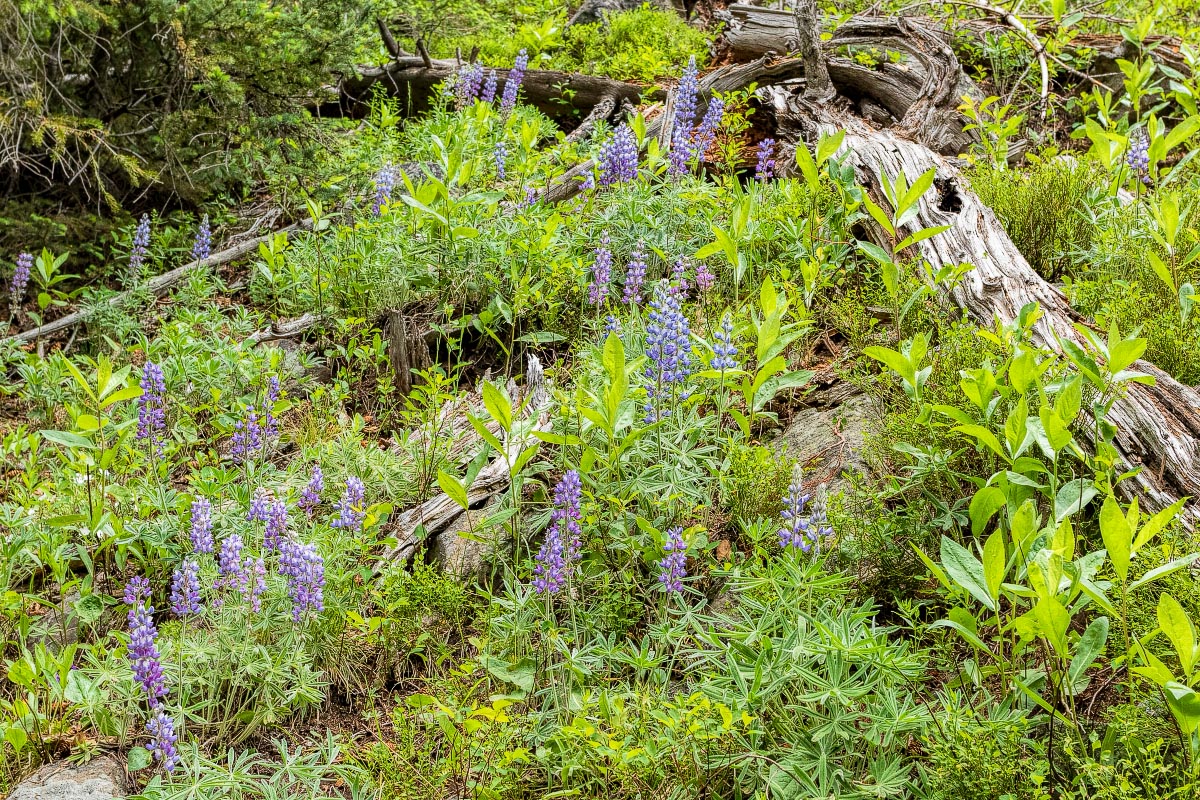
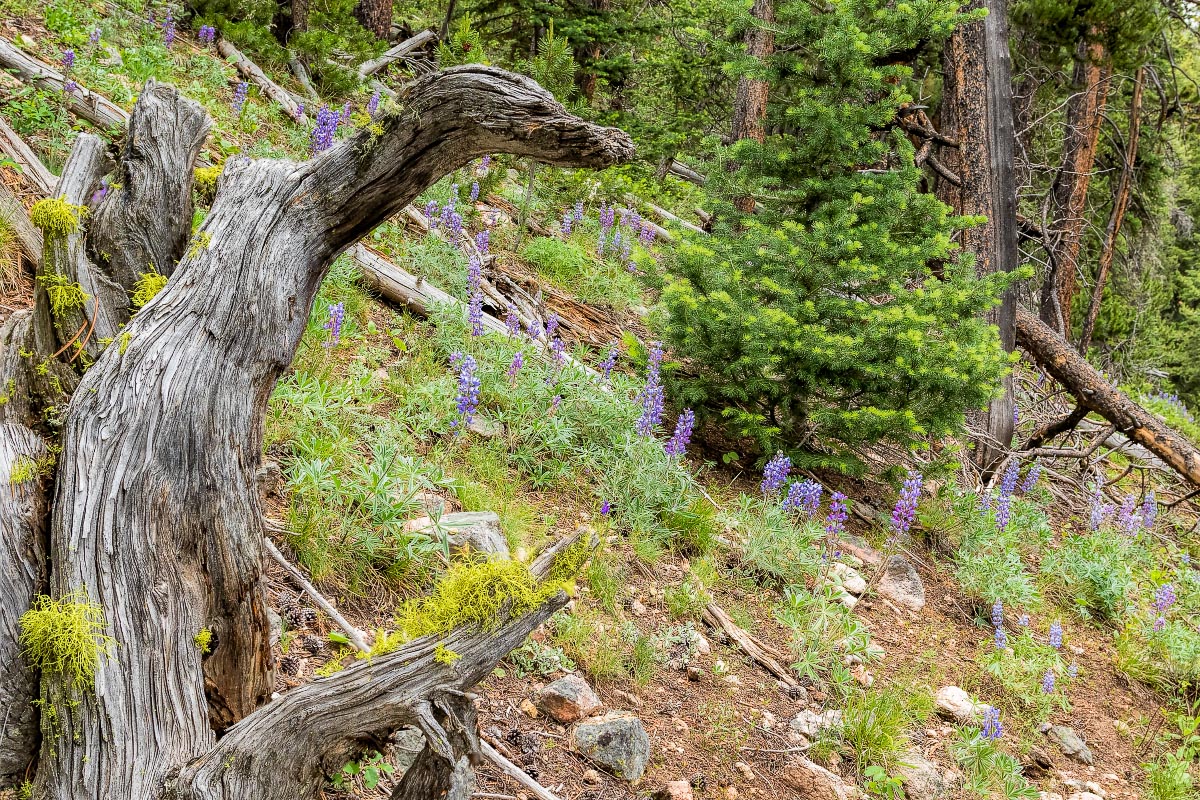
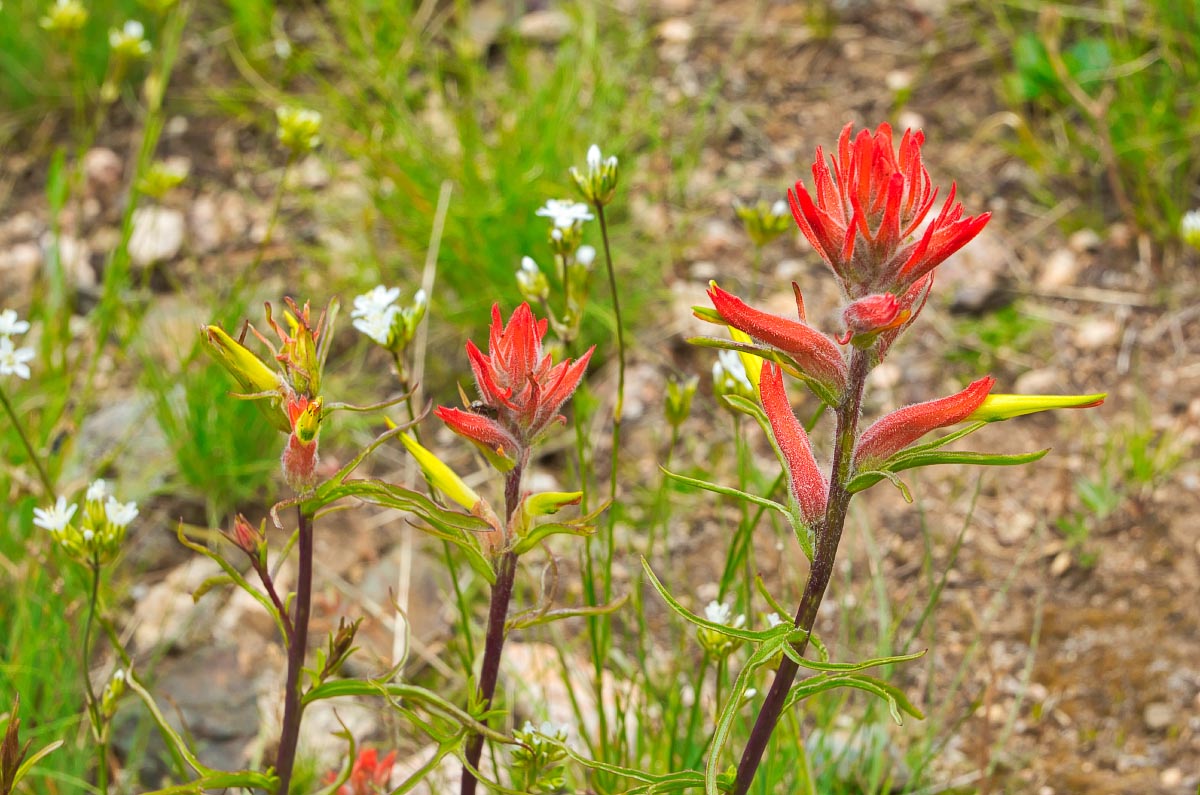
Michael not only was the first to spot this male Hairy Woodpecker feeding young, but also got the best photos.
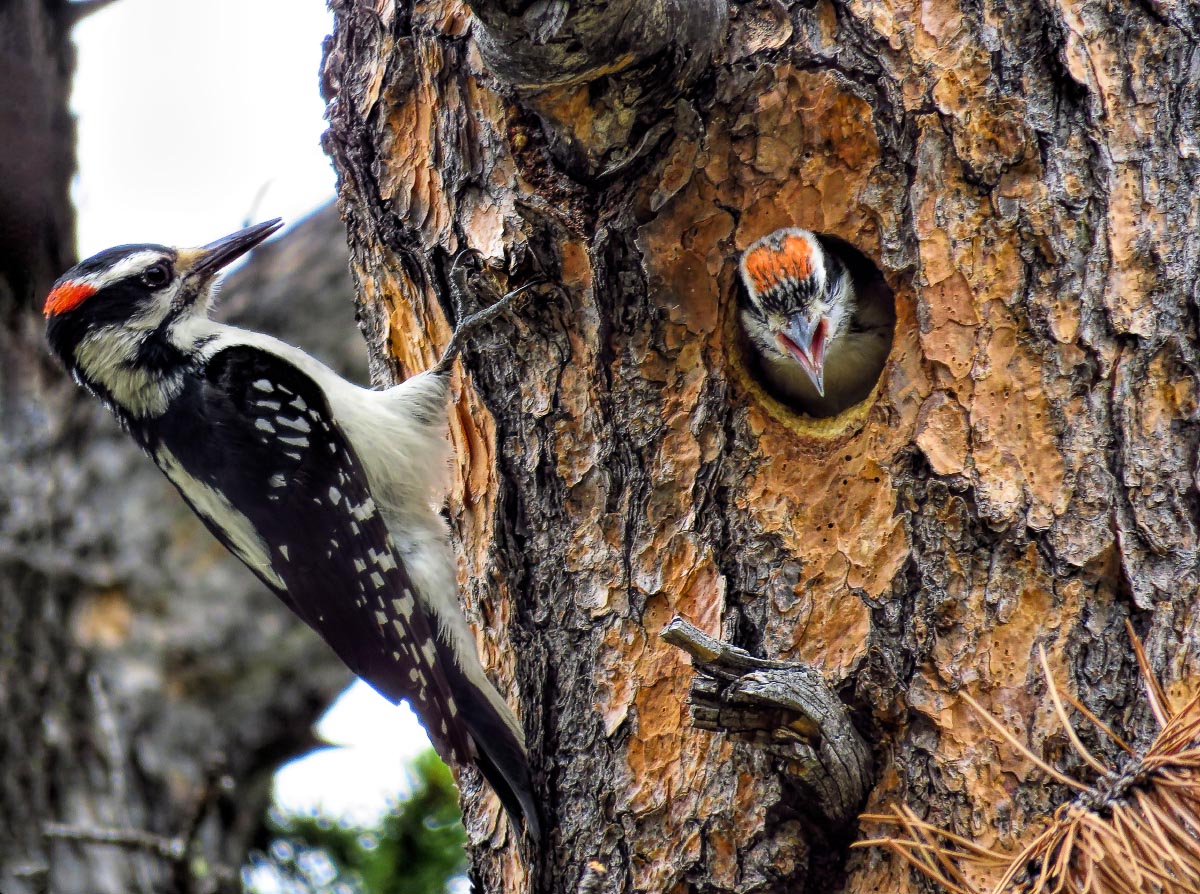
At the end of the trail, we discovered the only way to see the falls was from a small rock promontory overlooking the 1,000 foot deep Devil Canyon. I am terrified of heights but didn’t hike all that way not to get out there and get my photos!
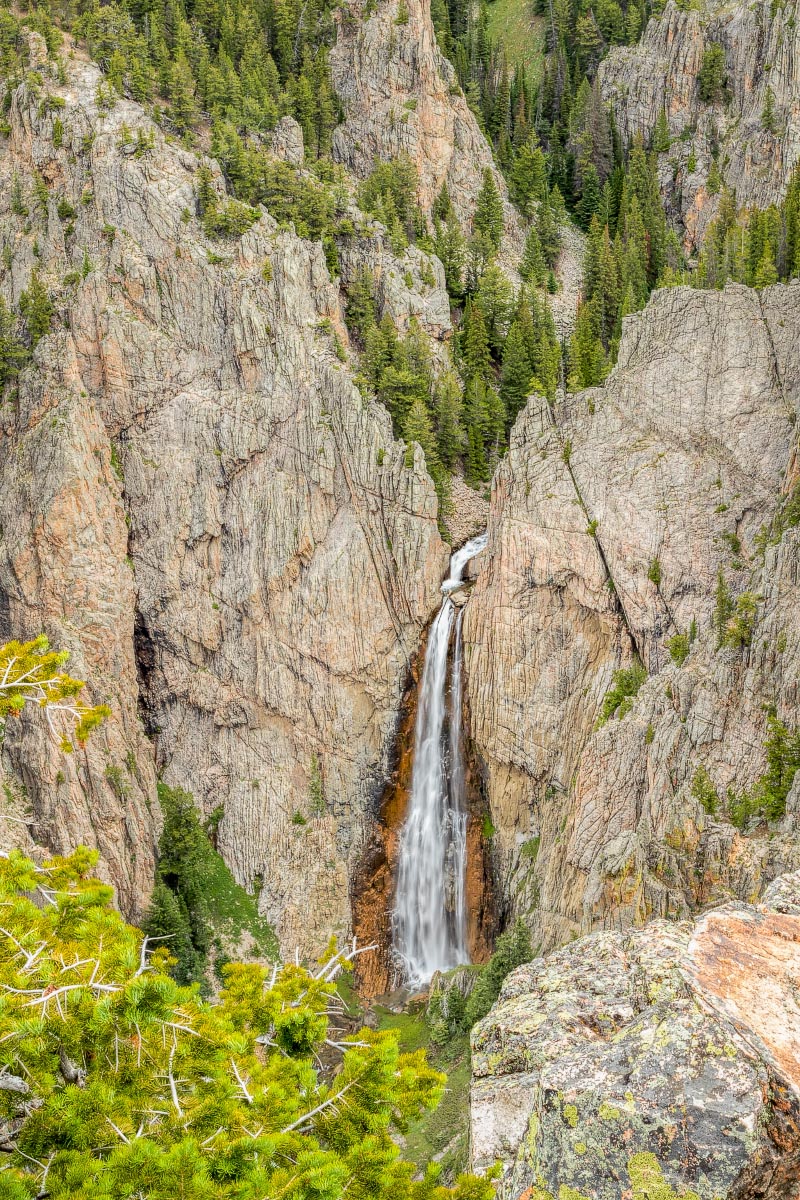
Note that these photos cannot possibly do this scene justice. We are actually several 100 feet above, looking down on a waterfall with a 550 foot drop. It was breathtaking (or maybe I just couldn’t breathe out of terror?).
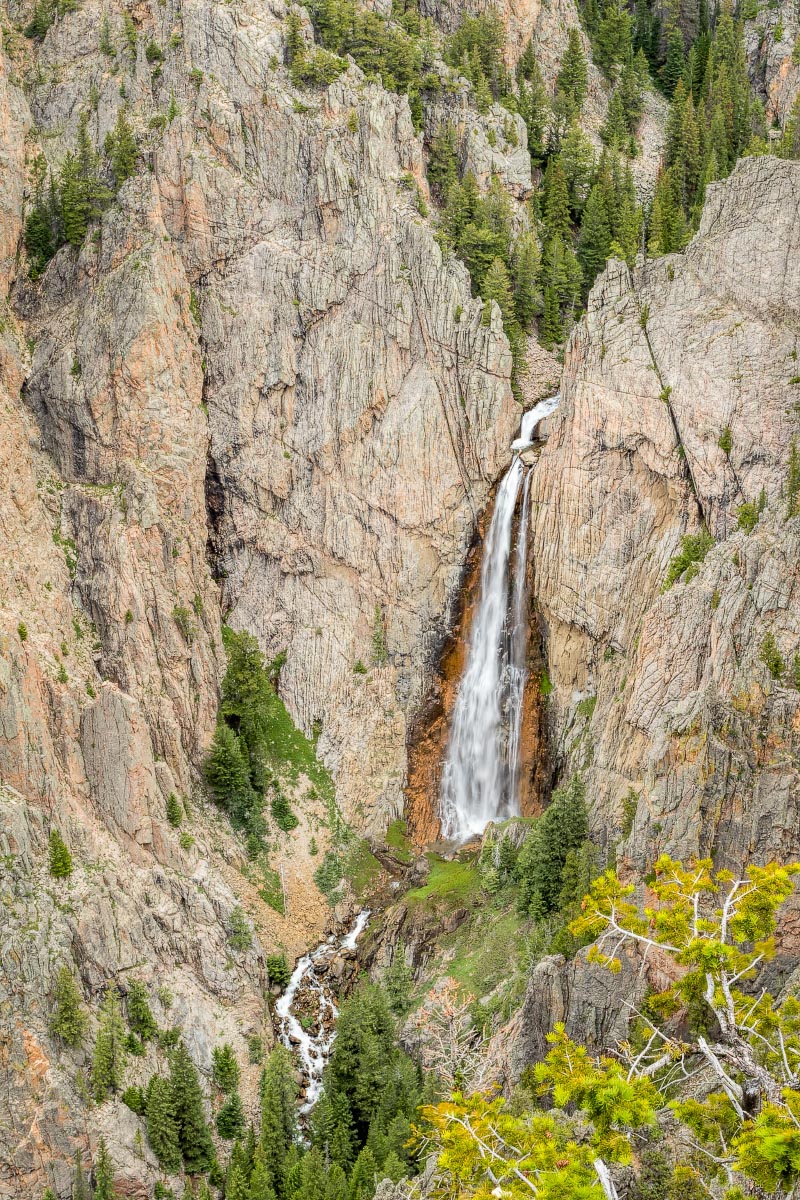
7/20/2018: We decided that to really see more of the beauty of Wyoming, we needed a camper. We got this small R-Pod and took it up to the Falls Campground on Togwatee Pass for our first time in a camper.
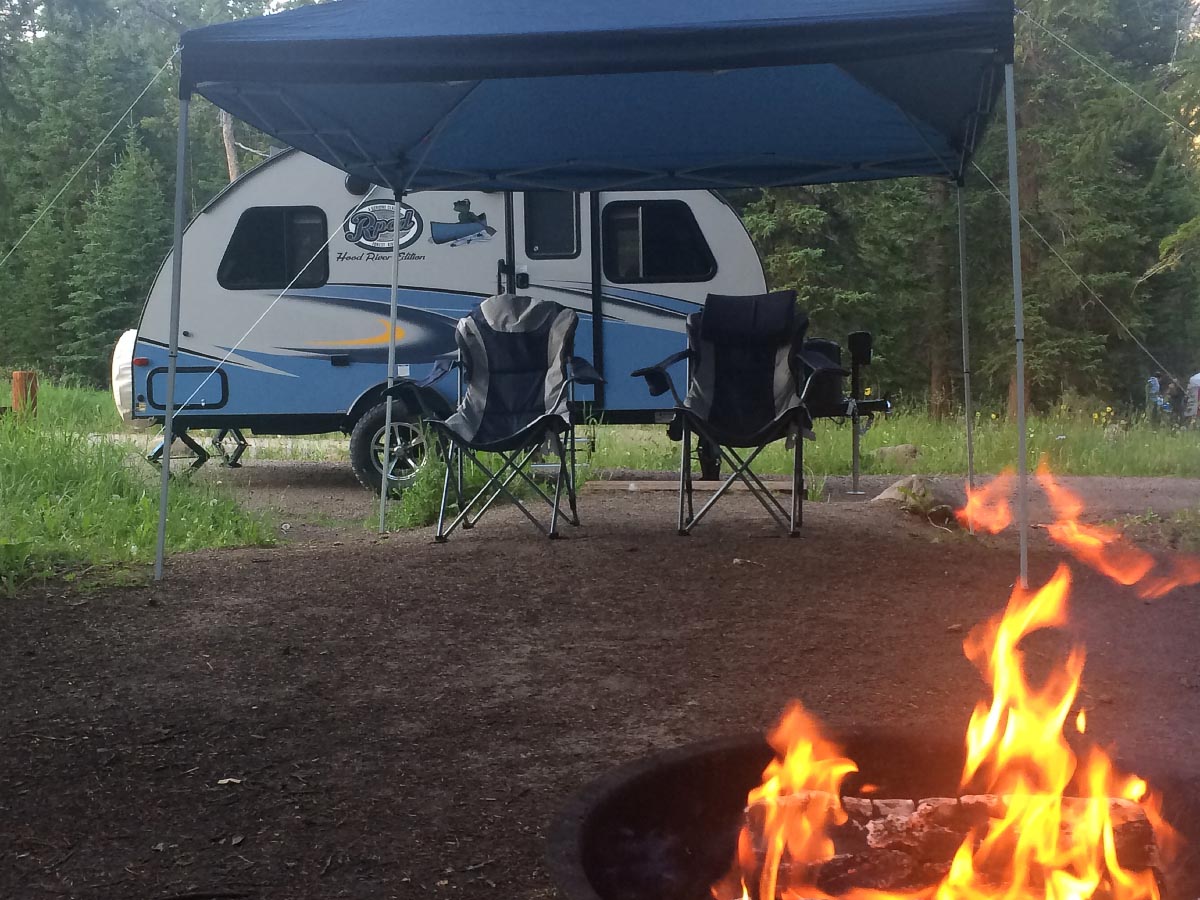
The wildflowers at 8400 feet at nearby Wind River Lake were fantastic. Lots of Lupine and Indian Paintbrush and many others…
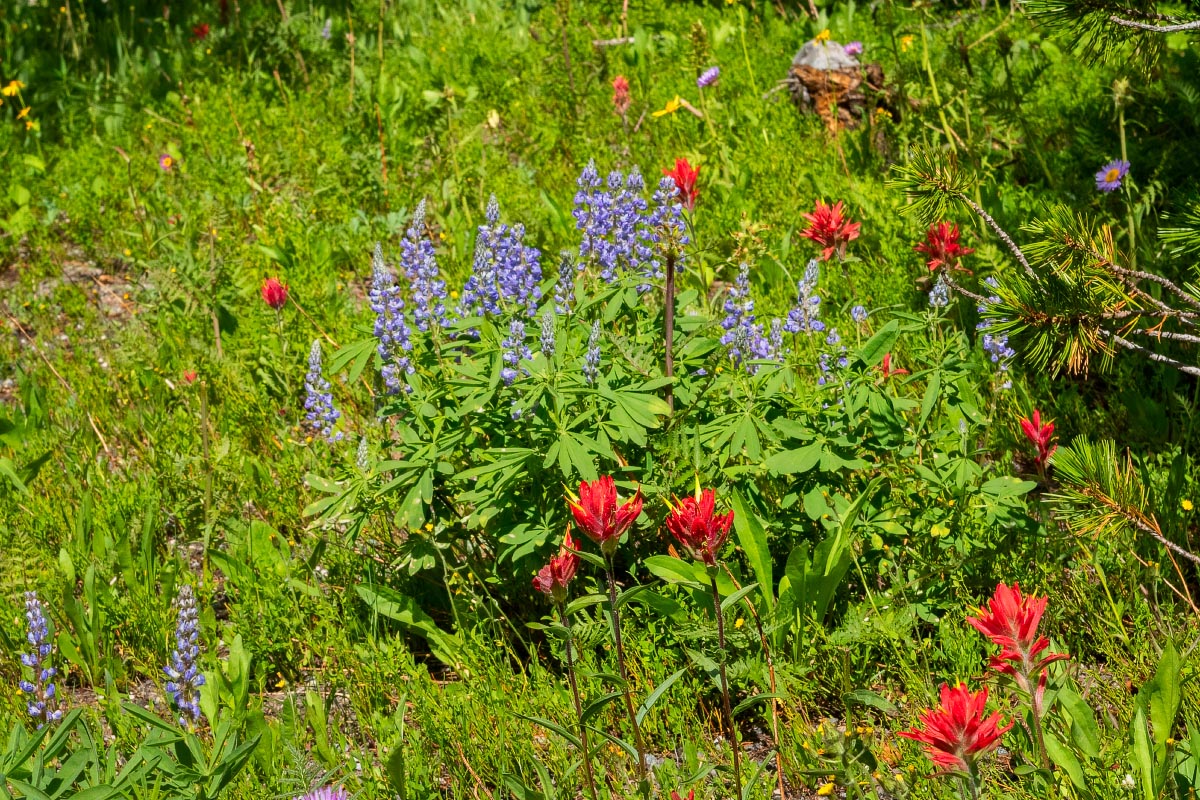
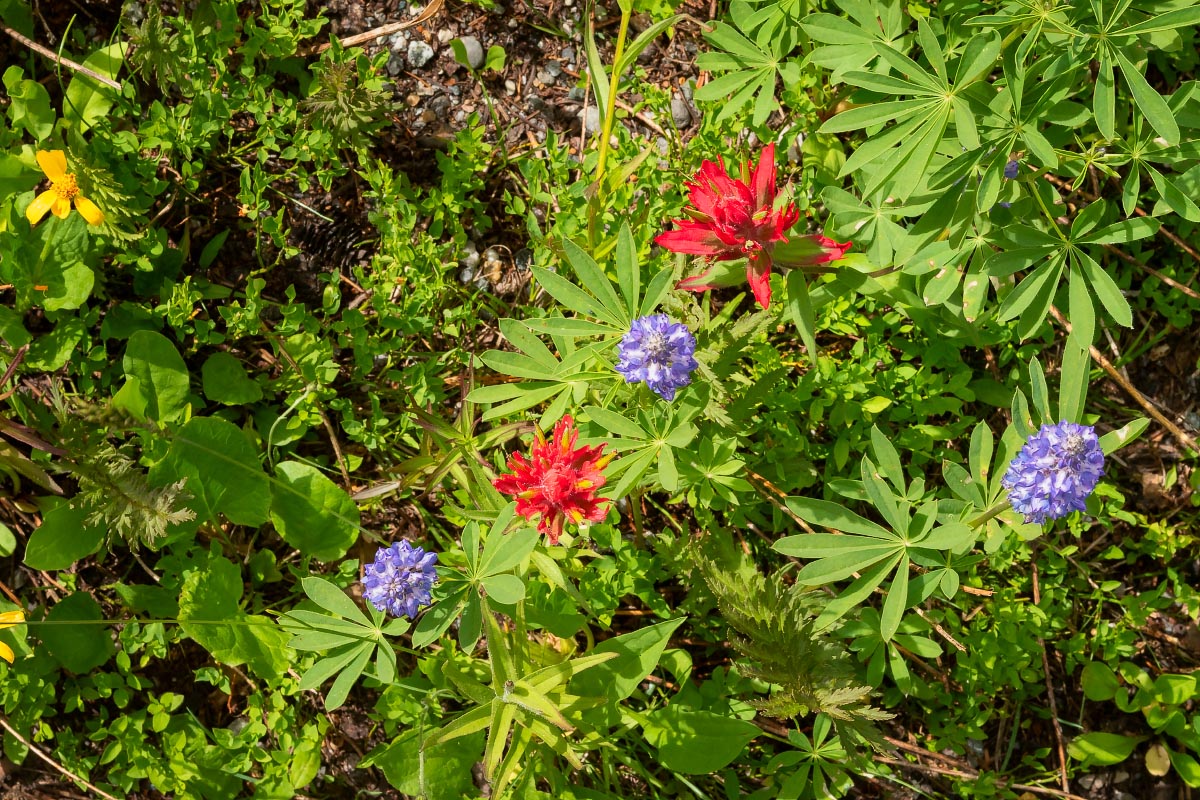
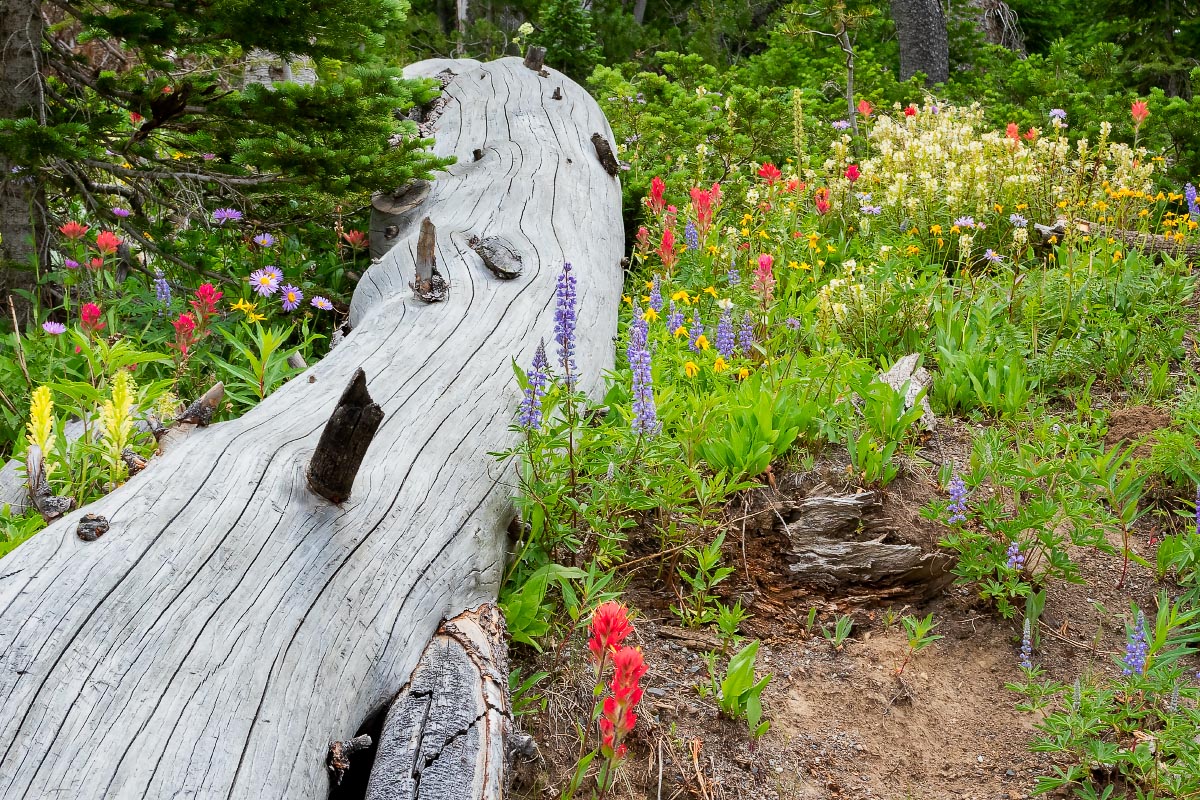
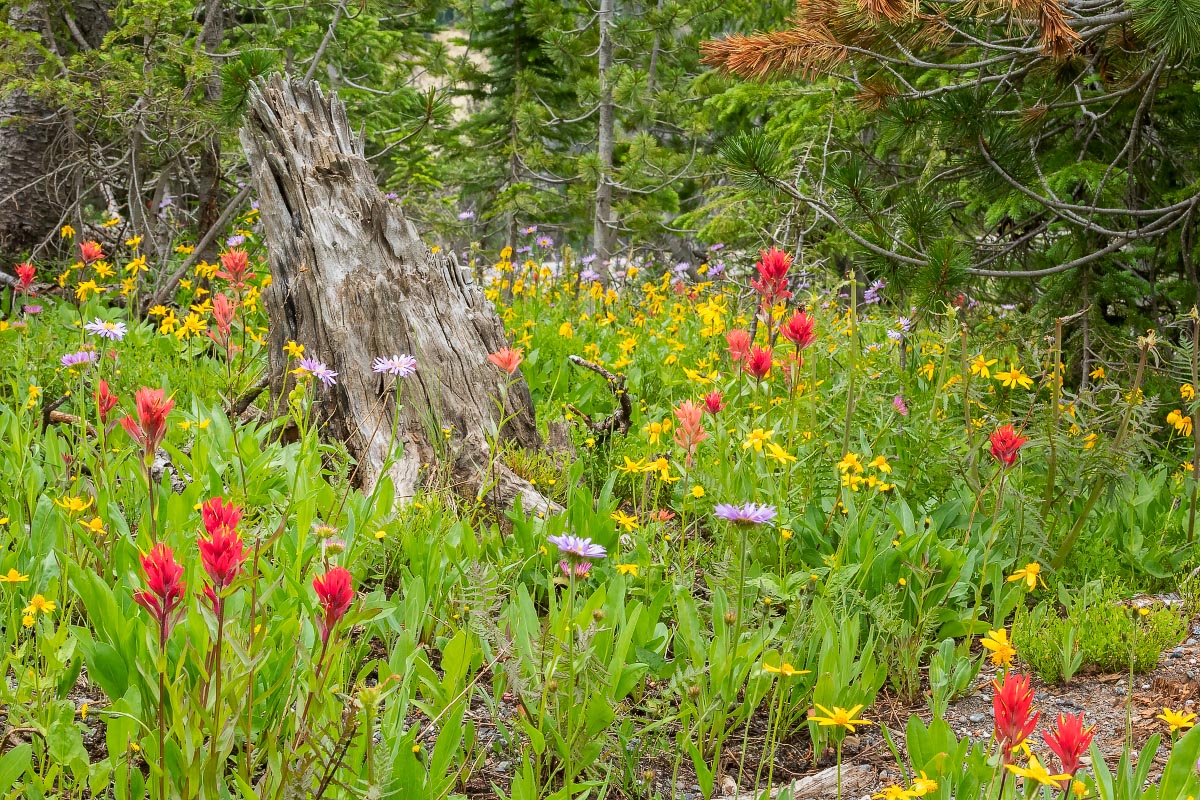
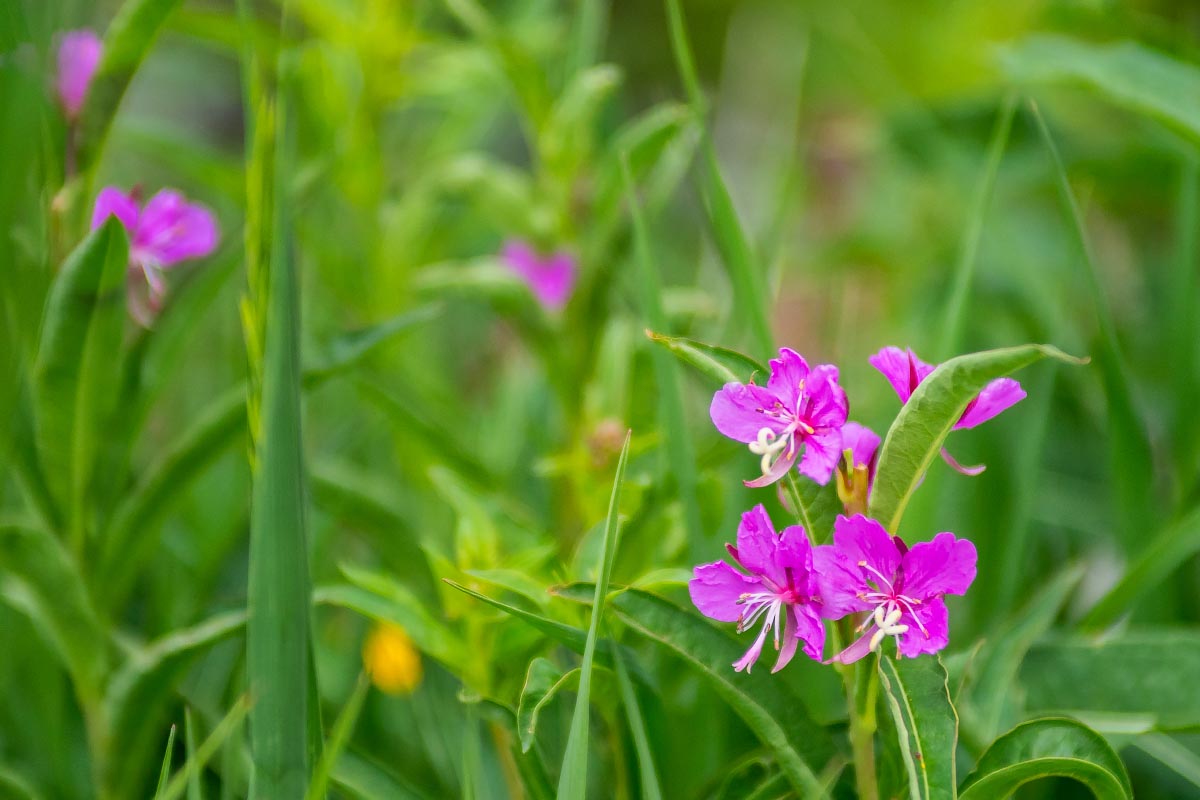
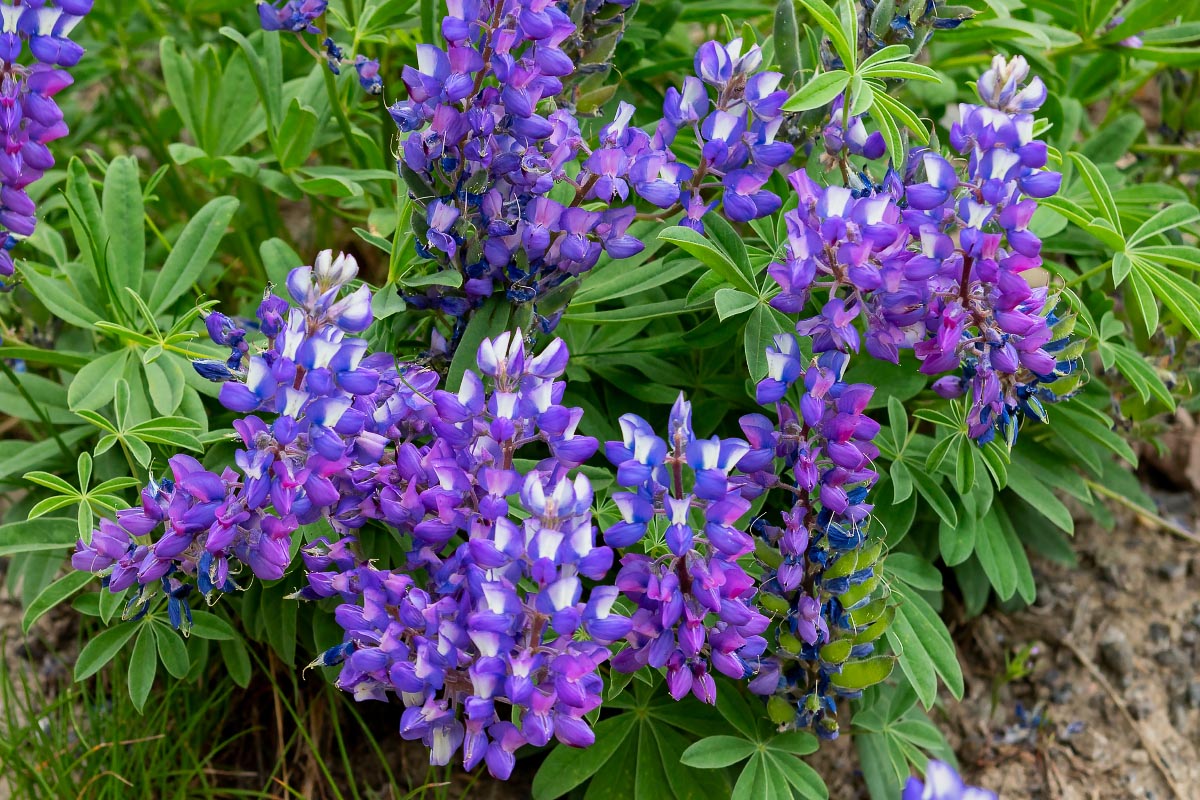
Back at the Falls Campground, this is Brooks Creek Falls with The Pinnacles in the background. High clouds prevented me from accomplishing my goal of star trails over this scene. However, this interesting shot was taken at Midnight. The only illumination for this is the 73% gibbous moon.
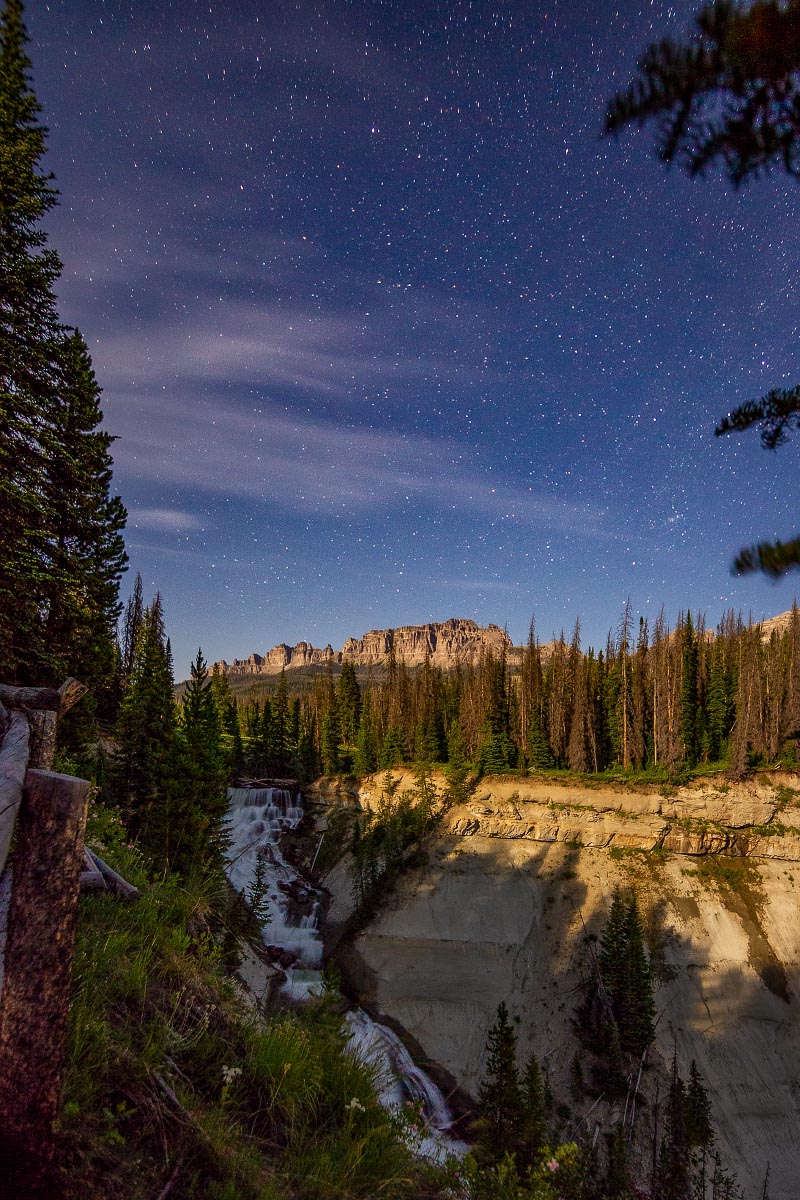
The next night I tried for star trails at Wind River Lake, but clouds got in the way again. This was also taken at midnight with only the moon to illuminate the scene.
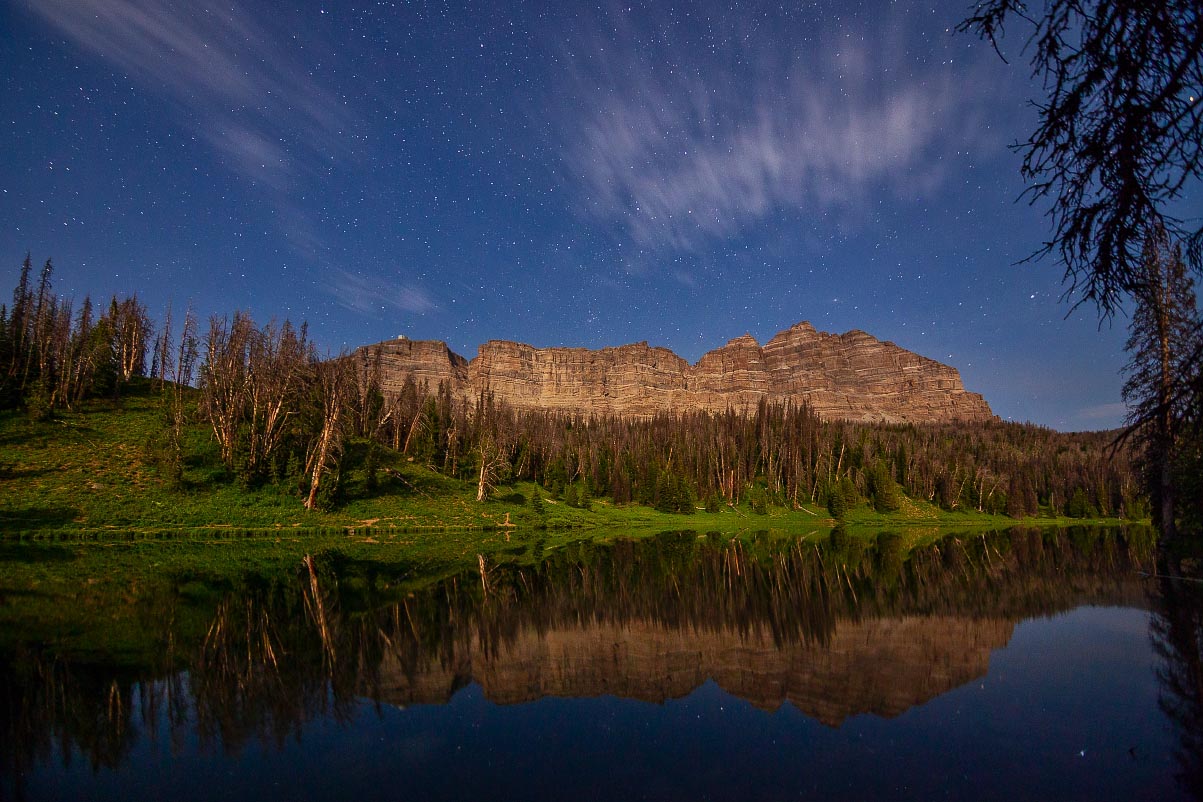
Here are a couple of more “normal” daytime photos of Brooks Creek Falls and The Pinnacles.
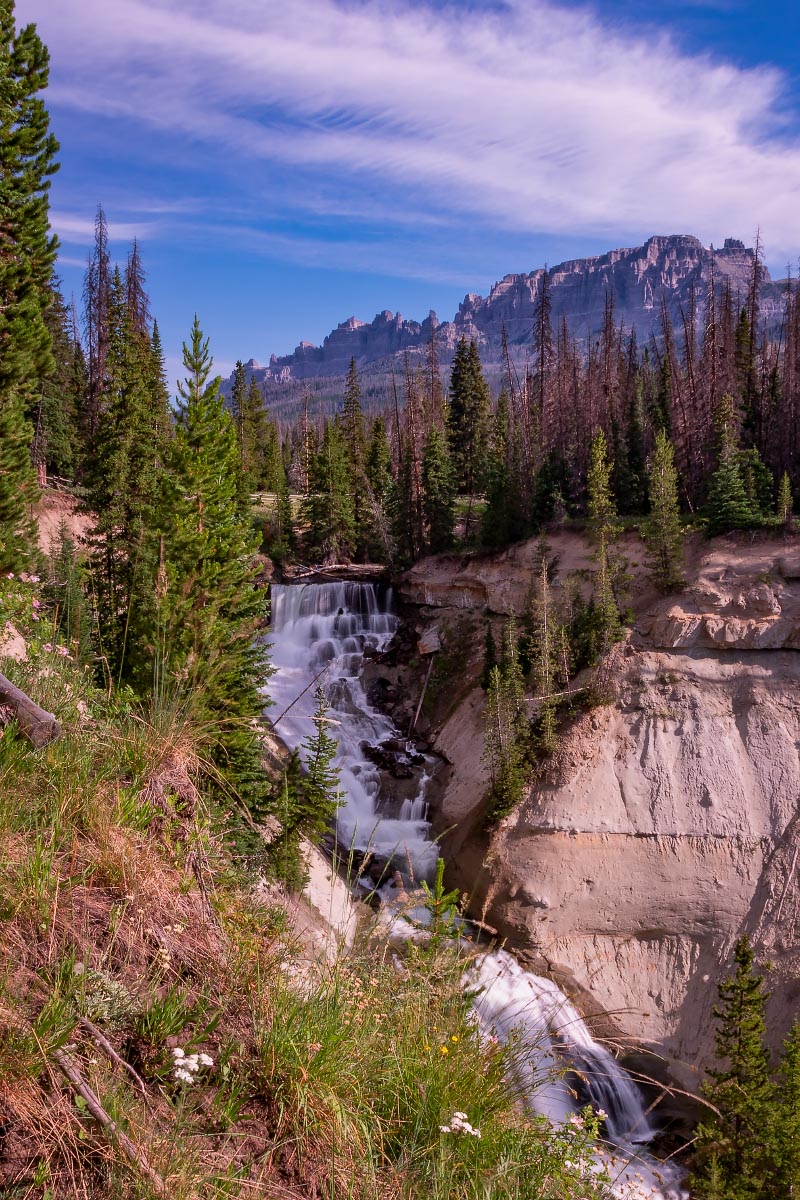
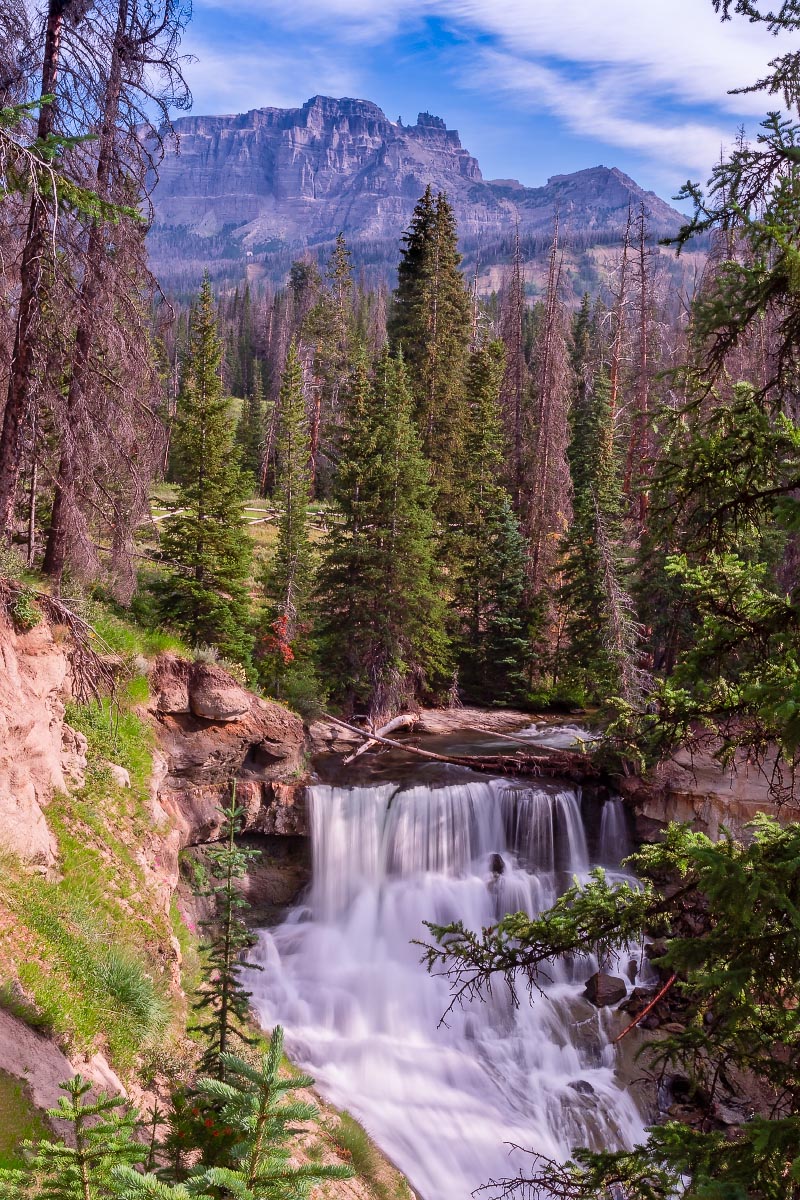
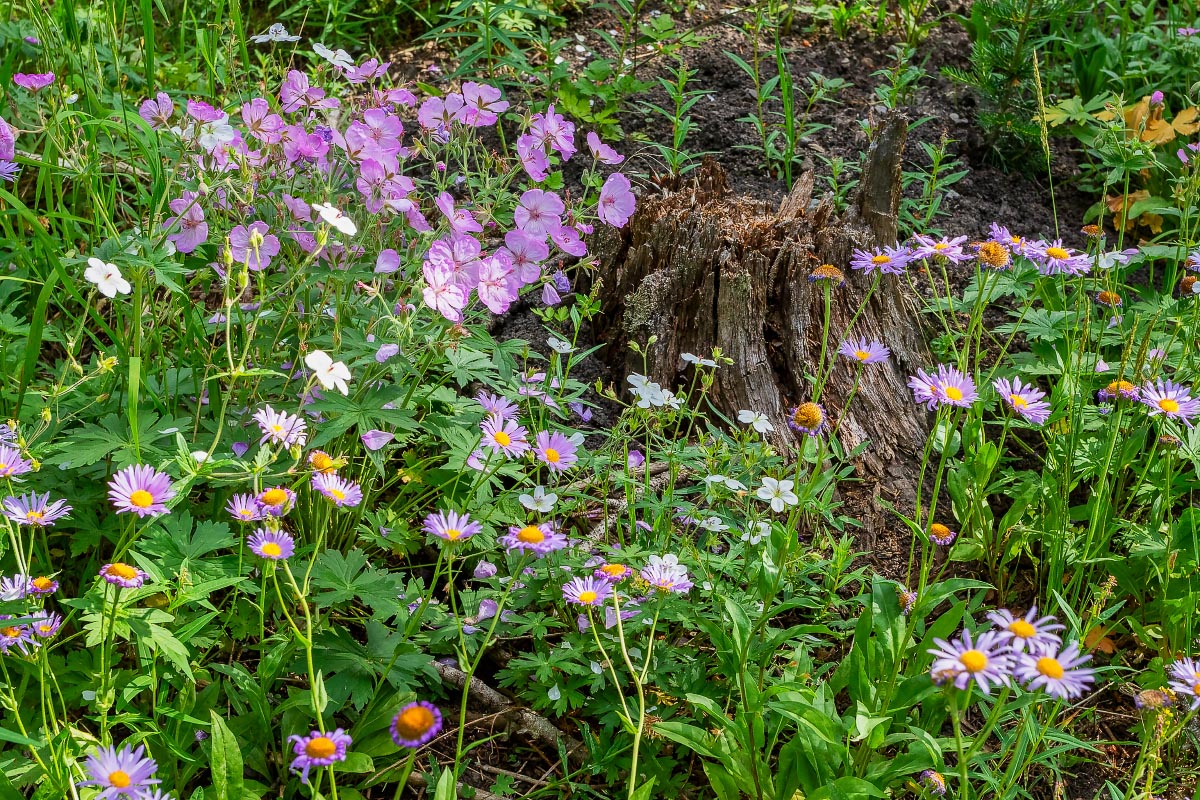
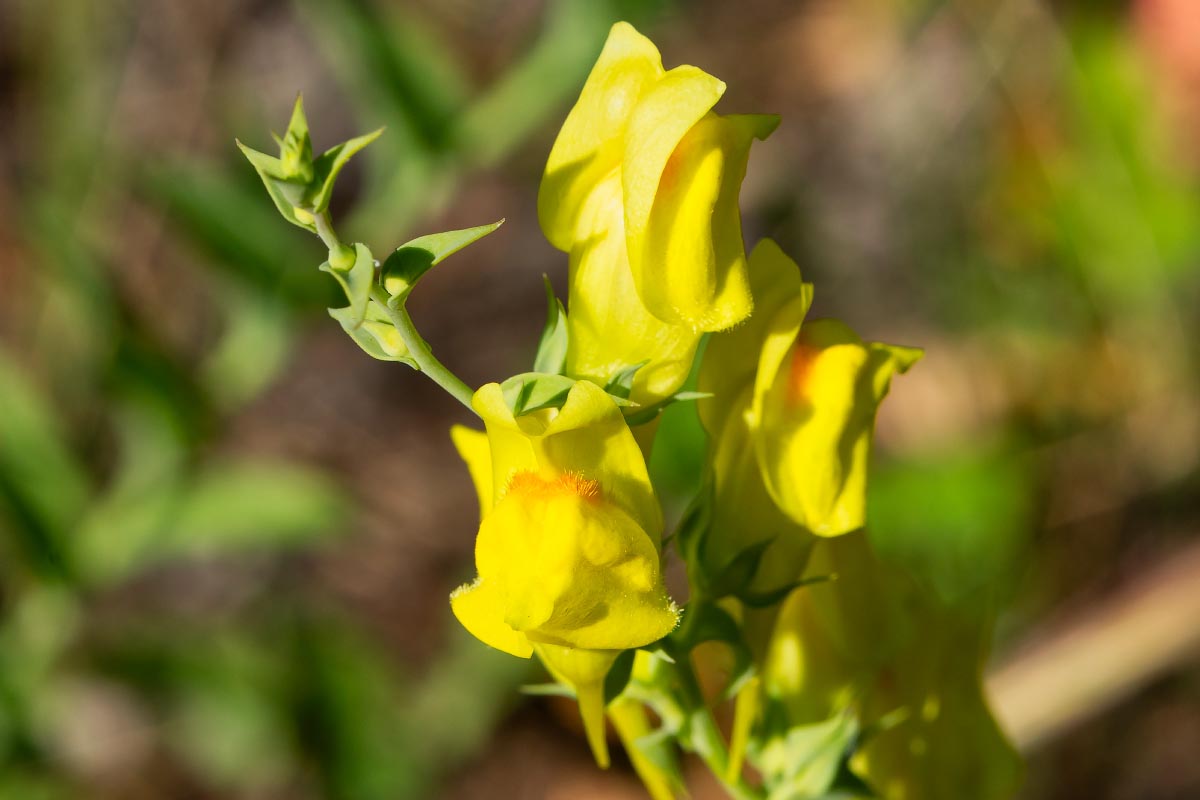
09/01/2018: Labor Day weekend I finally got my start trails over the falls and pinnacles. This time the foreground was lit only by starlight.
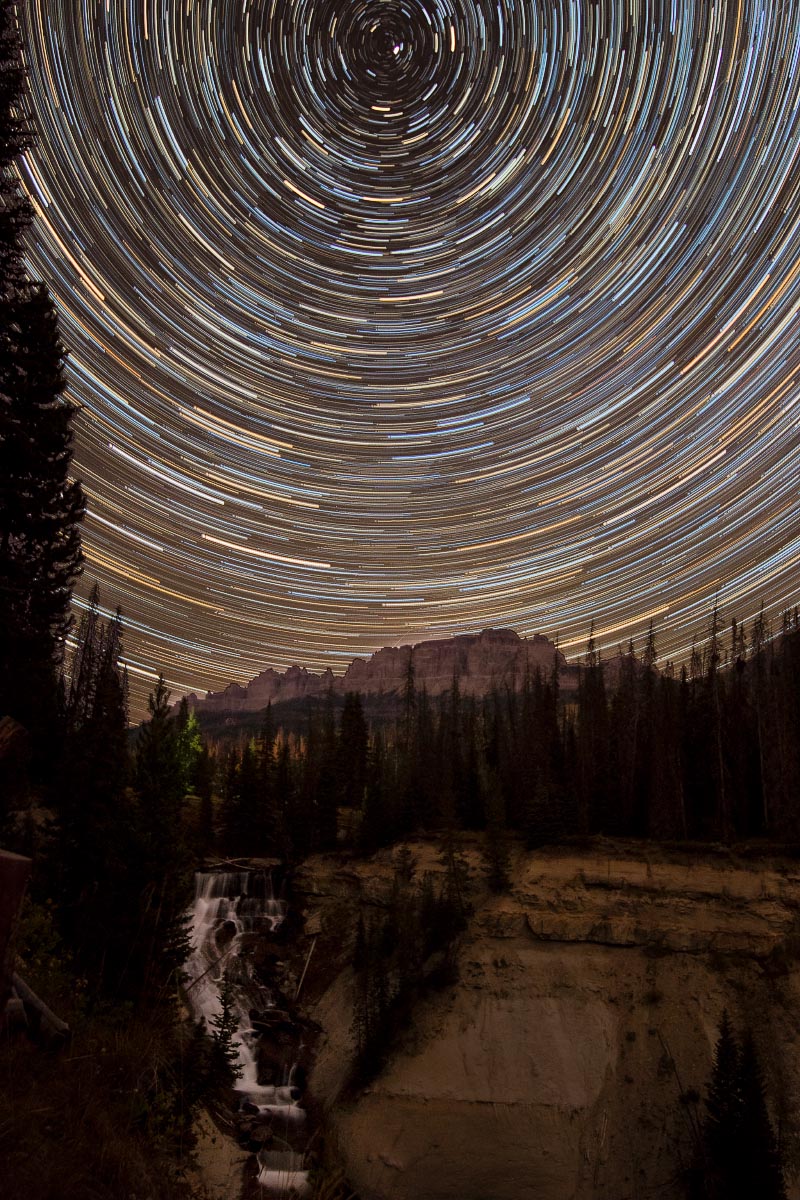
Hiked up to Torry Creek the follwing day. We have been to several of Wyoming’s petroglyph sites, but I think this is my favorite. Most sites have stone walls full of petroglyphs but protected by chain link fence. Here you have to search for them on individual boulders scattered on a hillside. Also, these are Dinwoody style petroglyphs. This distinctive style petroglyph is only found in Western Wyoming and possibly a small part of Montana. The humanoid figures typically have wide bodies that are filled with intricate geometric shapes.
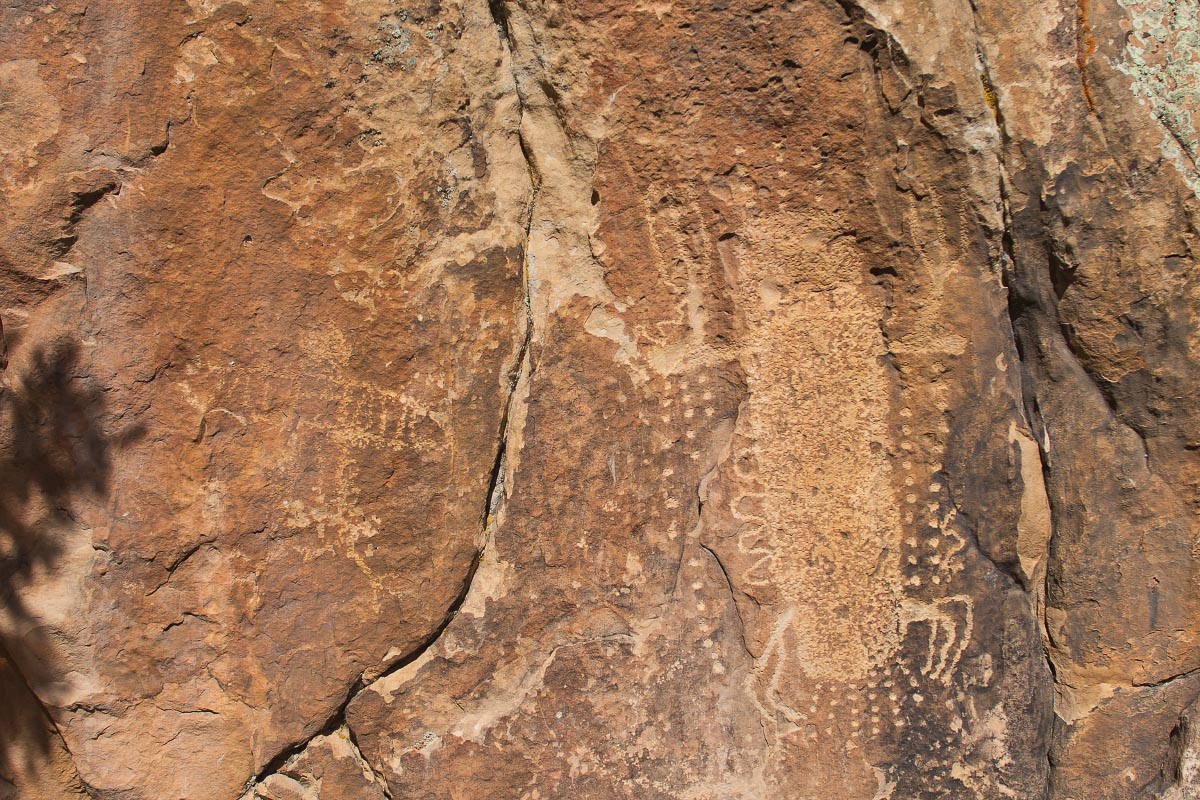
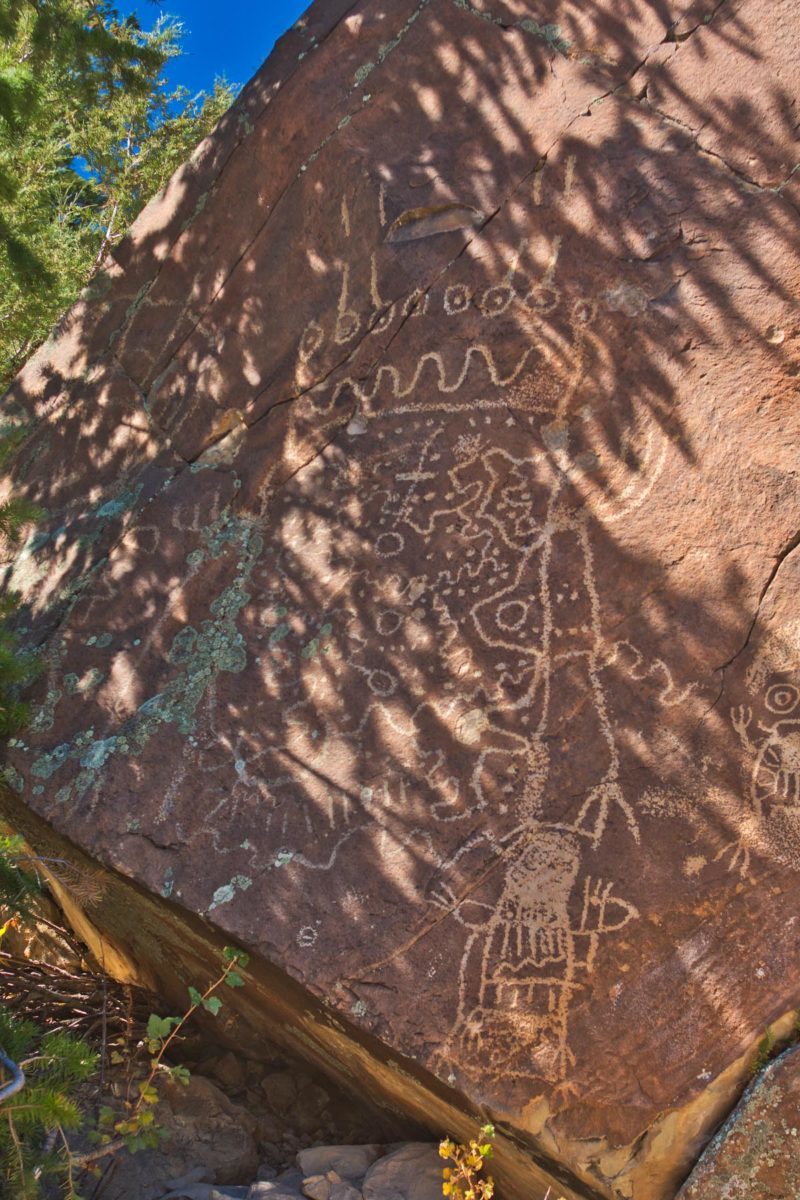
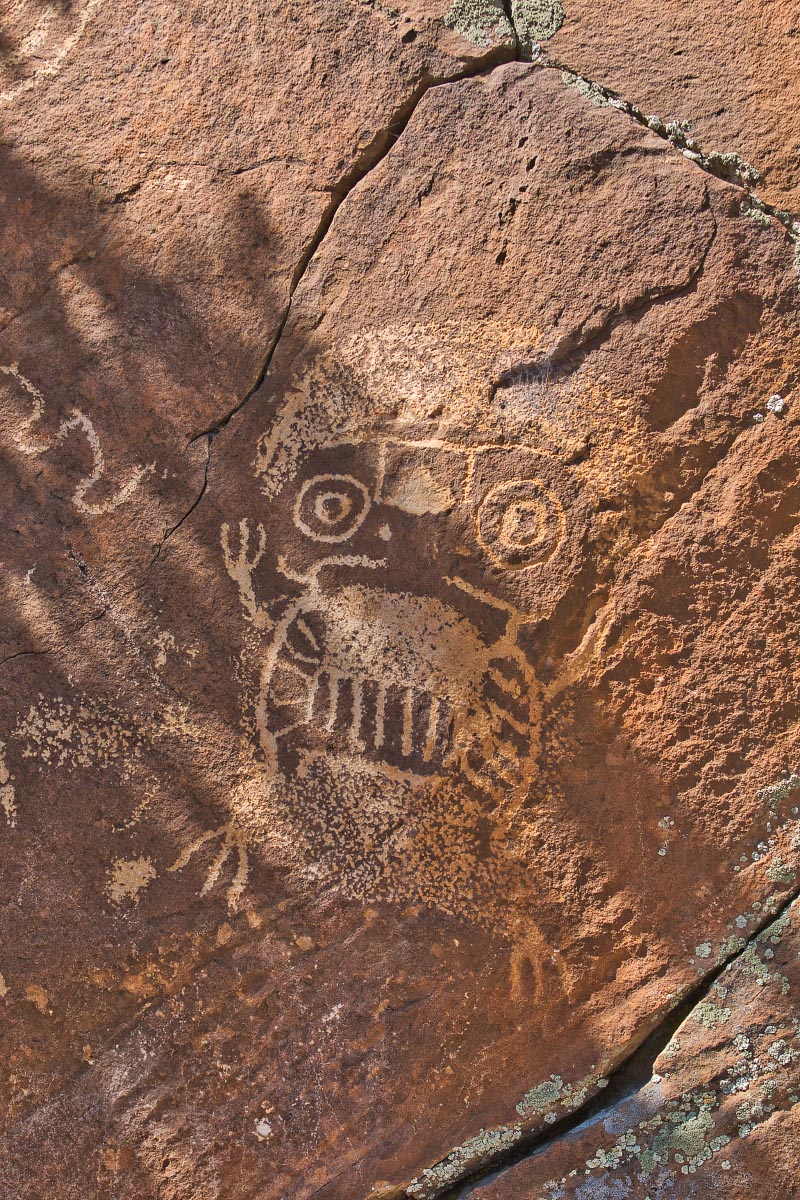
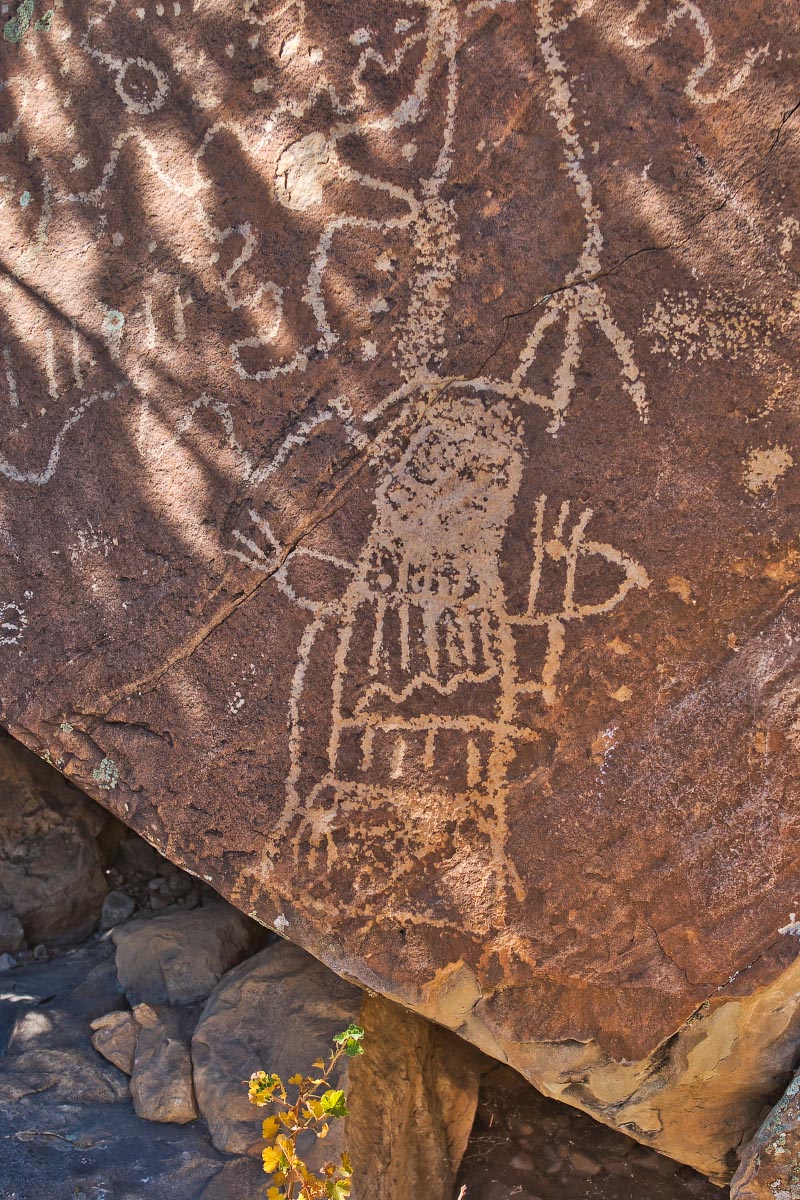
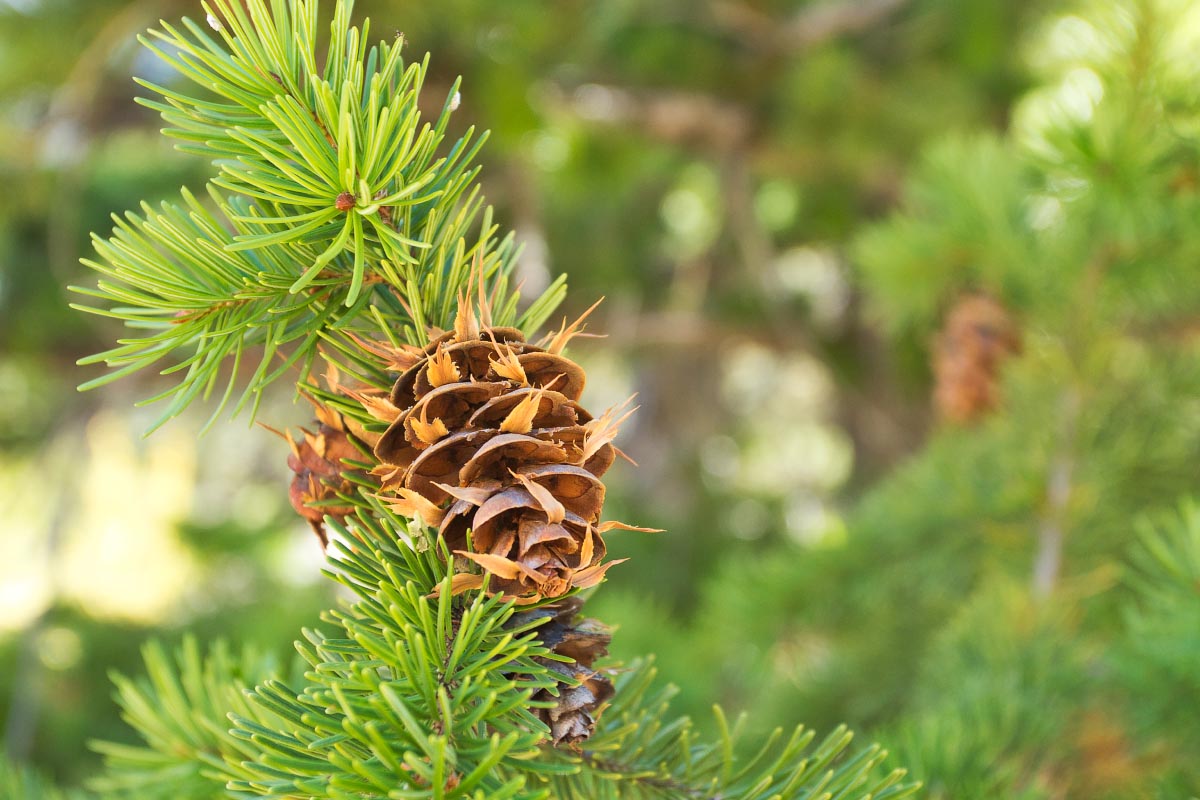
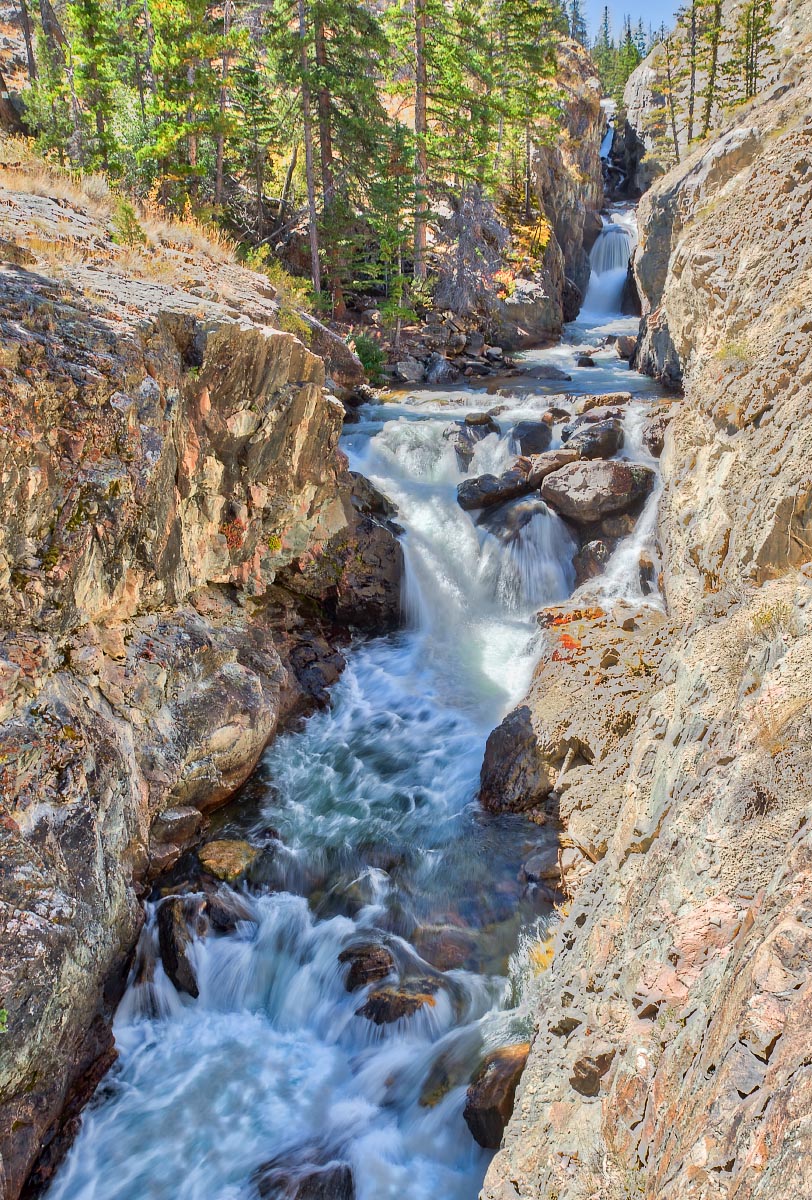
Back at the campground, Canada Jays, frequently called “camp robbers”, kept looking for handouts.
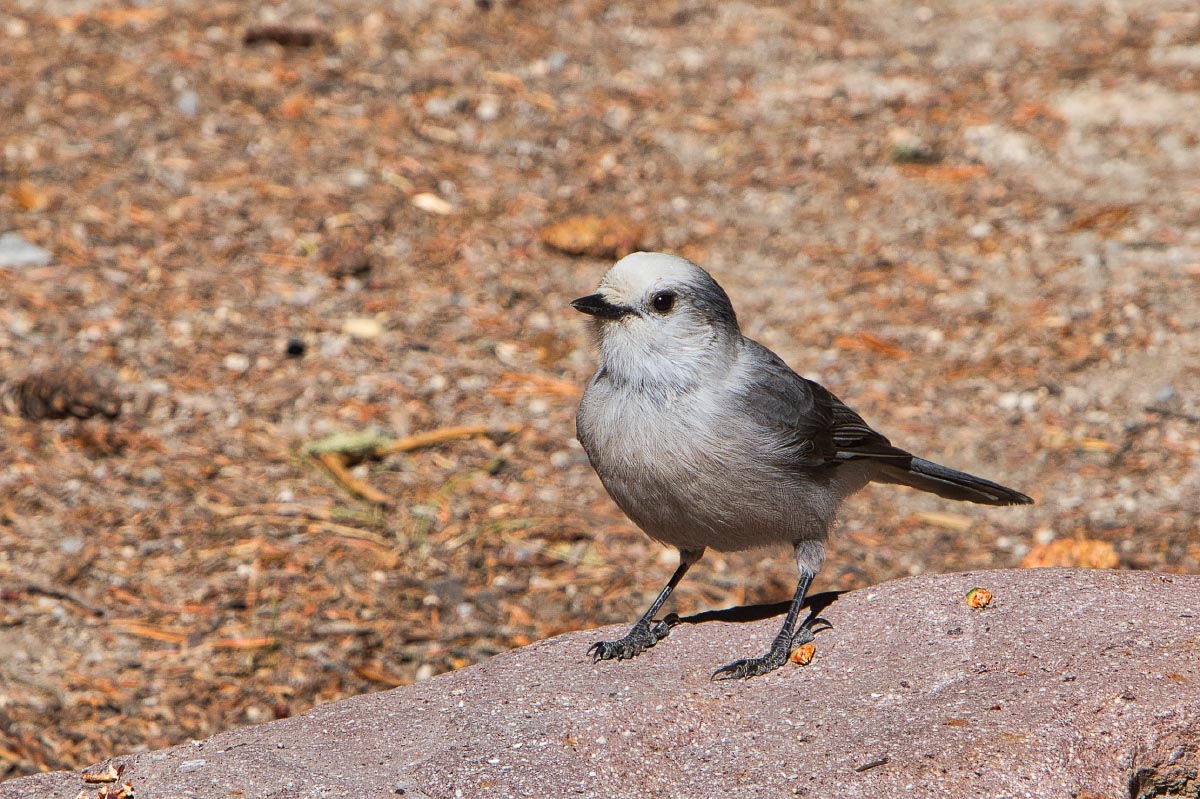
Camping at 8300 feet elevation with ZERO light pollution can be magnificent. We could see the Milky Way from the southern horizon all the way to the northern horizon. Here are 2 of our favorite Wyoming things, a buck and rail fence and the Milky Way painted on Wyoming’s dark skies.
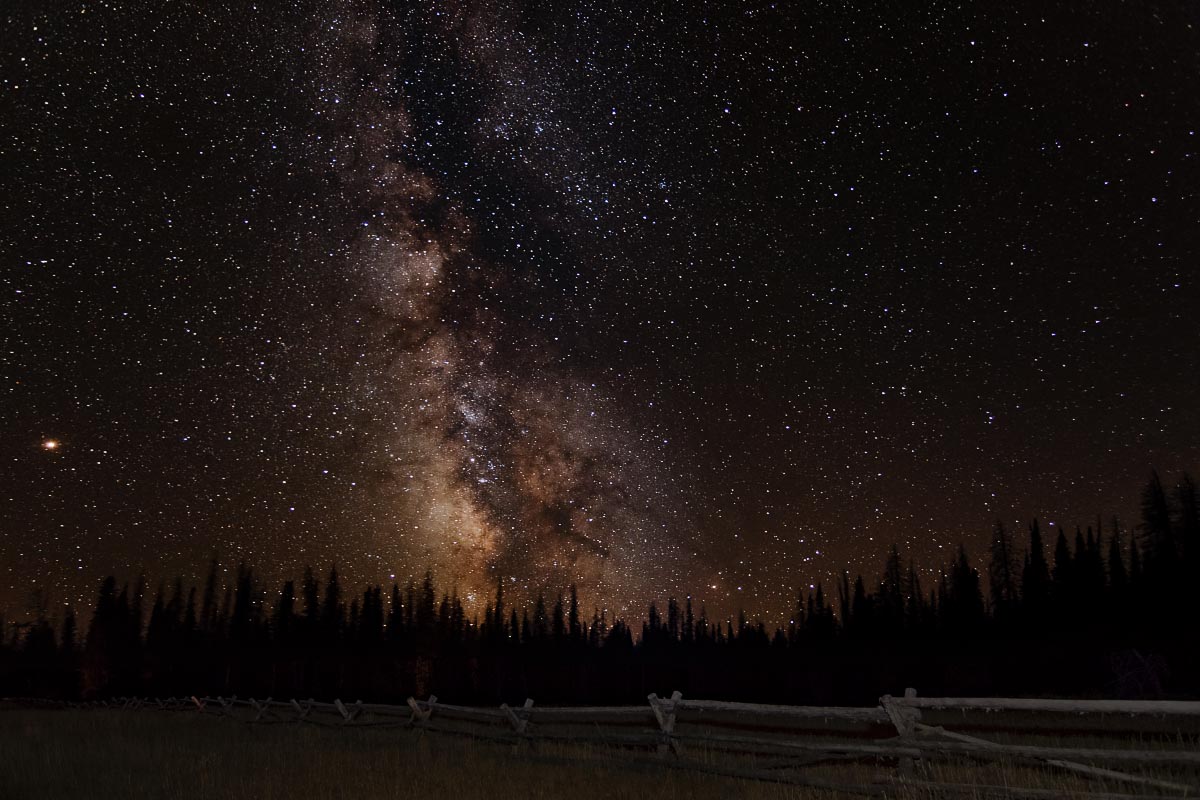
9/8/2018: This weekend we camped in Yellowstone. I had been planning for over a year to get a photo of Rustic Falls in Yellowstone with the Milky Way behind it. Tonight I couldn’t wait for the Milky Way to move all the way over to the notch in the tree line because clouds started moving in. This didn’t come out as well as I had hoped, so I’ll have to try again another year.
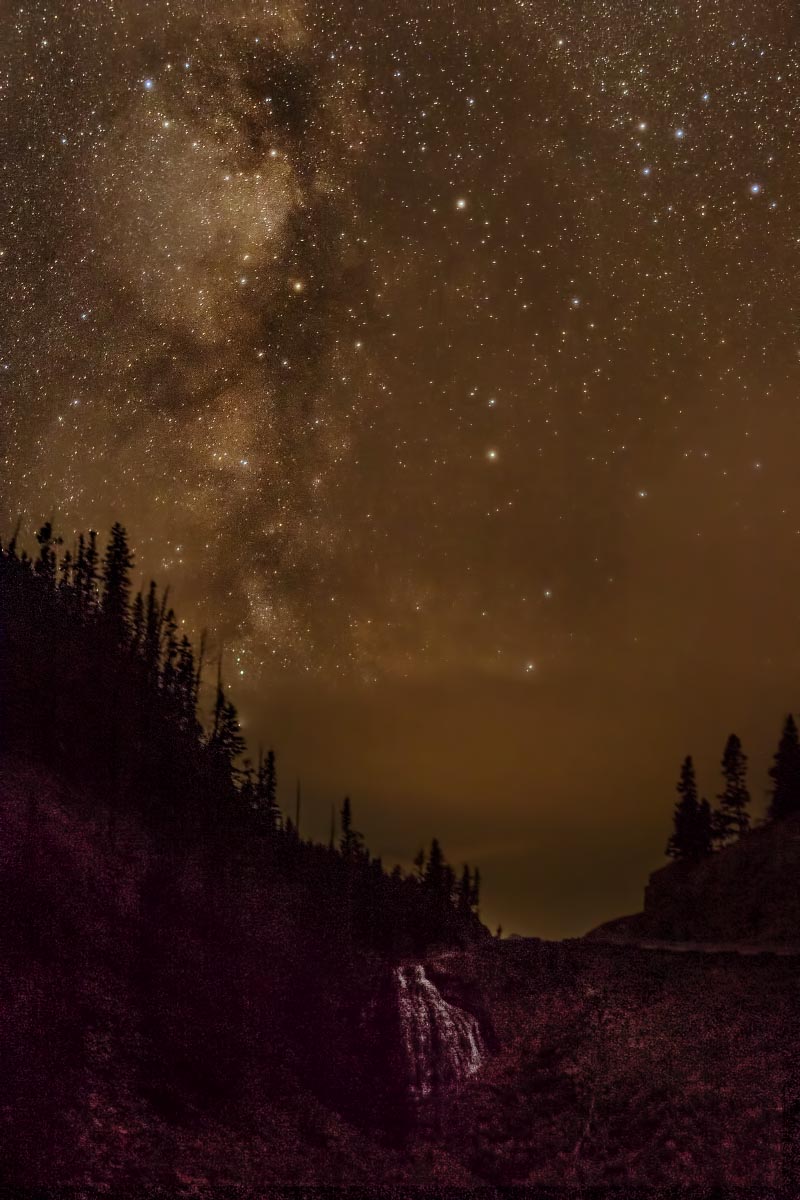
One of the most spectacular sites in Yellowstone is Grand Prismatic Spring. Before now, one could only view it from ground level, having to settle for aerial photos for the full view. Last year, however, the NPS built a viewing platform on the hill behind it. Here is the view after a short hike…
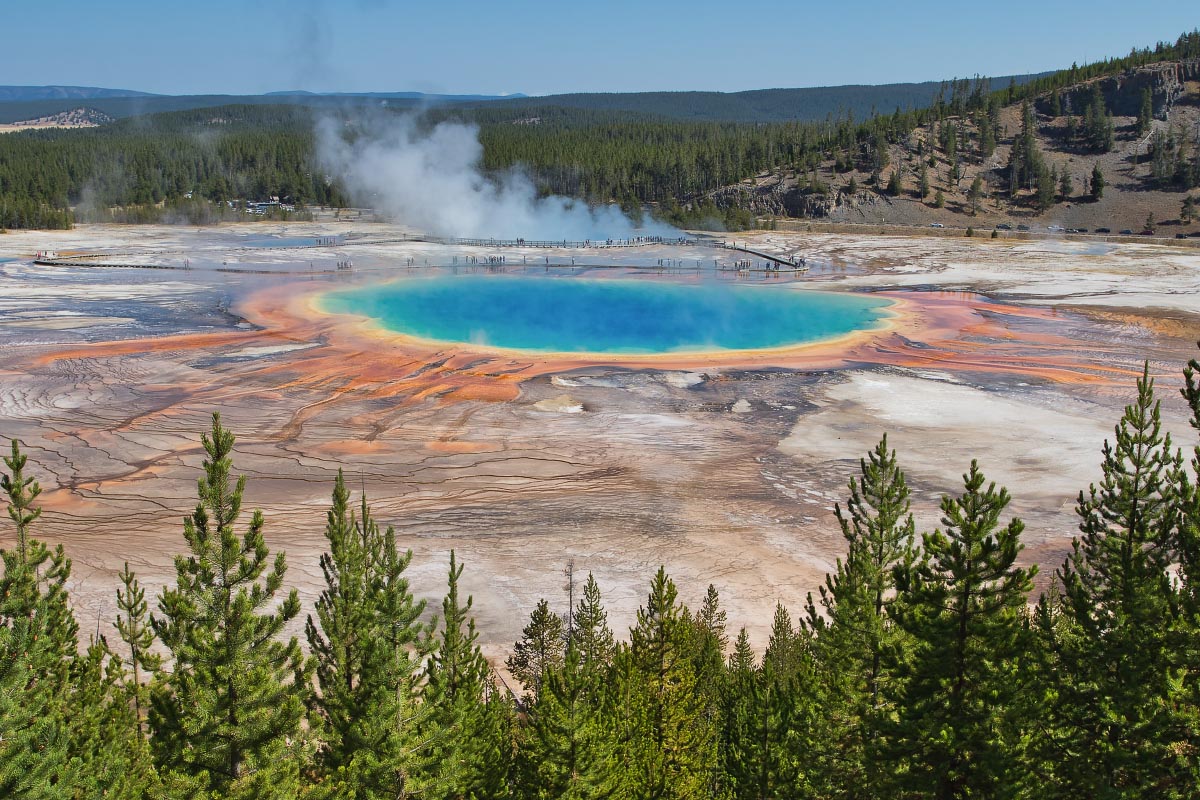
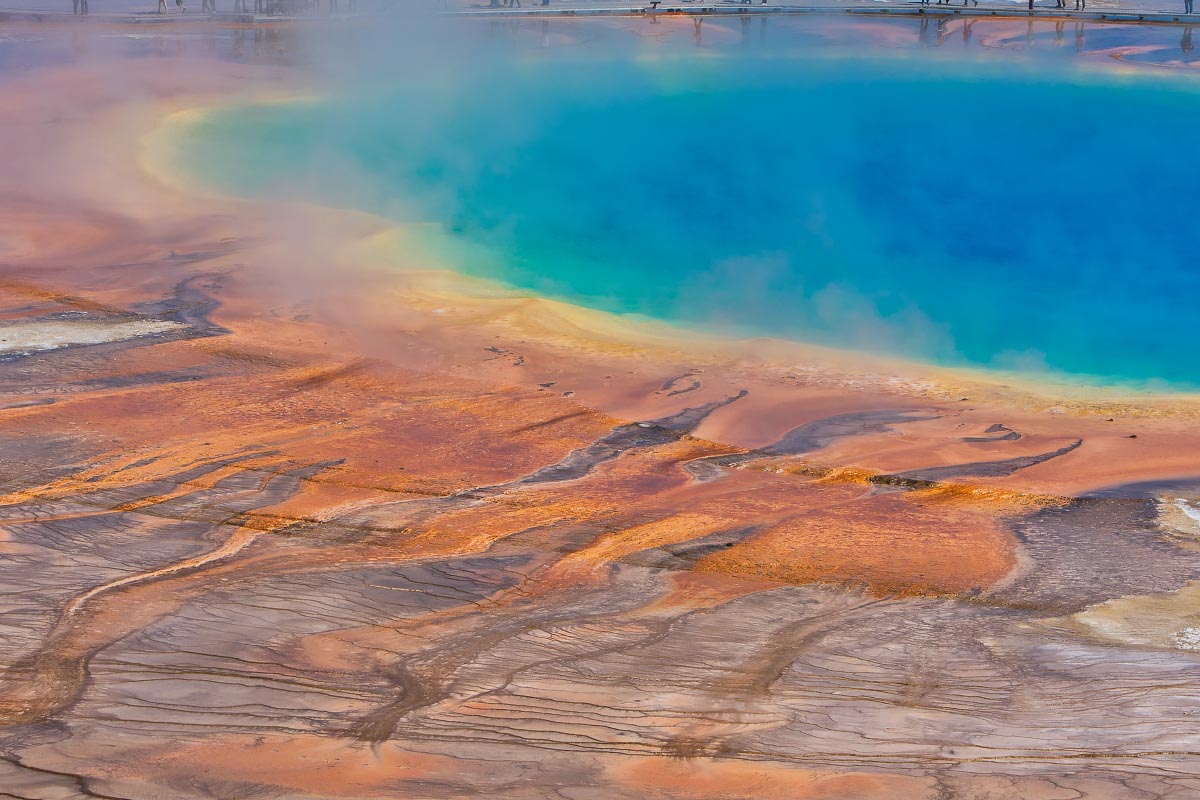
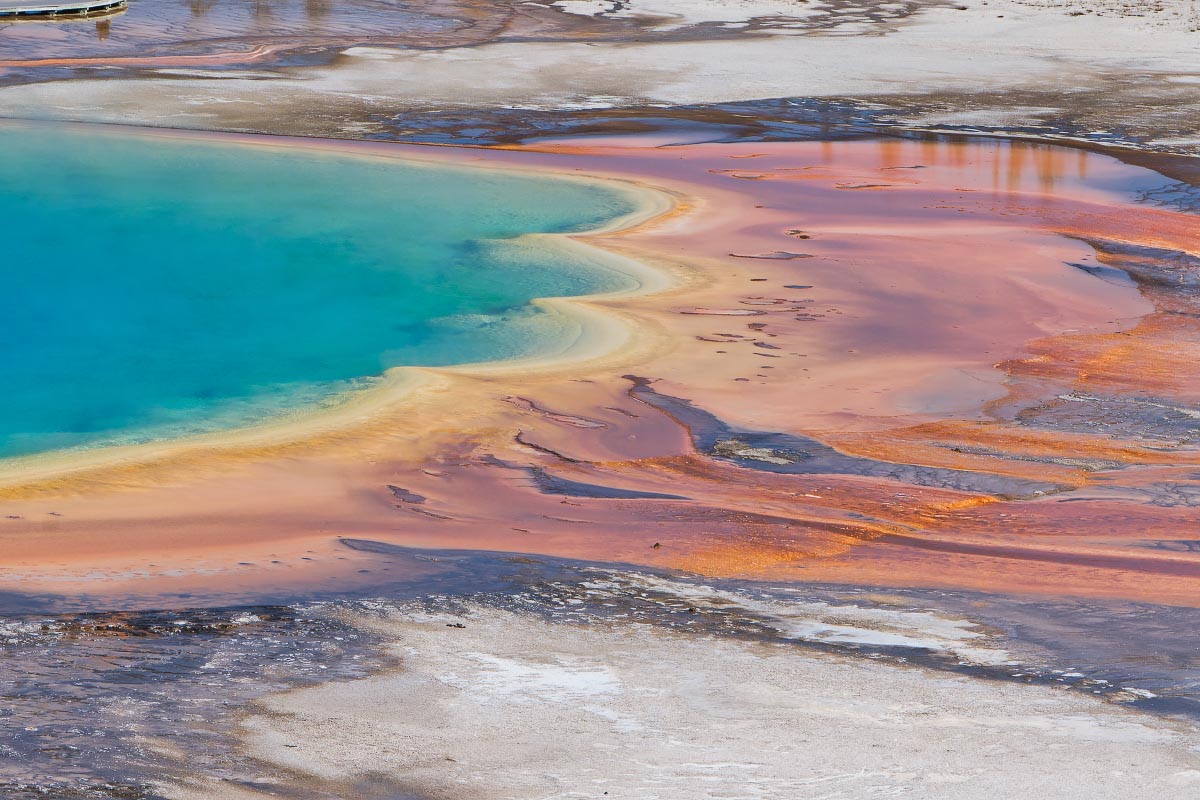
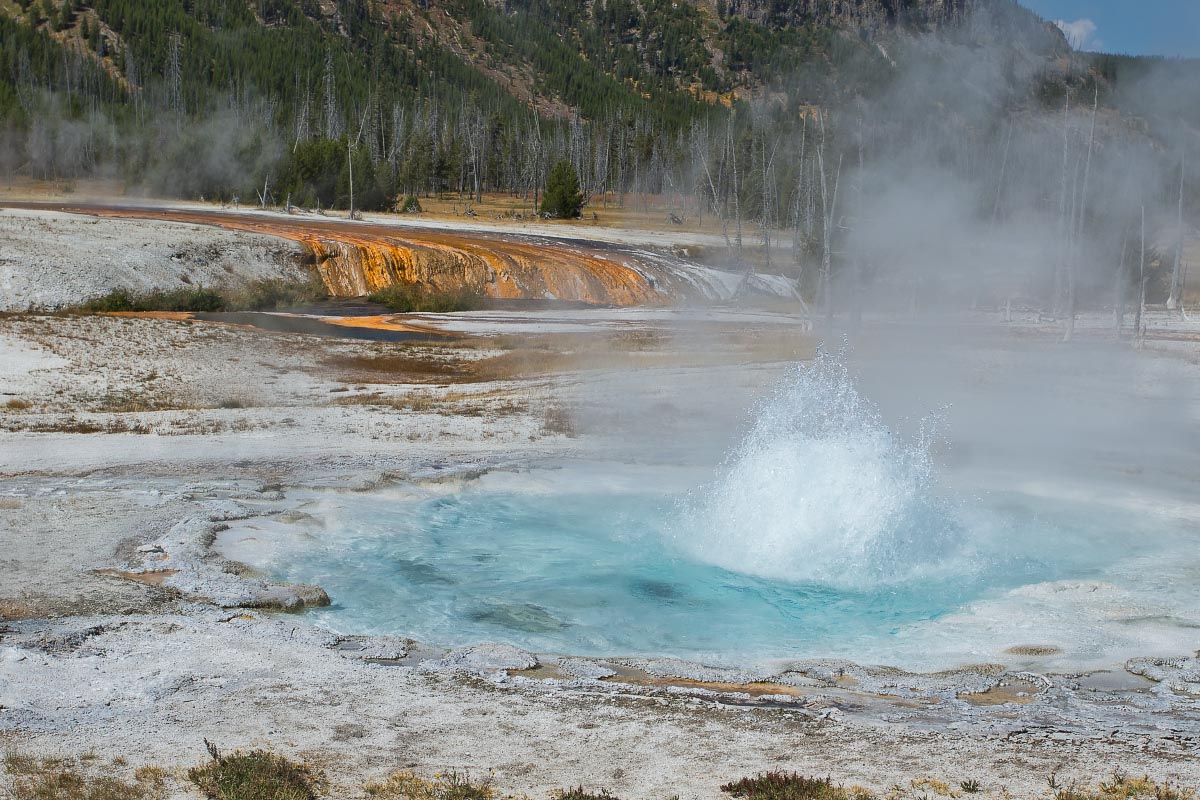
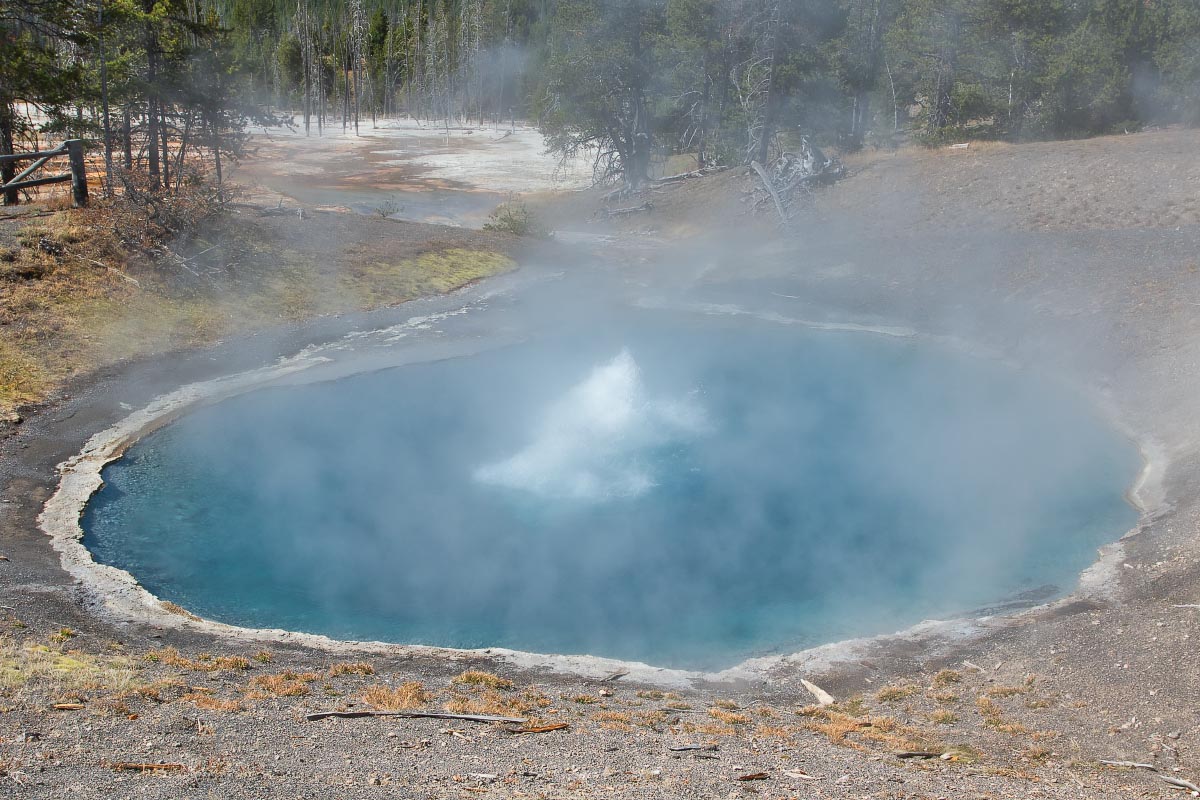
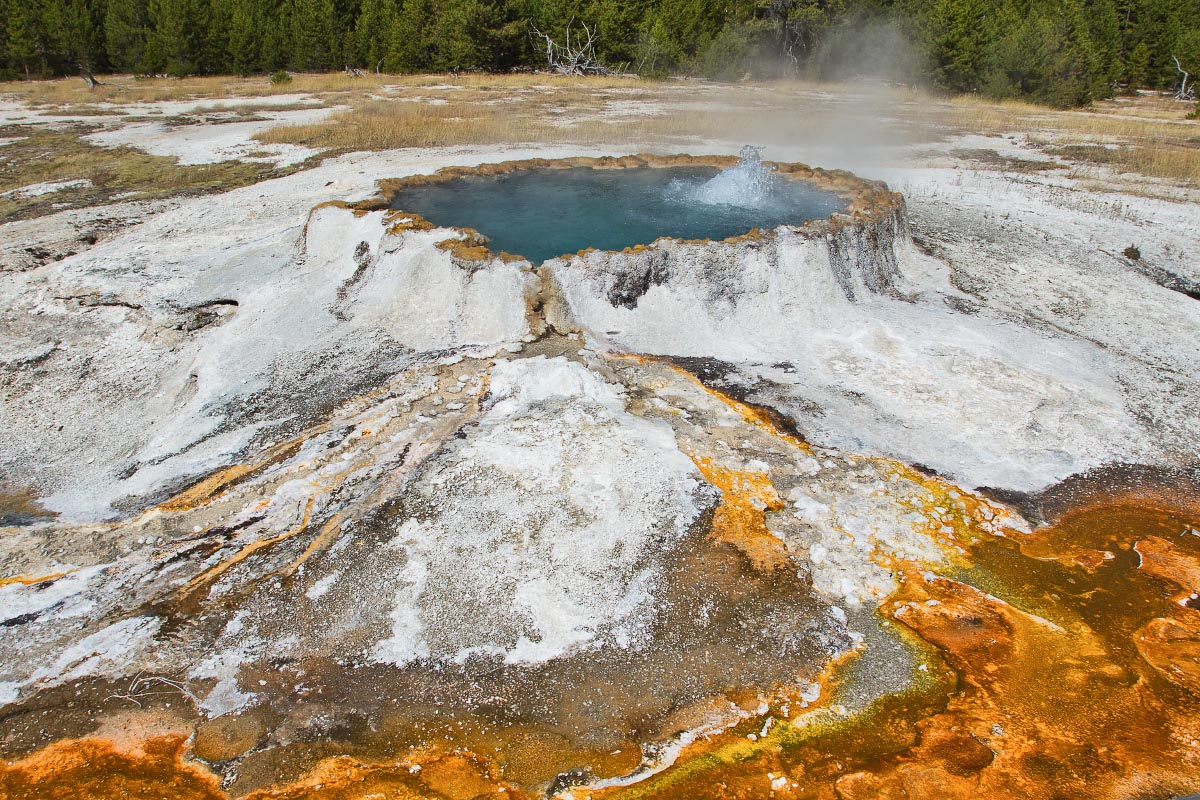
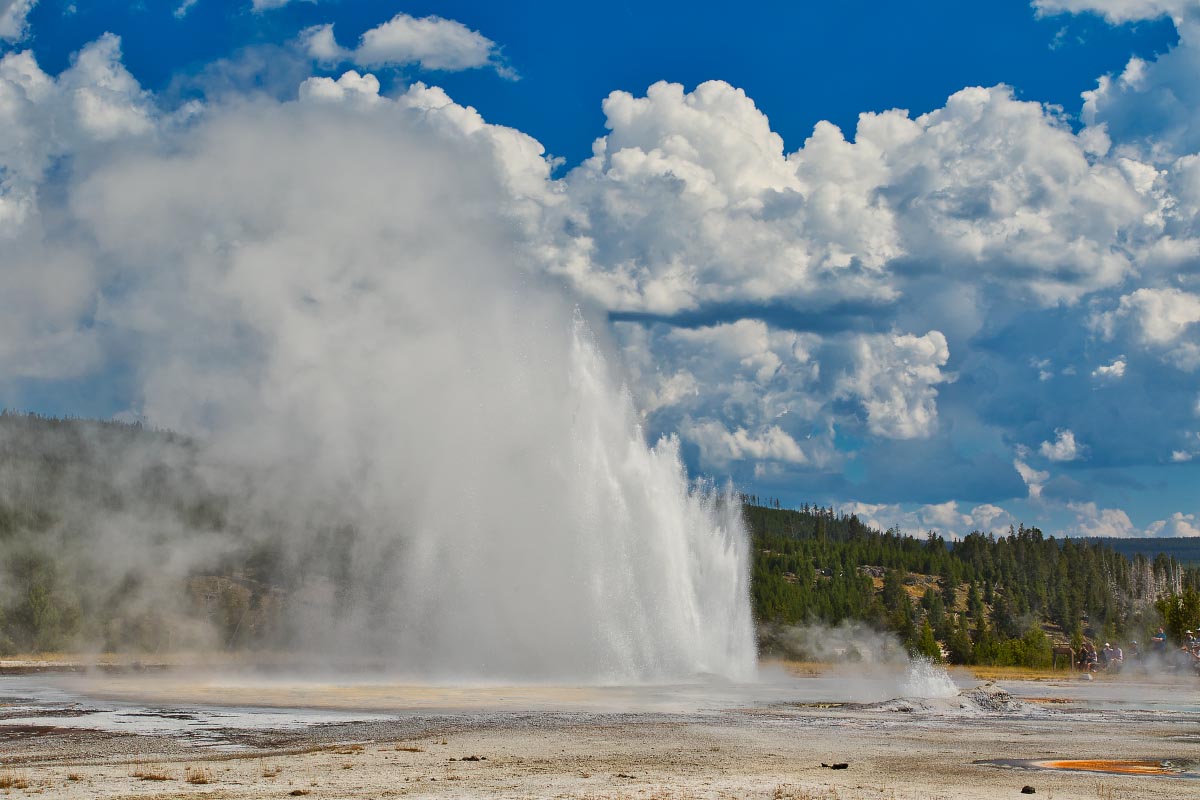
9/22/2018: Our 5th year in search of fall color
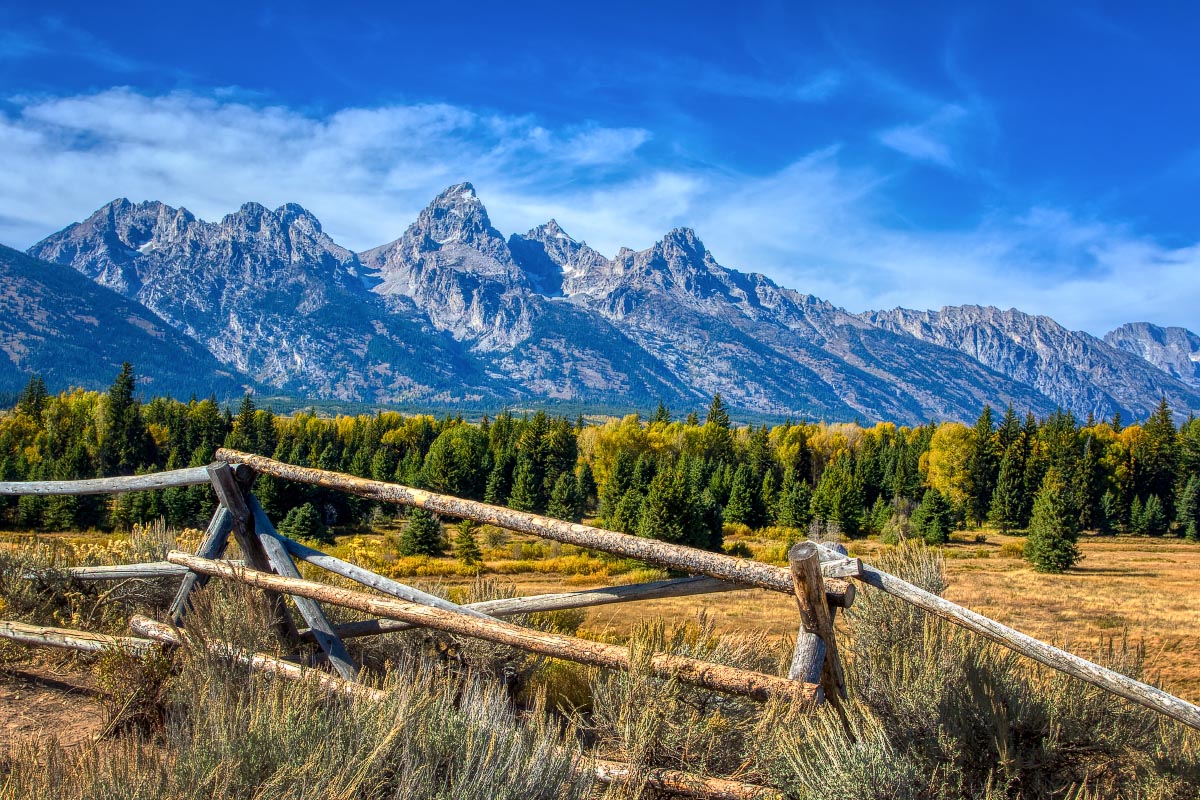
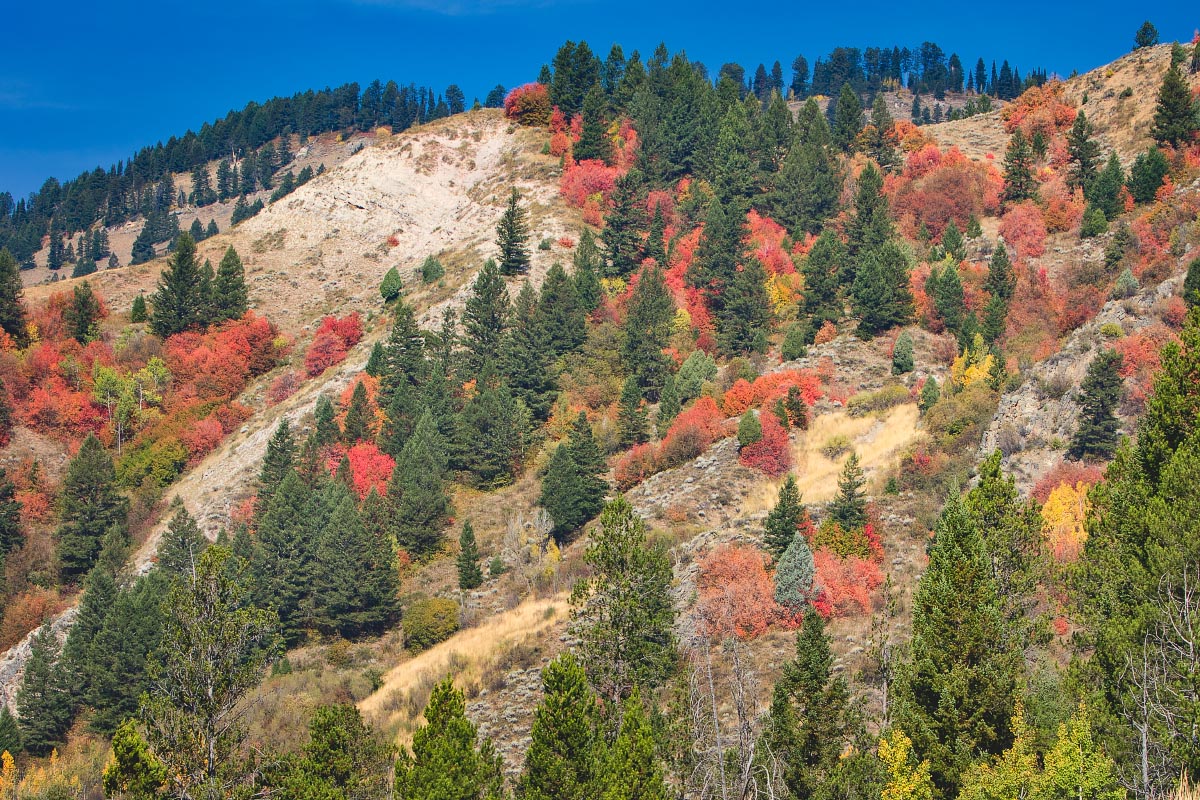
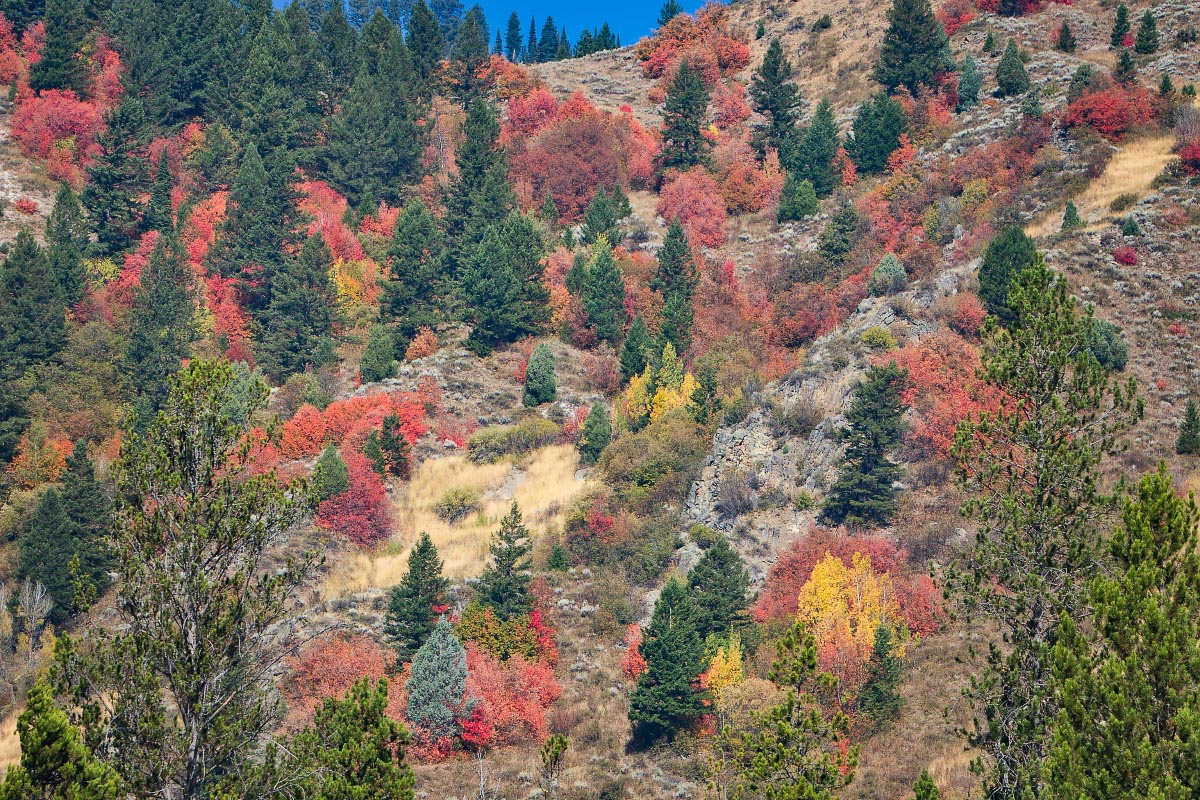
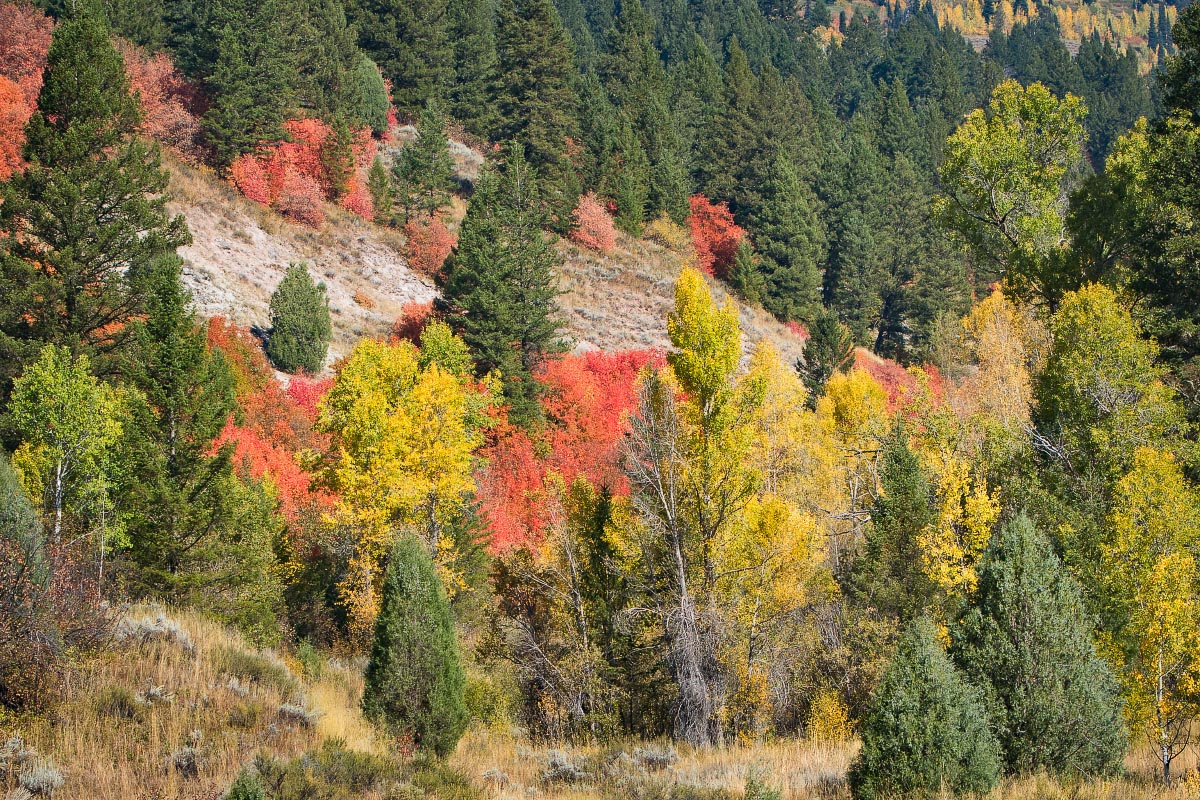
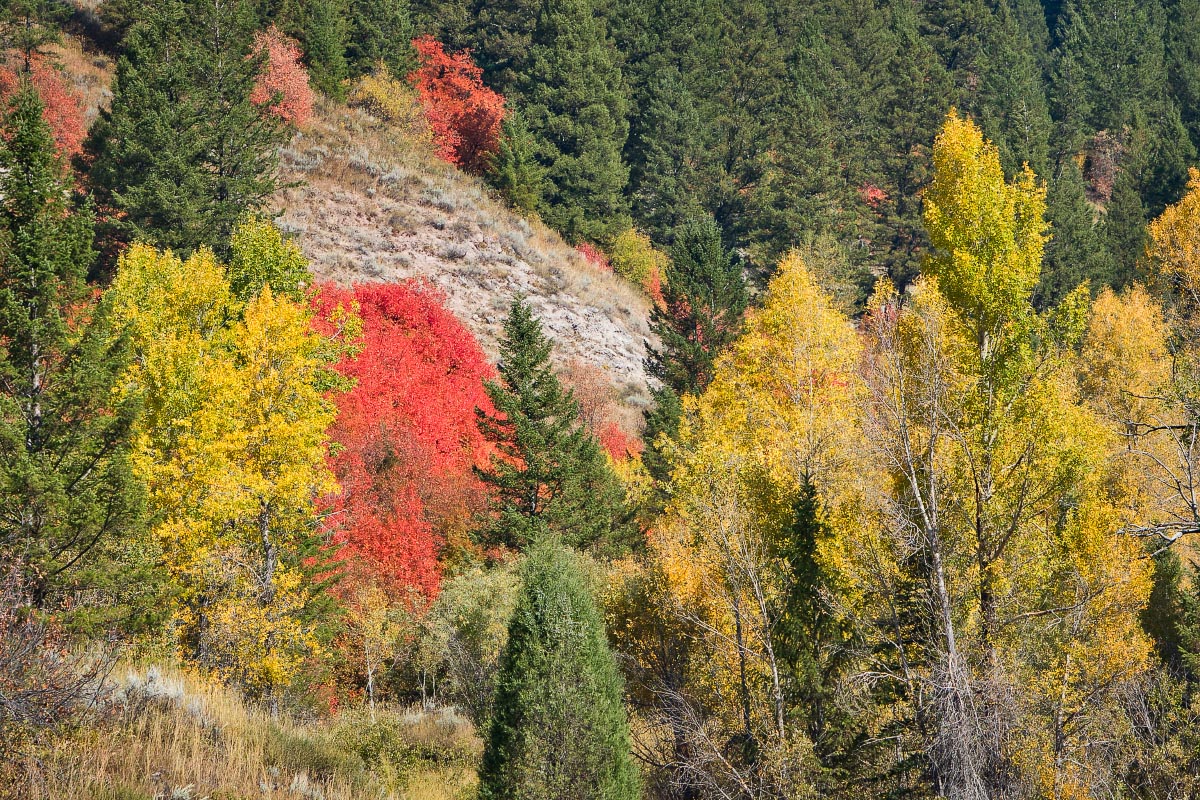
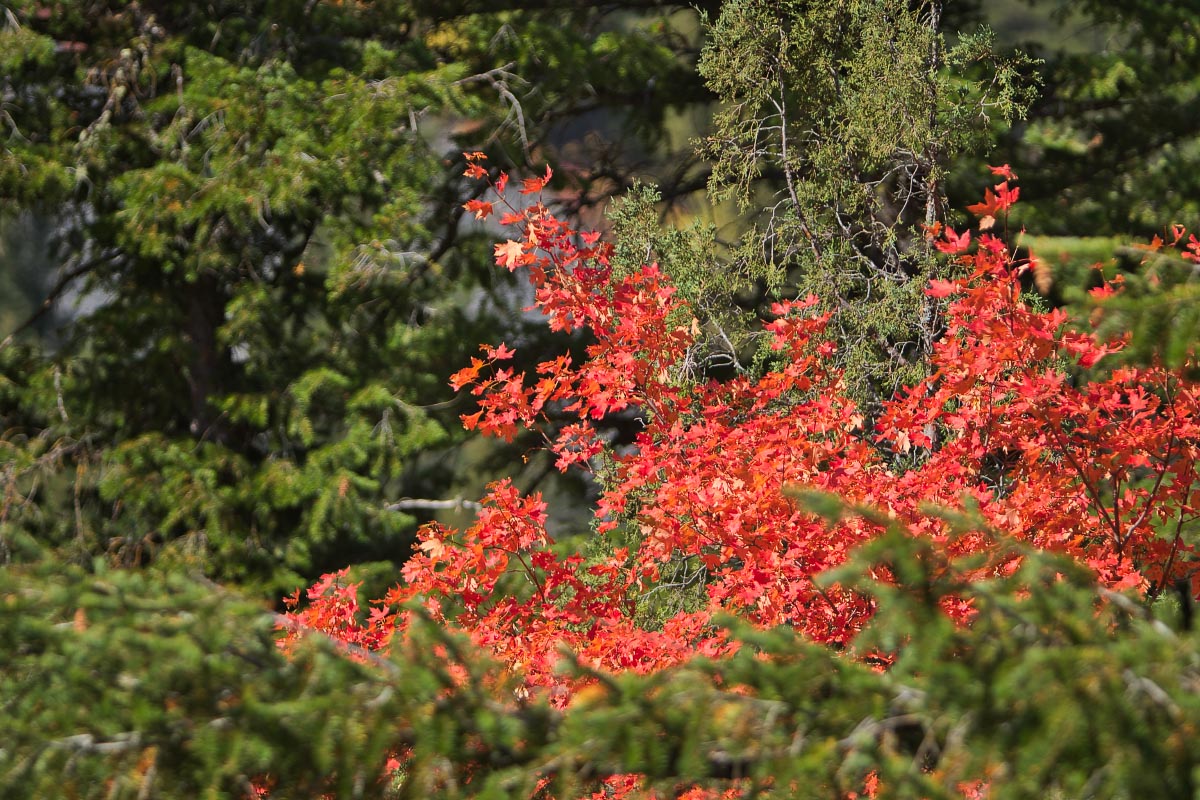
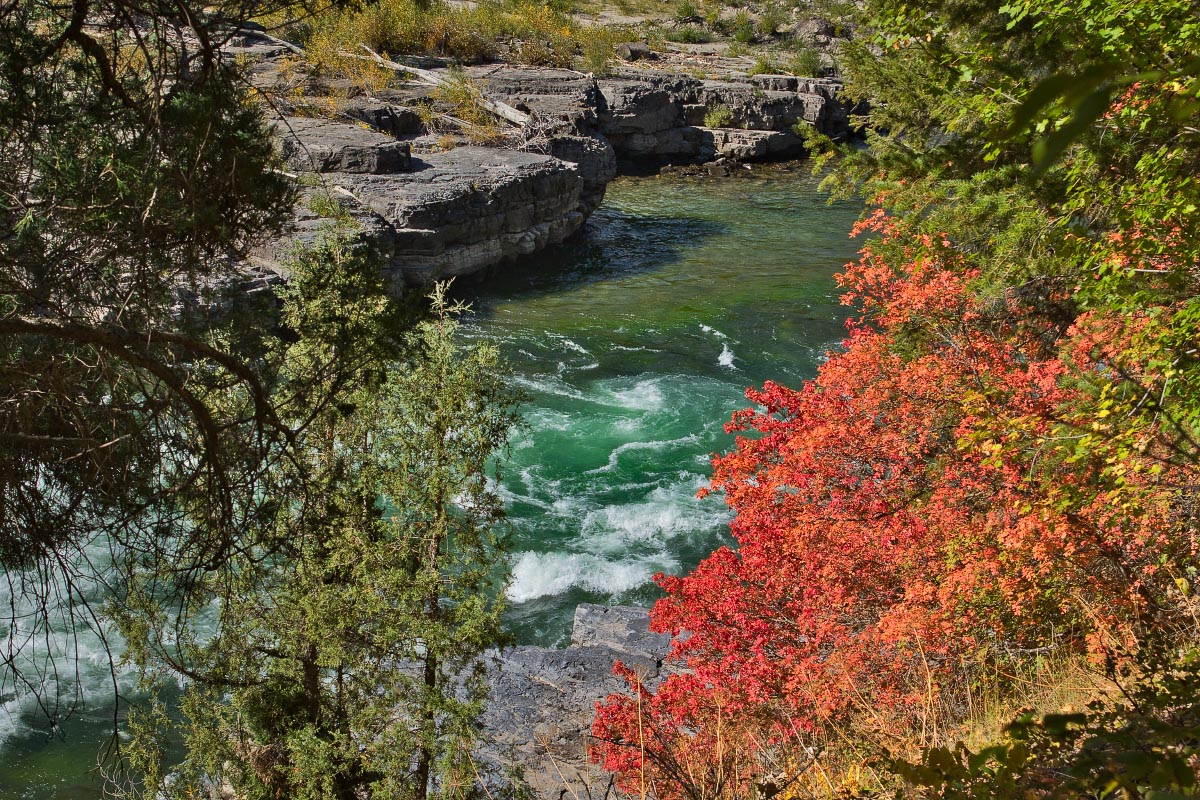
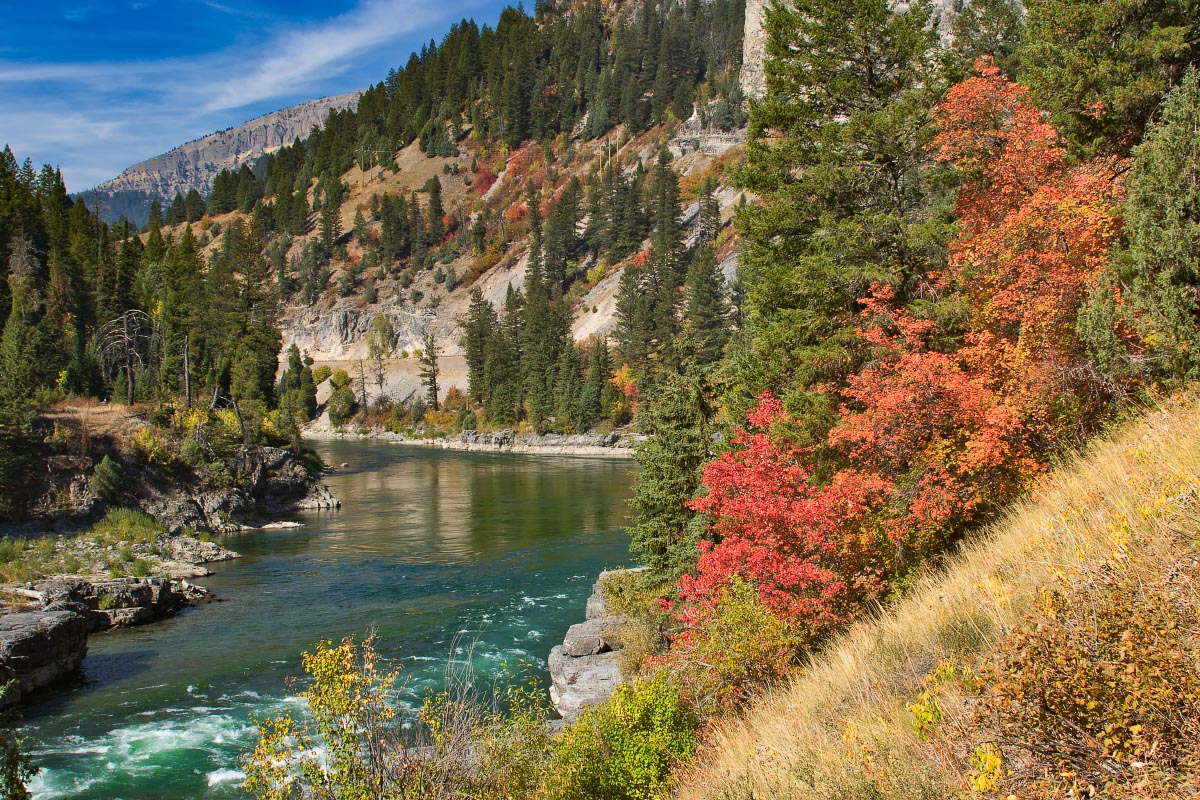
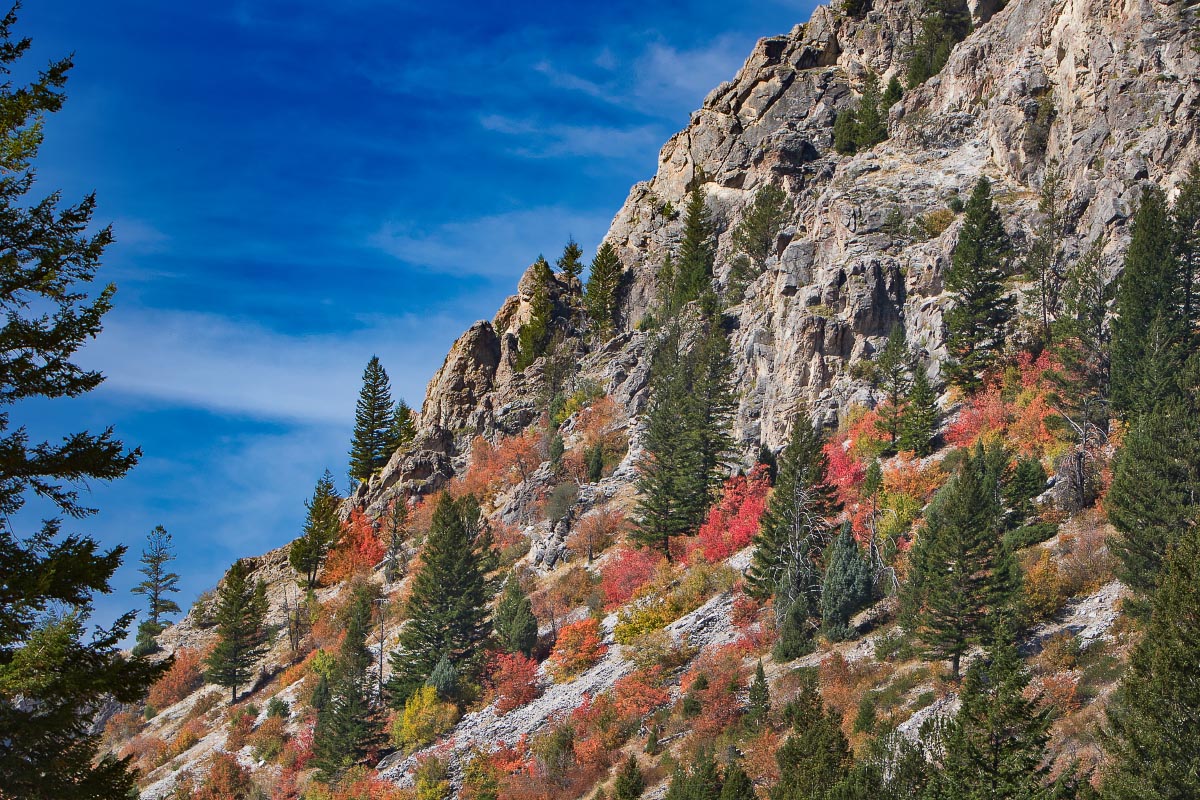
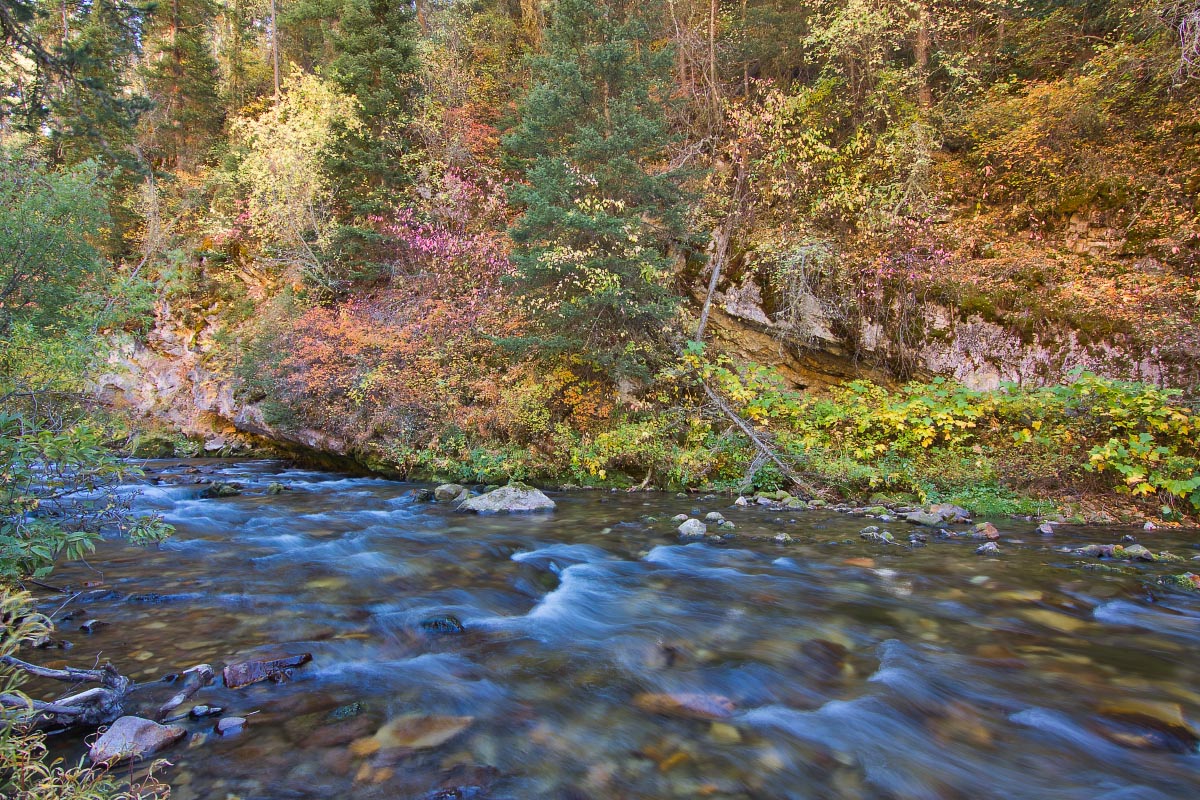
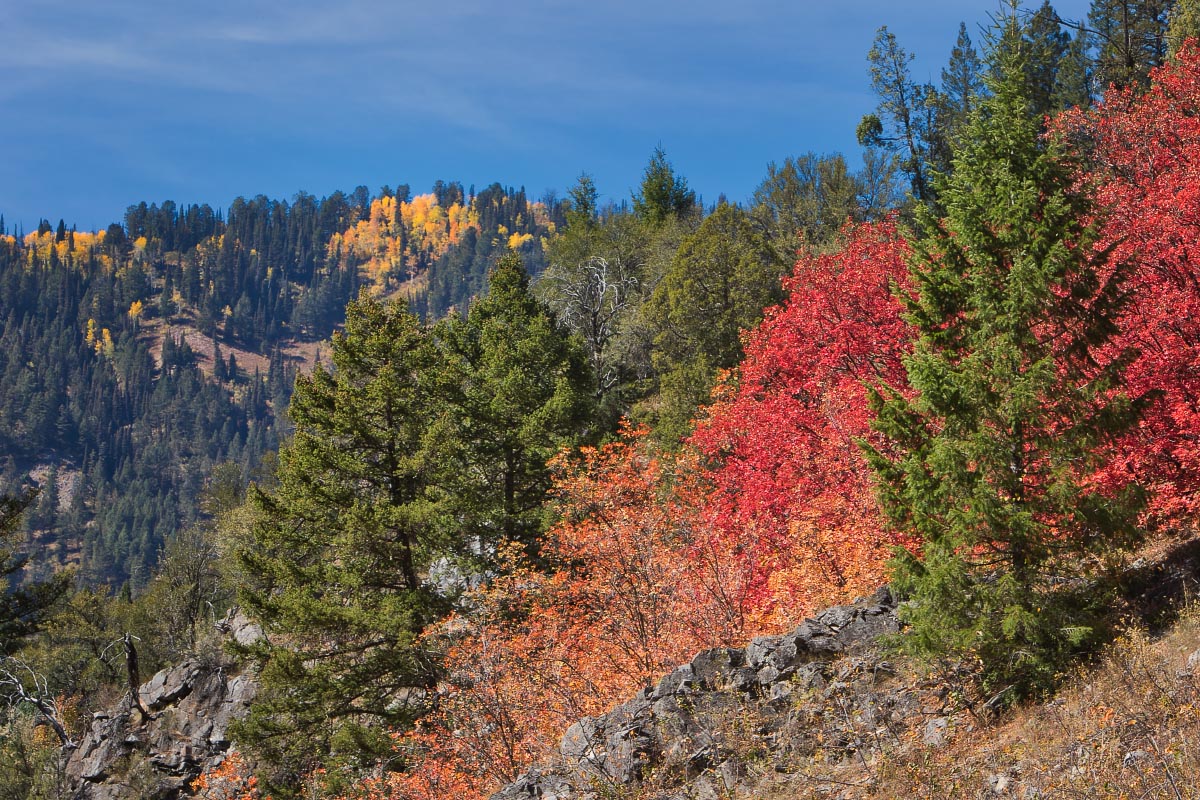
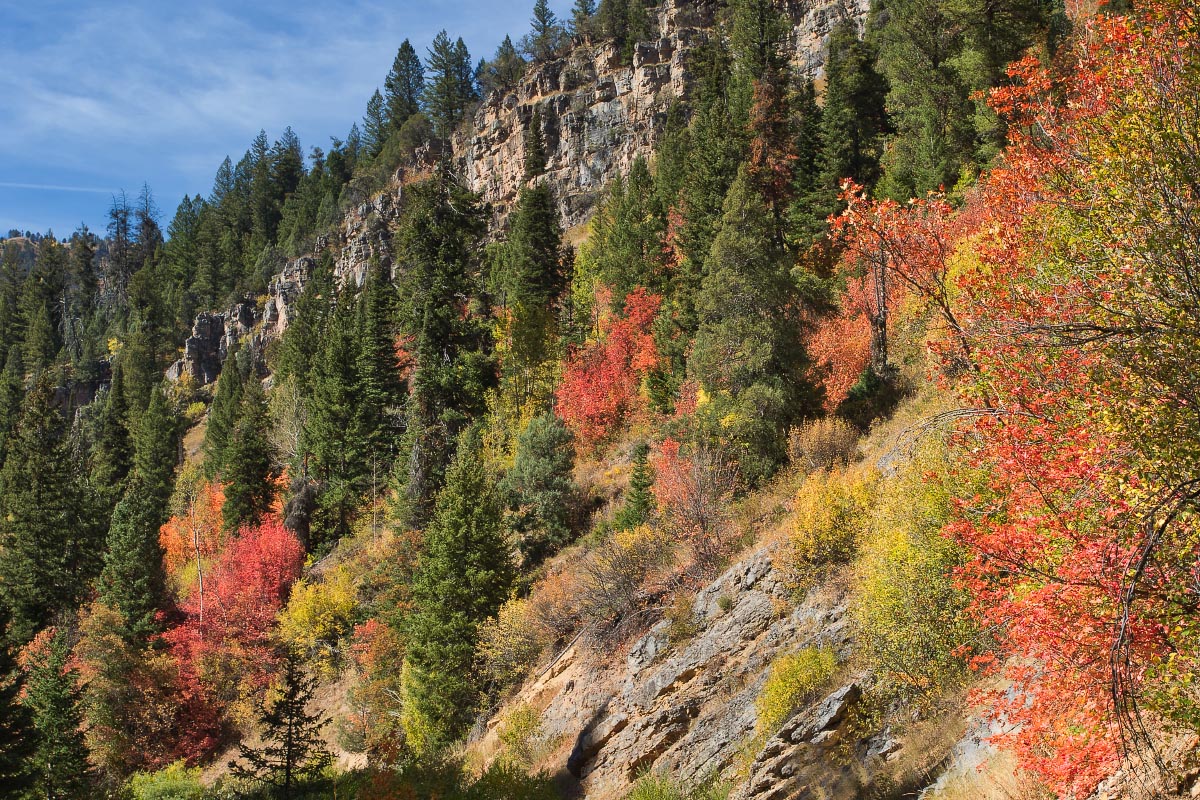
Ended the day back at the Tetons for sunset.
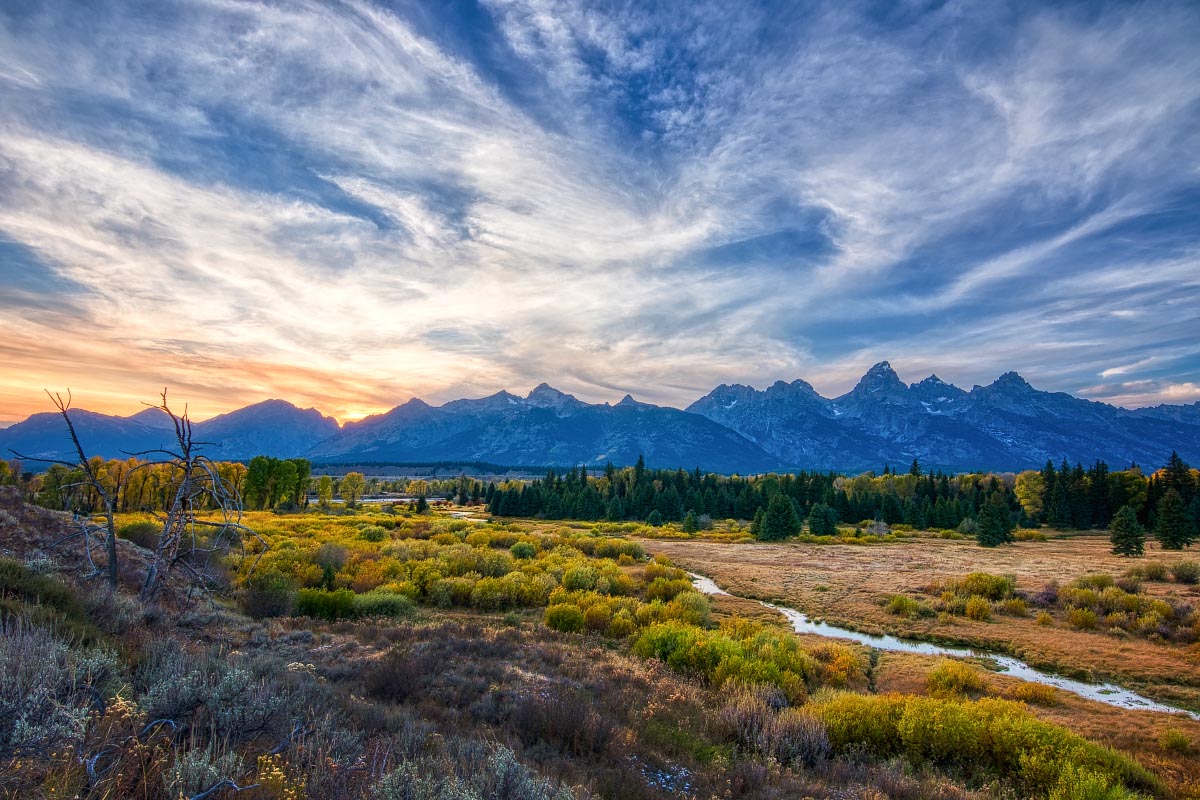
Of course, we don’t even have to leave home for fall color. This is the view of the Wind River mountains from our back deck!
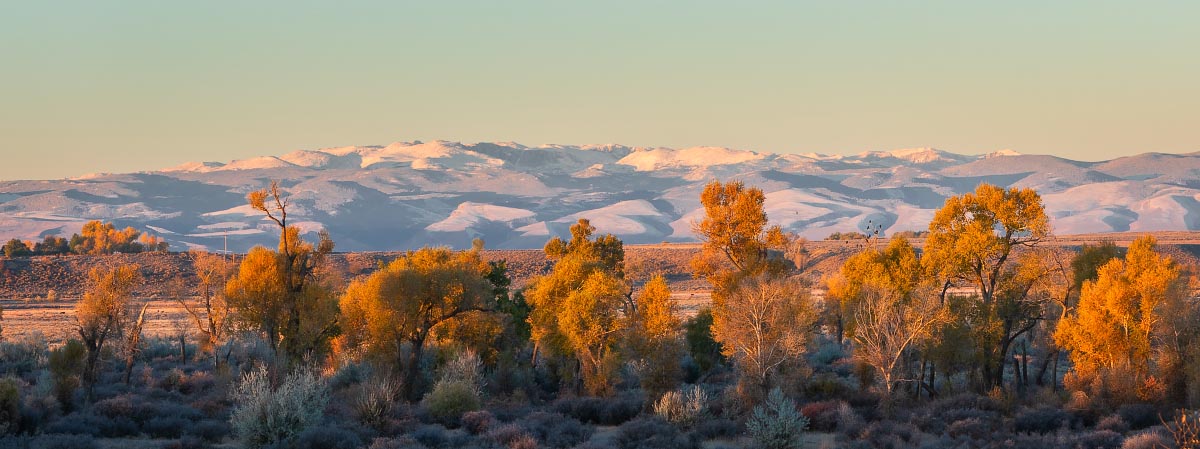
Earlier this year, Candy and I stumbled upon the most amazing rainbow colored hill at Sand Draw. Ever since then I planned to come back in the fall to photograph this spot with the cottonwoods along the dry river bed at sunset.
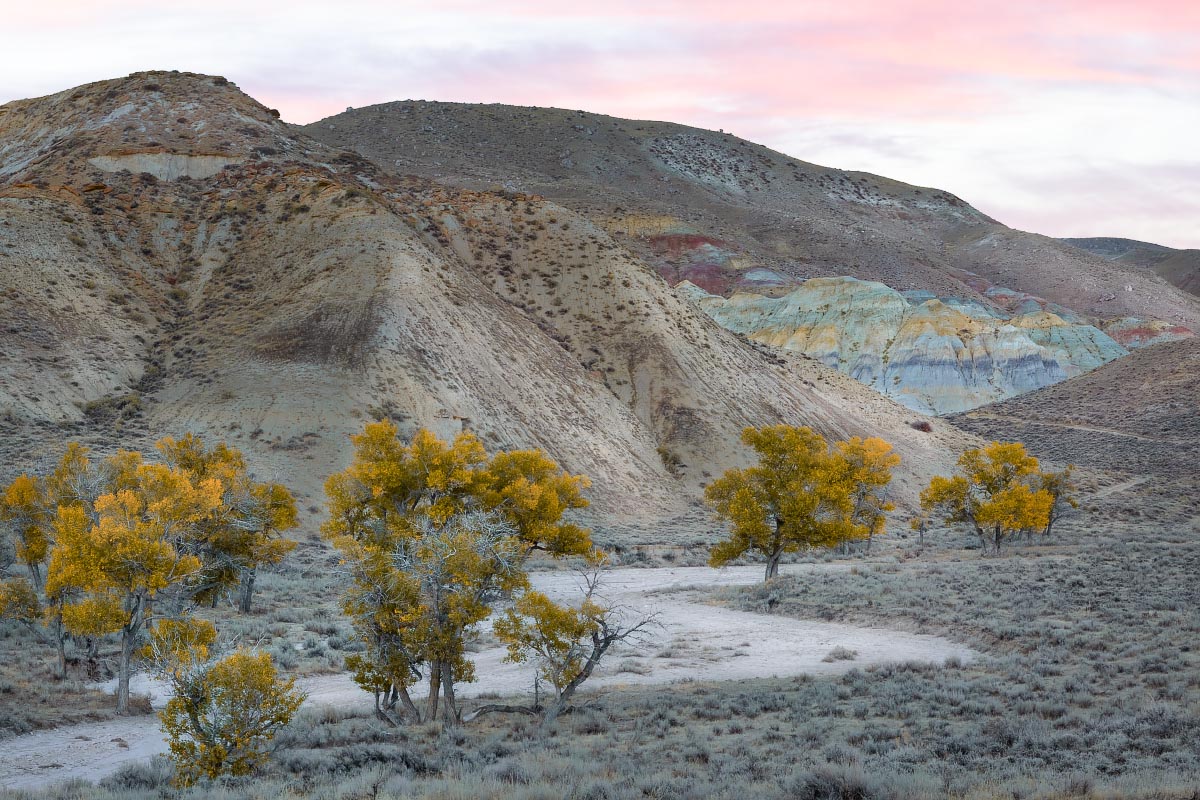
10/19/2018-10/21/2018: While I usually try to keep commentary to a minimum, these next few sections will be much different. As I mentioned previously, I am becoming a geyser fanatic. This weekend we went back to Yellowstone National Park with hopes of seeing even more geysers that we have not witnessed erupting previously.
Geysers 101: There are two main types of geysers. Fountain geysers erupt through a pool of water, while cone geysers erupt through a sinter cone which has been formed by the deposition of silica after years of activity. You may think that once you have seen one geyser, you have seen them all. However, each geyser has a distinctive “personality”. I will try to give you a sense of this as you go through this page.
OLD FAITHFUL
The most famous cone geyser is Old Faithful. I still enjoy watching Old Faithful, but it is a pretty straightforward geyser, with the eruption intensity mostly constant for 3-5 minutes. Its main advantage is its predictability and you can see it several time a day, I like viewing it under different lighting conditions.
Here’s Old Faithful backlit by the sun. What’s neat here is the sunlight highlights what is water (dark) vs. steam.
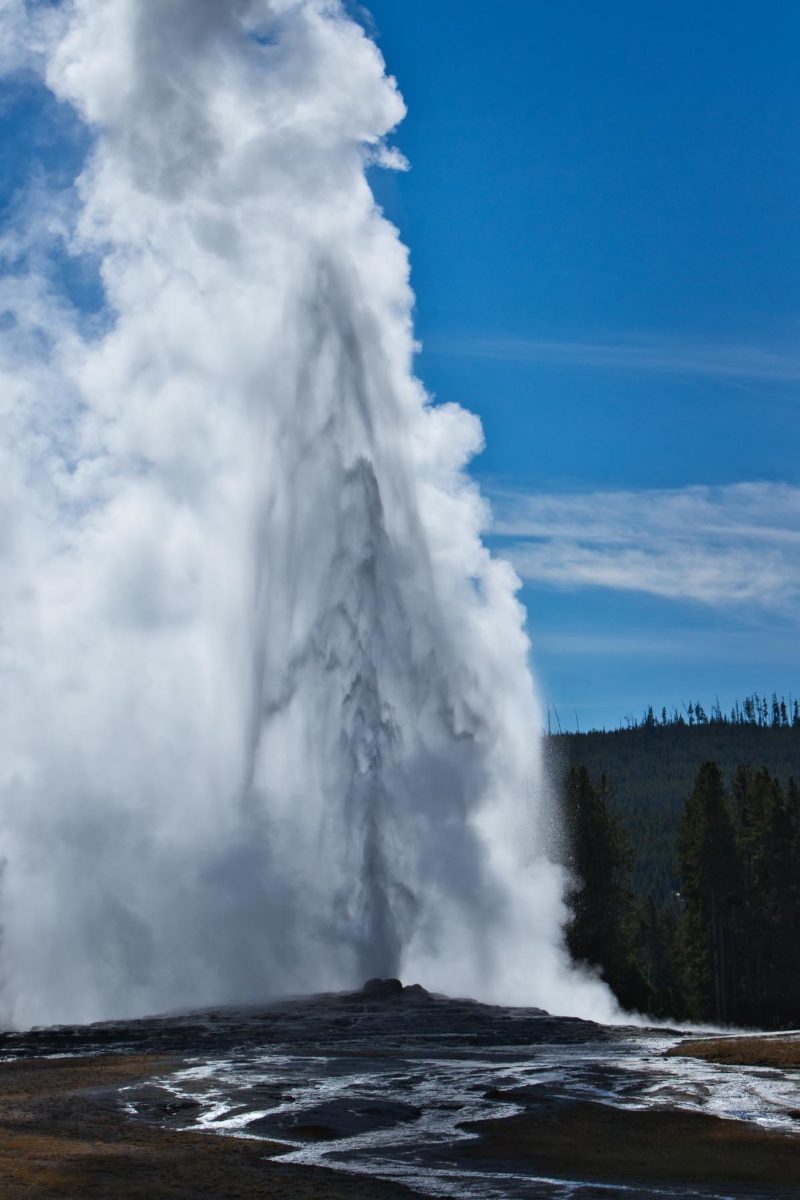
Here’s a nighttime long exposure of Old Faithful lit by the moon.
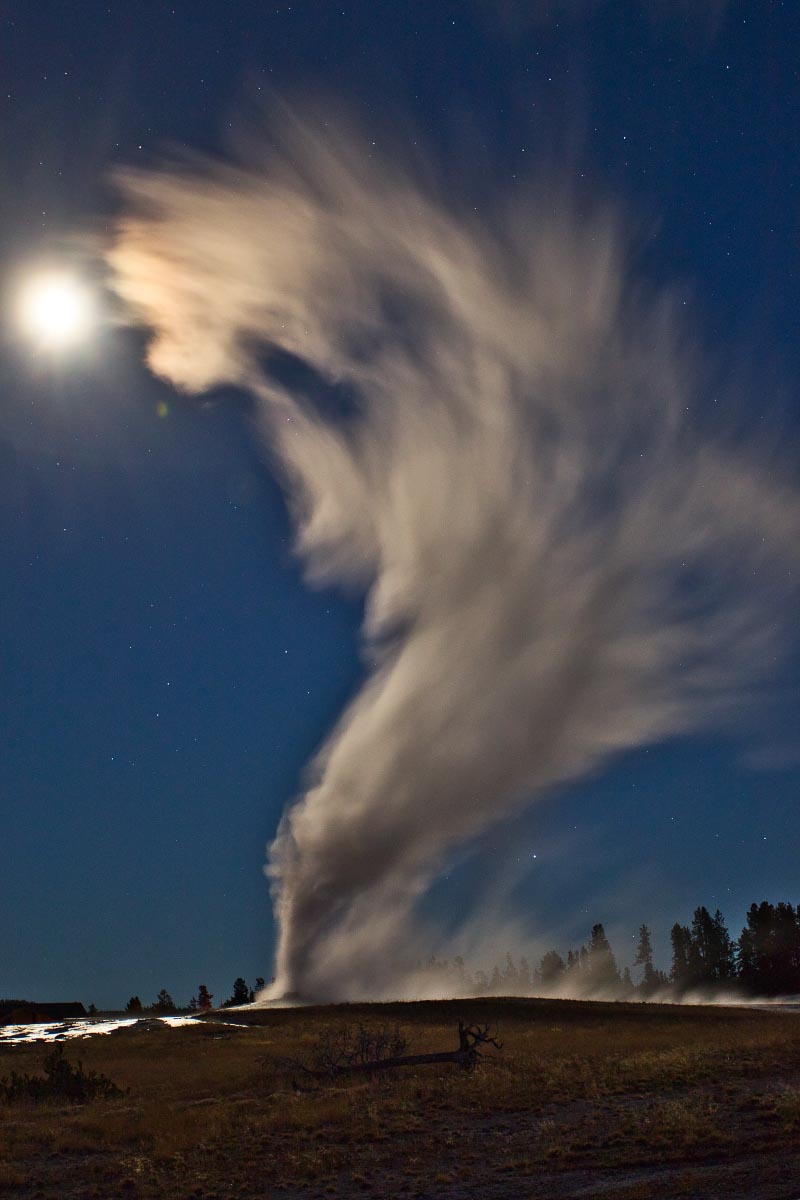
There are several impressive fountain geysers in Yellowstone. We have tried to see Great Fountain Geyser in the past but always missed it. This weekend we saw it TWICE! Even when not erupting, Great Fountain Geyser is beautiful to see. Its sinter formations form concentric terraced reflective pools around the 16 foot diameter vent pool. By learning the following sequence of events, we got pretty good at estimating how much time it will be before the next eruption.
First the center pool slowly fills then overflows the terraces.
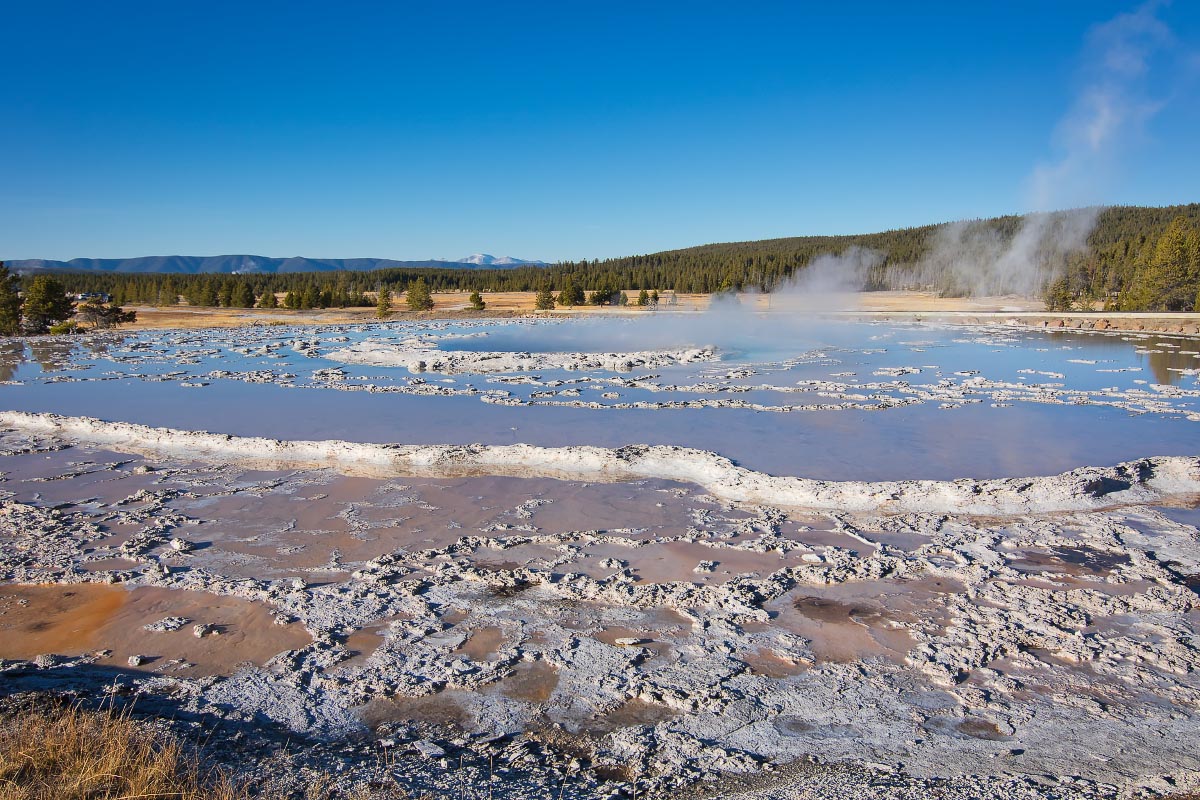
Then the center pool starts boiling around the edges.
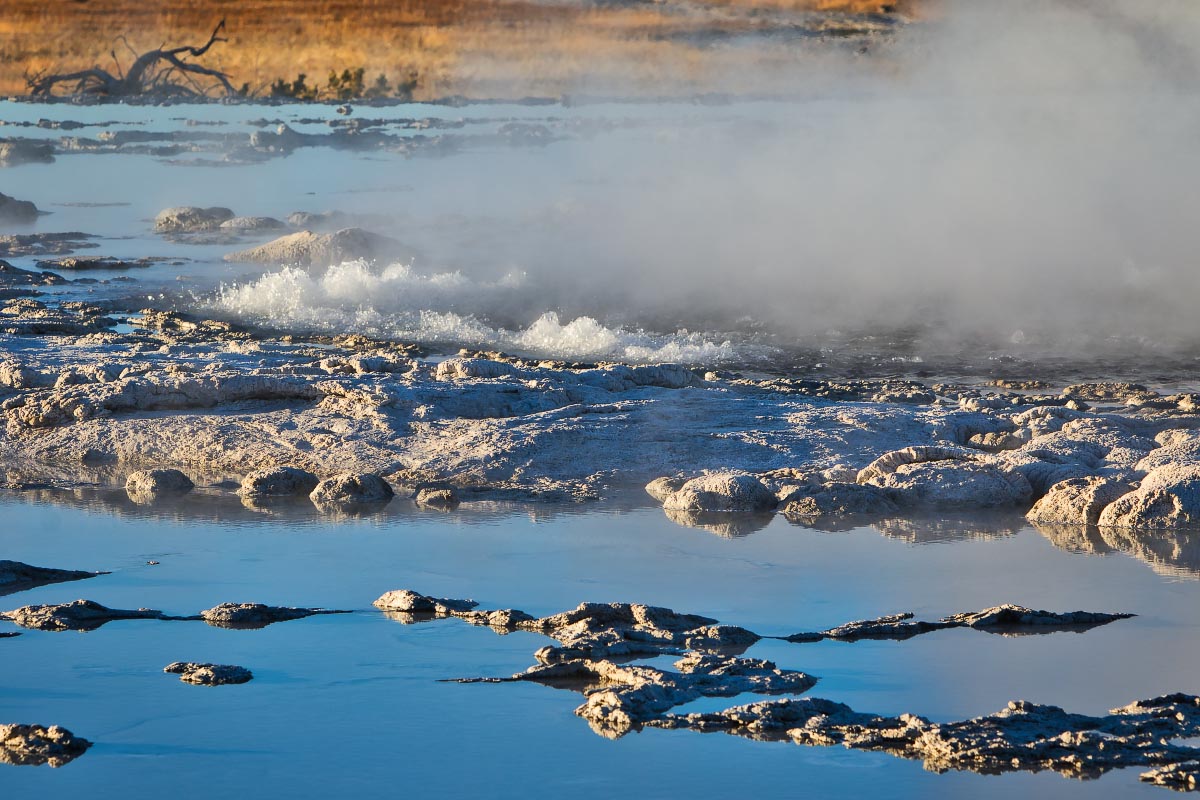
The boiling then becomes violent in the center just before the eruption begins.
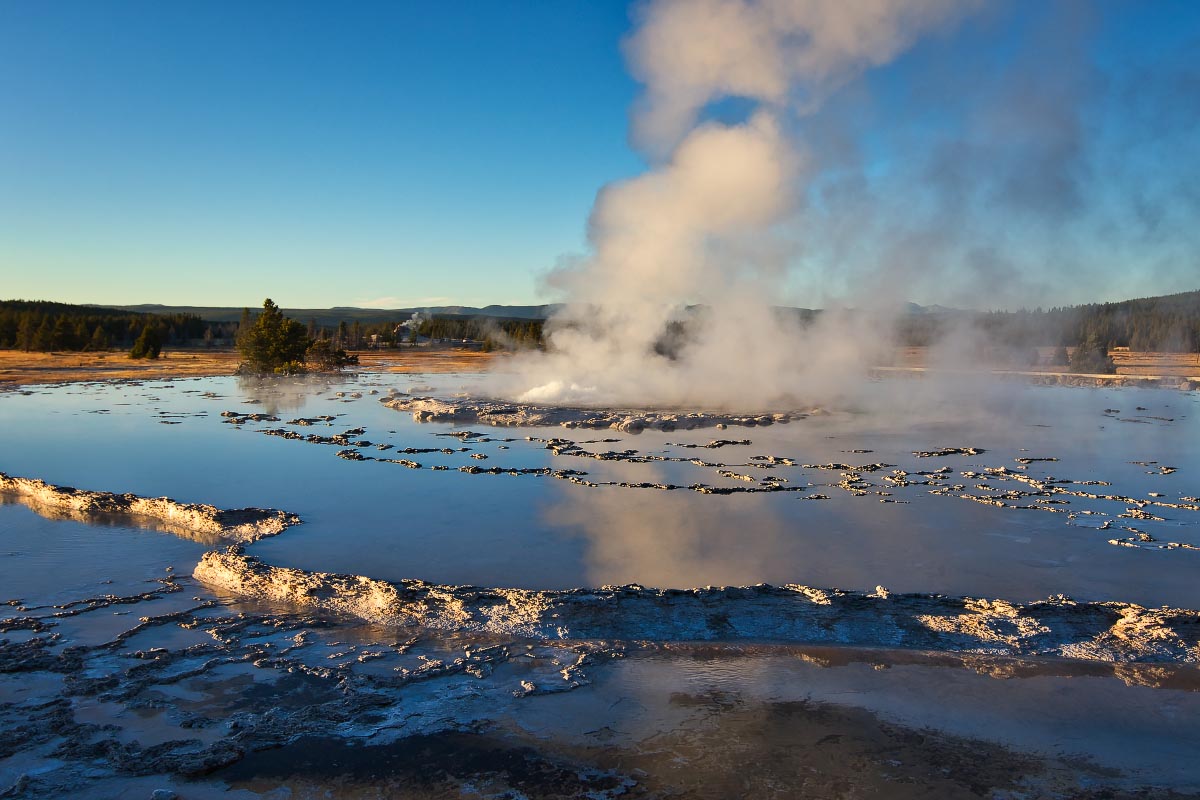
Each active period is a series of explosions where you can hear and feel the “boom” followed by the water exploding upwards. It is quite spectacular. The first time we saw it, it began right at sunset, making it an even more amazing experience.
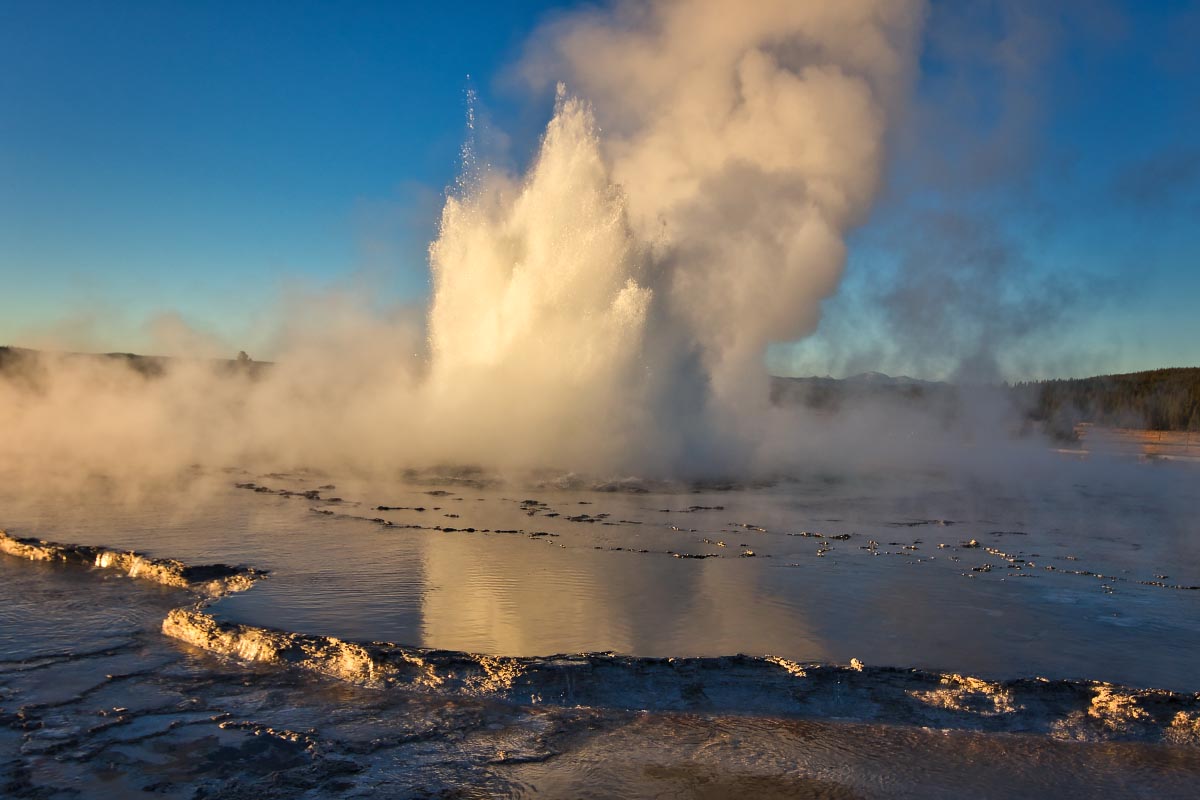
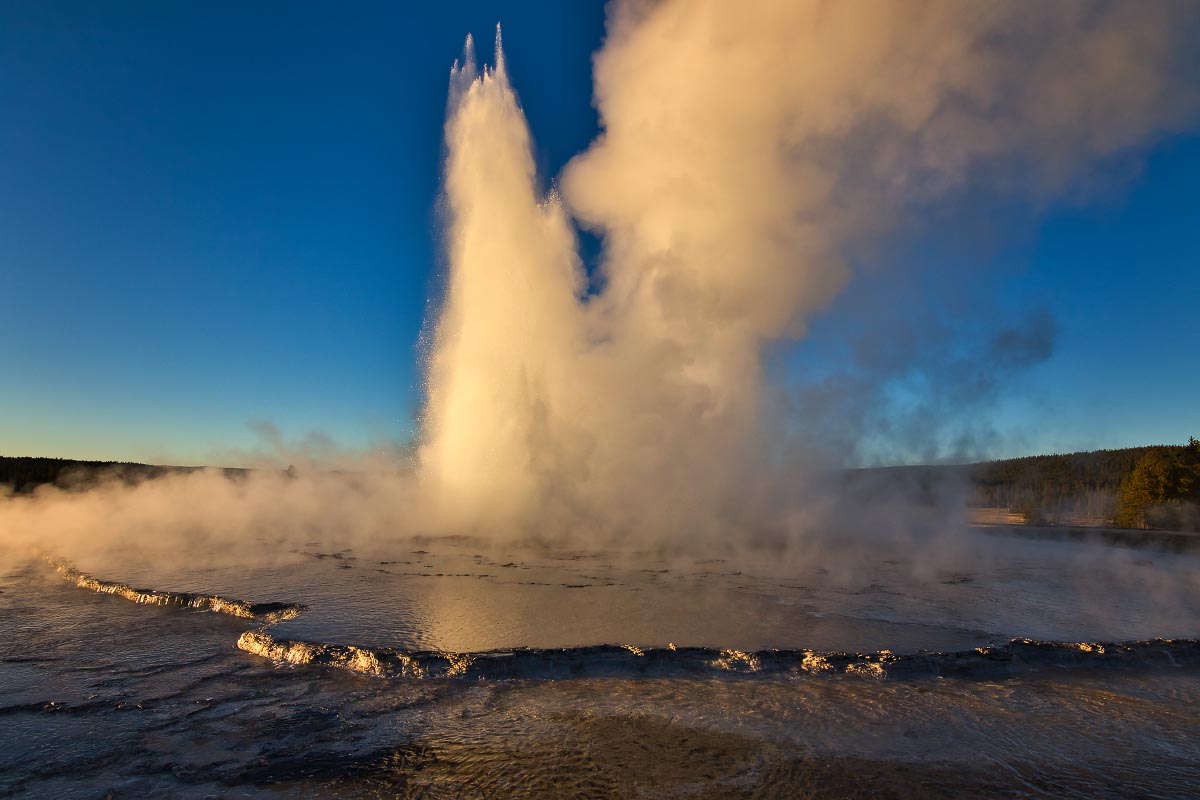
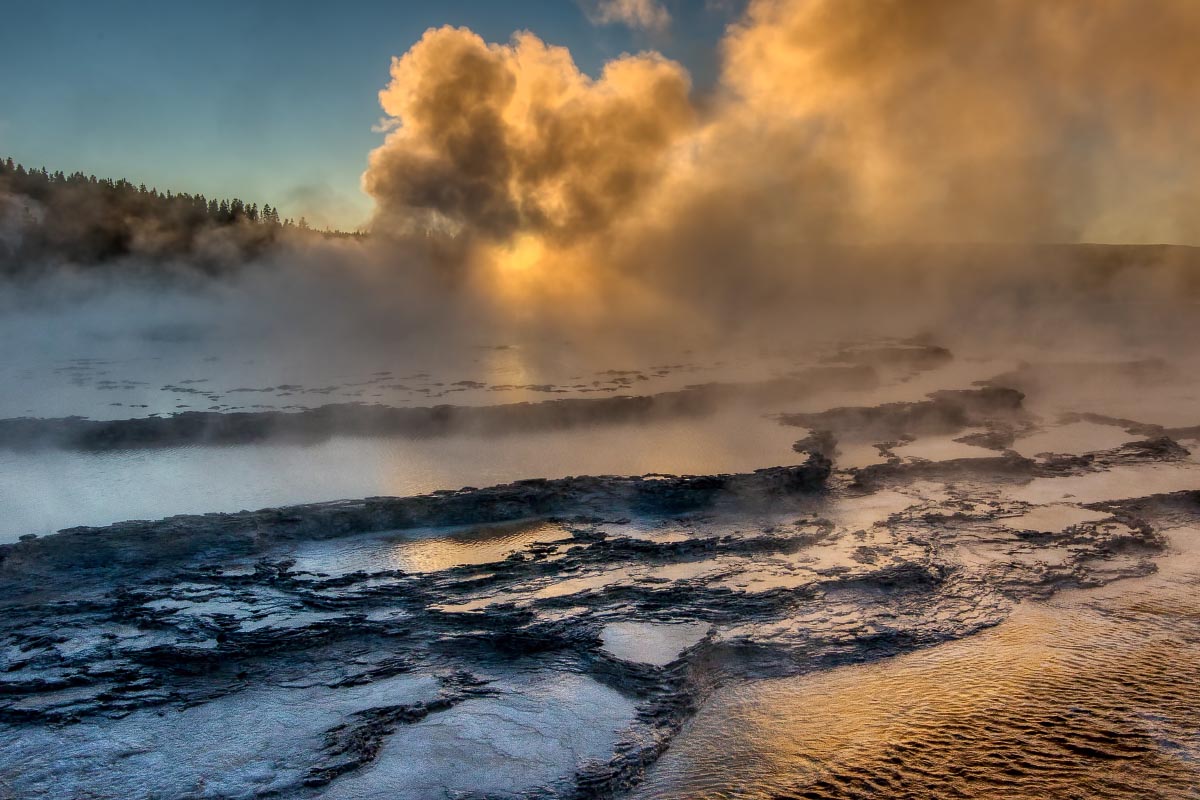
Unique to Great Fountain is that its eruption is spread out over almost an hour but with 5 minute quiet periods between each active period. After the first period we could hear everyone stating that may have been the most beautiful geyser they’ve ever witnessed, and then almost everyone leaves! At the sunset eruption we did leave after the first period because it would be too dark to see and photograph. The following day we stayed for the entire event of 4 active periods over about 45 minutes.
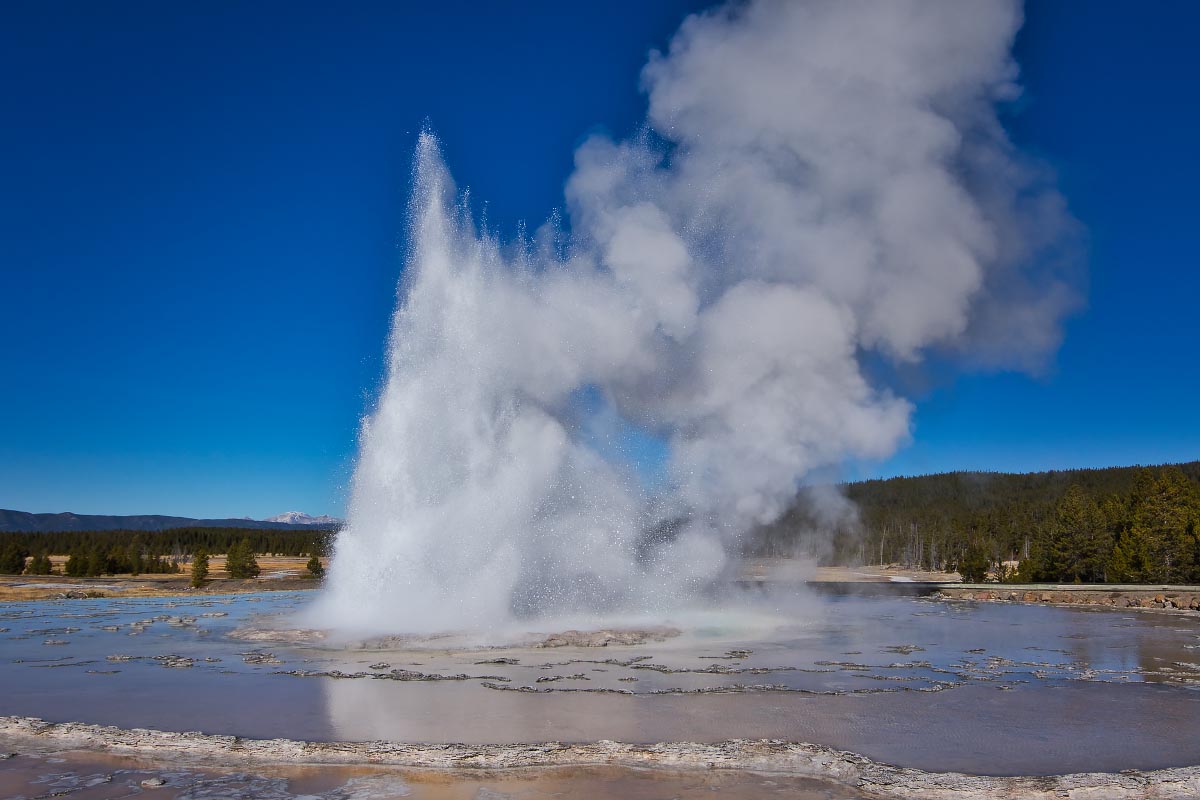

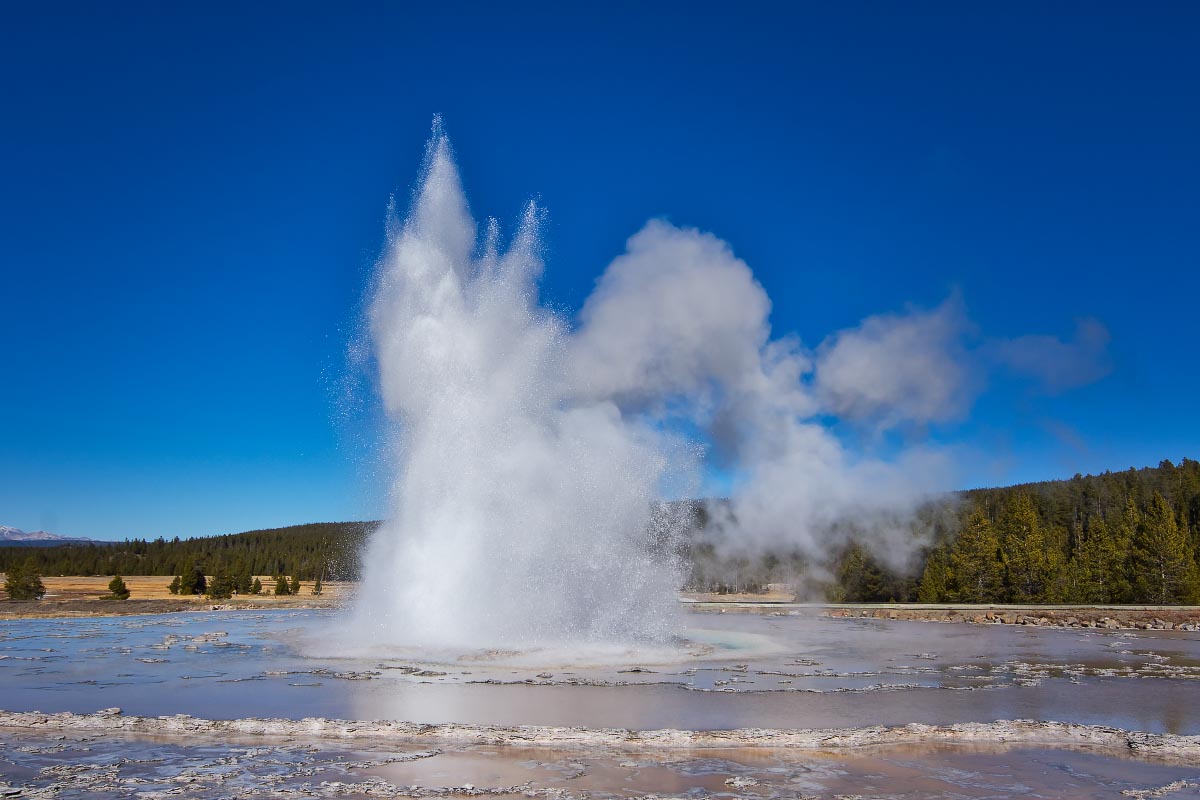
In the future, I plan on going back numerous times to see this one. Not only because it is beautiful and different every time, but we also missed a spectacular phenomenon called the Blue Bubble. Apparently, sometimes the entire 16 foot central pool of water will dome up with gas and form a huge blue bubble witch then pops and explodes into an eruption.
WHITE DOME GEYSER
White Dome is visible from the viewing platform of Great Fountain Geyser. While waiting for Great Fountain, it is easy to see White Dome erupt, although its interval can vary anywhere from 15 minutes to 3 hours. It has one of the largest sinter cones in Yellowstone.
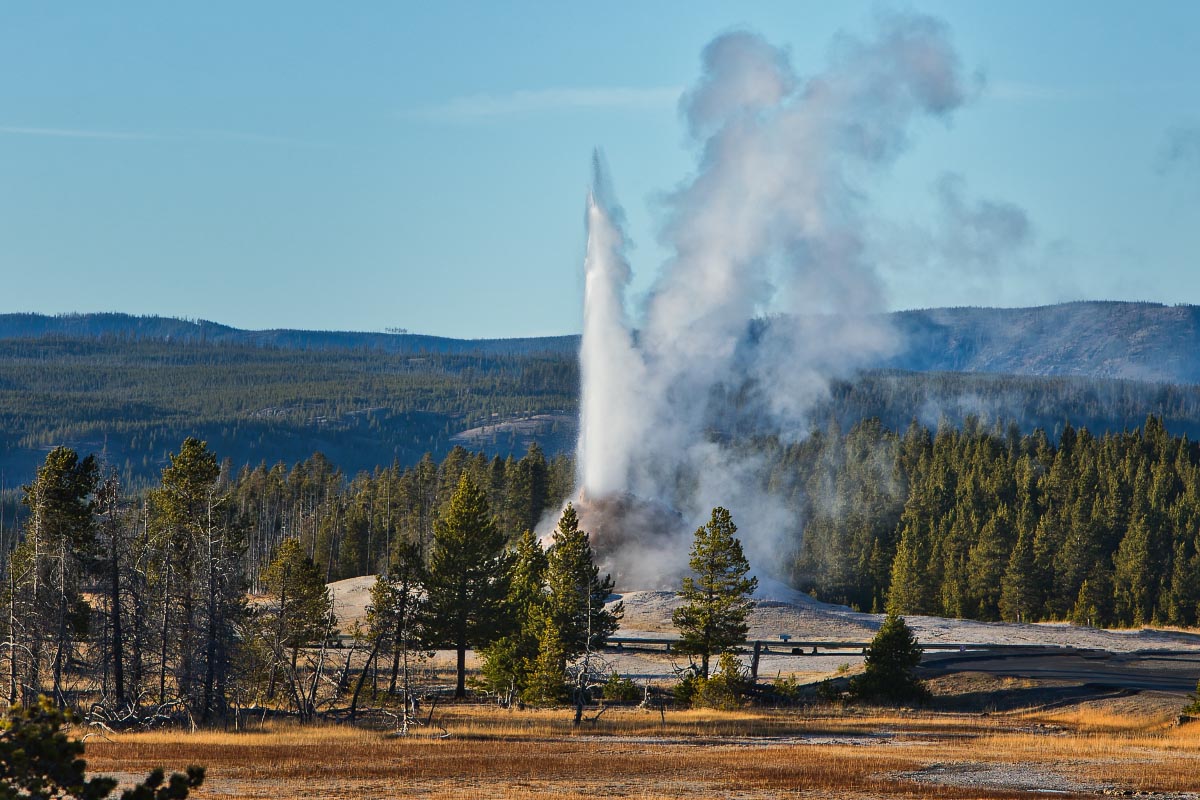
CASTLE GEYSER
Castle Geyser is another of our favorites and is a cone Geyser. Its enormous sinter cone suggests that it has been active for thousands of years. There are several things I enjoy about Castle. It’s eruption is long, about 20 minutes (compare to Old Faithful @3-5 minutes). It puts out a lot of water which causes waterfalls down the cone’s surface. After the main eruption, there is then a 40 minute steam phase. To clarify, most geysers gently steam when not erupting, but this is an extremely high pressure, high speed flow causing a loud roaring sound. Because Castle produces a lot of steam, on any sunny day you can almost always see a rainbow.
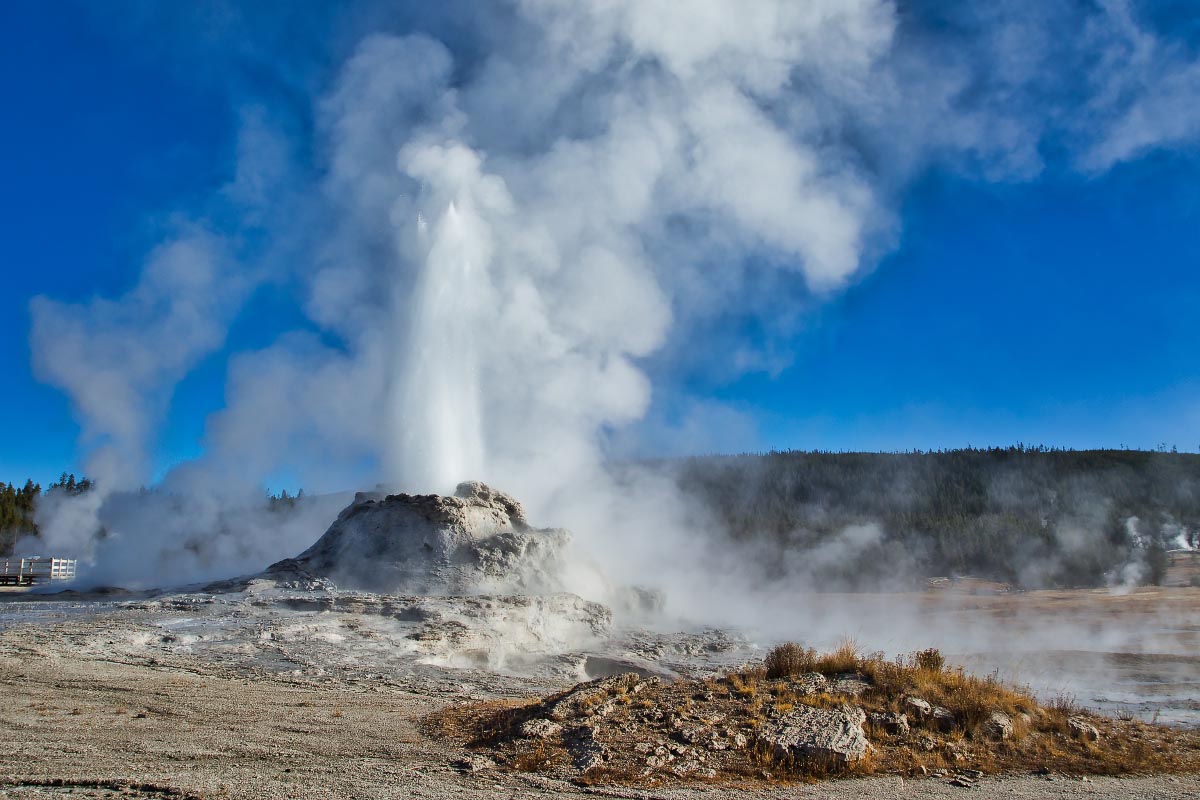
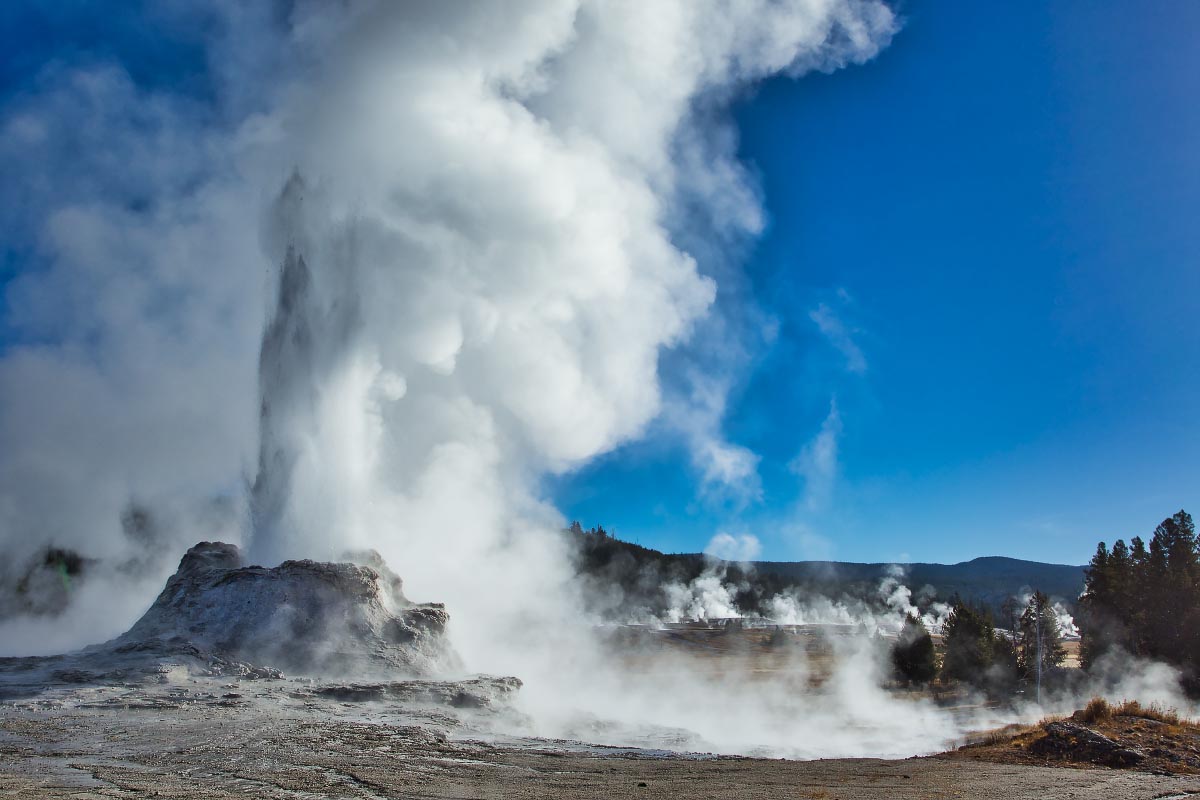
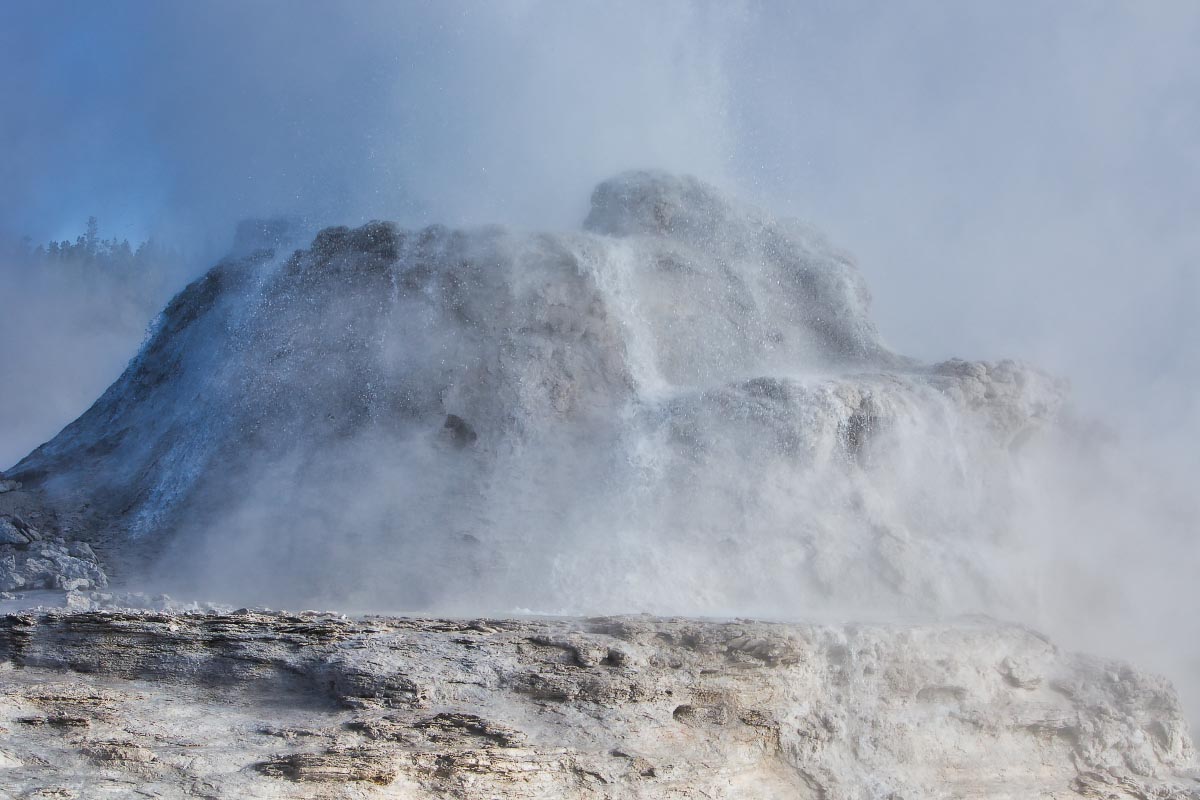
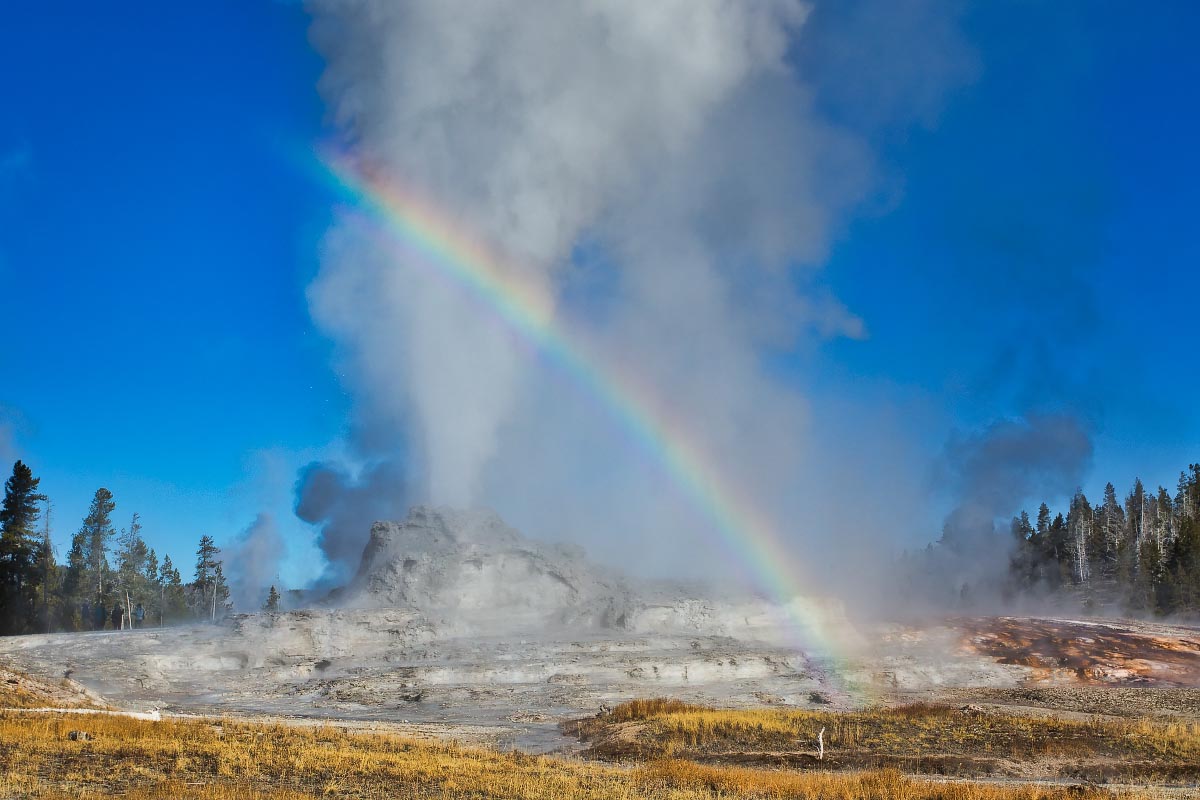
RIVERSIDE GEYSER
Riverside Geyser is another crowd favorite. It is a cone geyser unique in that is sits on the shore of the Firehole River and erupts at an angle causing a shower onto the river.
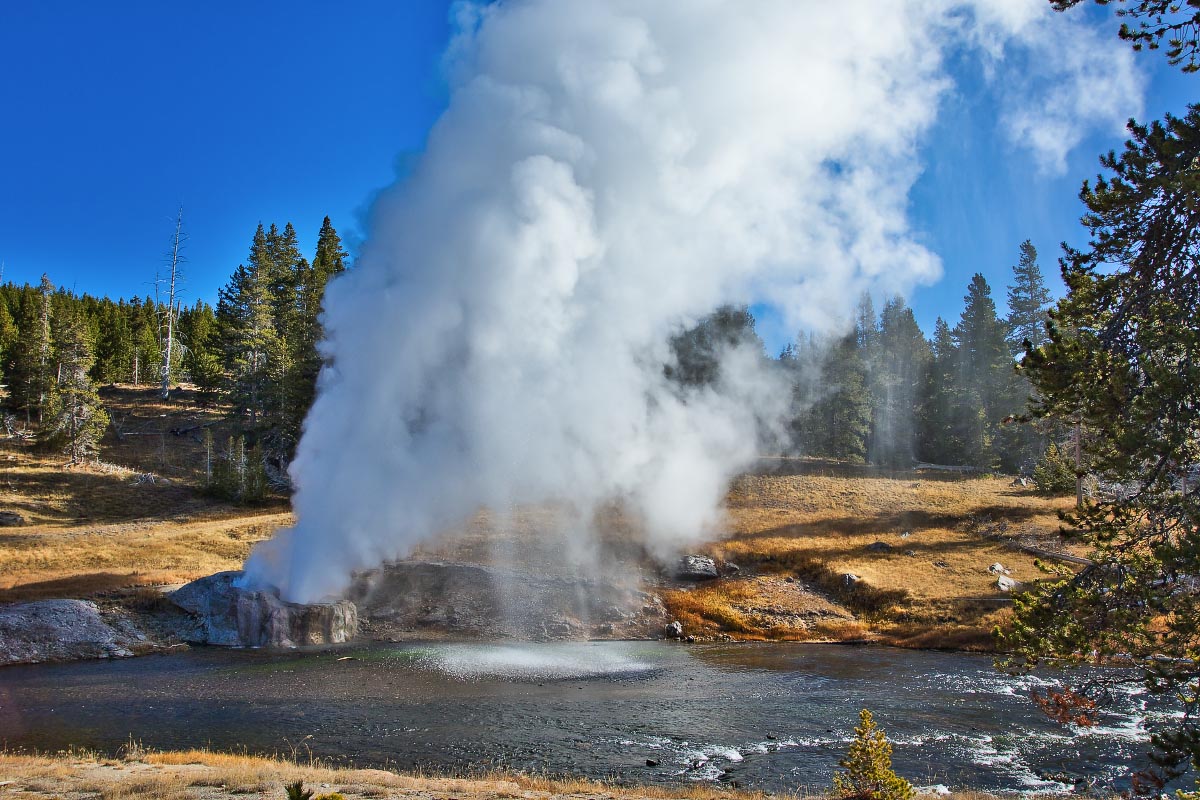
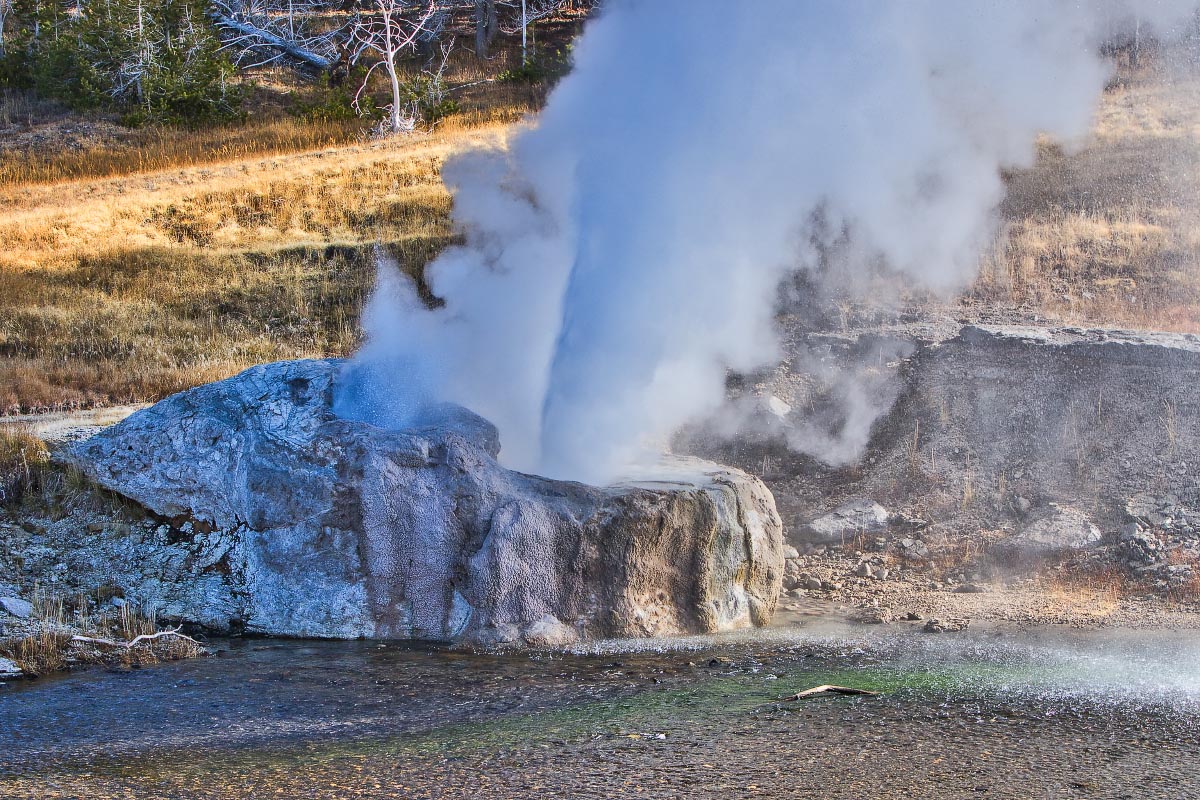
LION GROUP
This group of 4 cone geysers sits on a mound on Geyser Hill in the Upper Geyser Basin. Heart Spring is in the foreground. Lion is the large cone on the right. Then moving left comes Big Cub which hasn’t erupted in 20 years. Next (can’t see the cone from this angle, just some steam) is Lioness which hasn’t erupted in over 50 years. The small cone on the left is Little Cub which has frequent very small splashing eruptions.
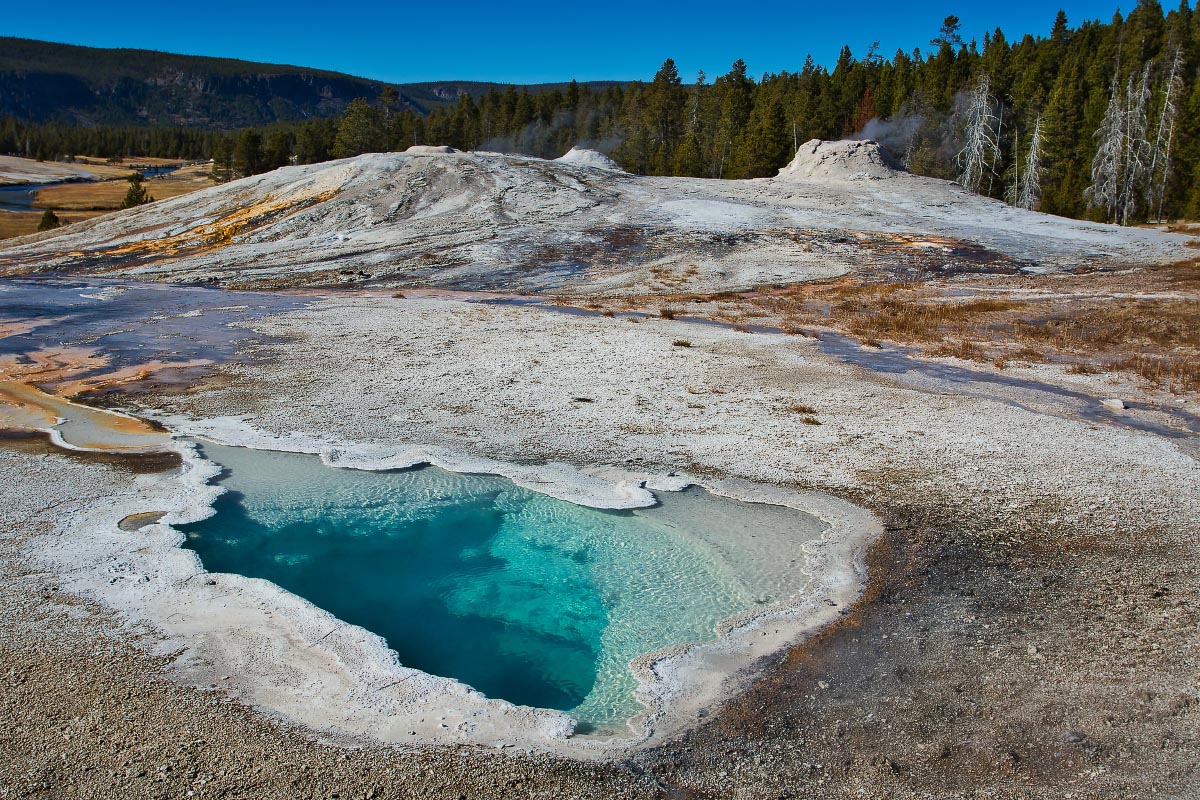
Closeup of Little Cub (note Castle Geyser in the distance back left)
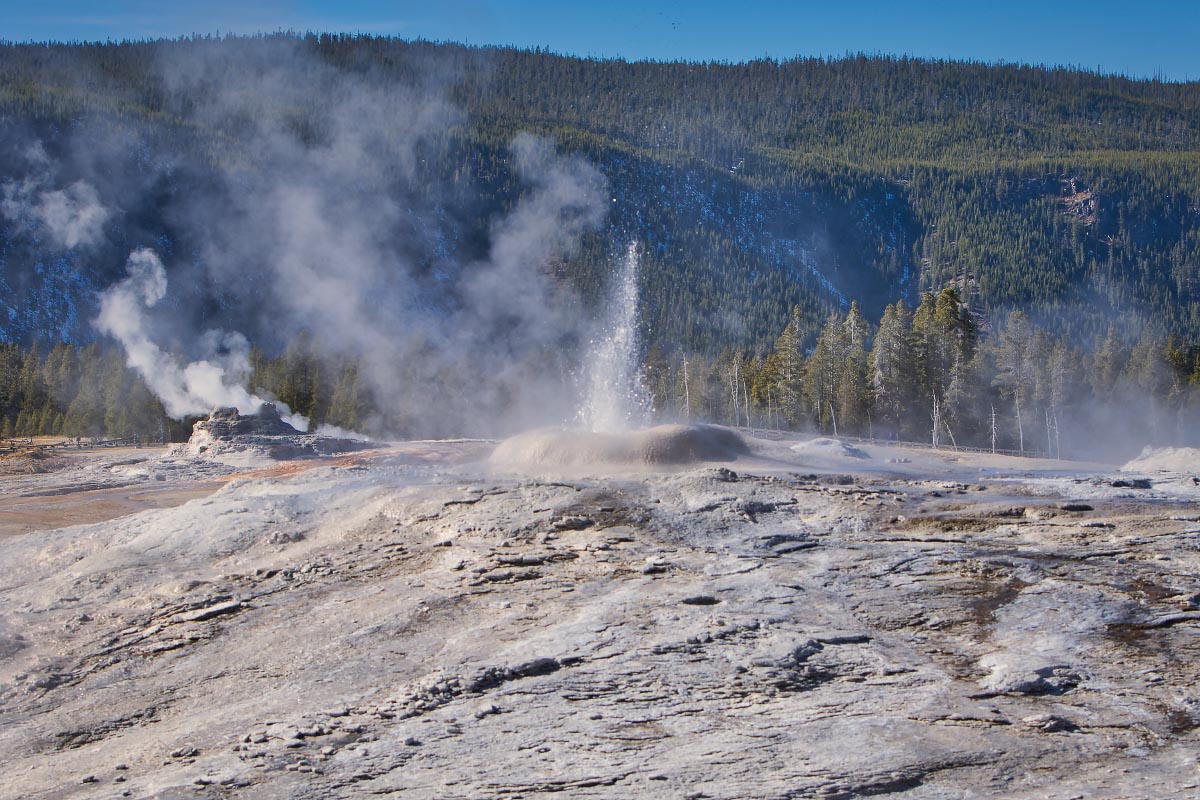
Lion has an interesting eruption pattern. It erupts in series. It starts with a large initial 10 minute eruption, and this is followed by slightly smaller/shorter eruptions at approximately 1 hour intervals. It may have three or four subsequent eruptions or, rarely, may have a series of 15 to 20. The National Park Service (NPS) does not post predictions for Lion. However using recorded data of recent eruptions, I got fairly good at predicting it’s next initial eruption. This day we were hiking toward Lion and missed the initial eruption by about 5 minutes, but we saw the plume of steam from a distance. We then waited for the second eruption of the series which is shown in this photograph. It got its name because occasionally during the initial eruption, there is a loud underground roar that sounds like a lion’s roar.
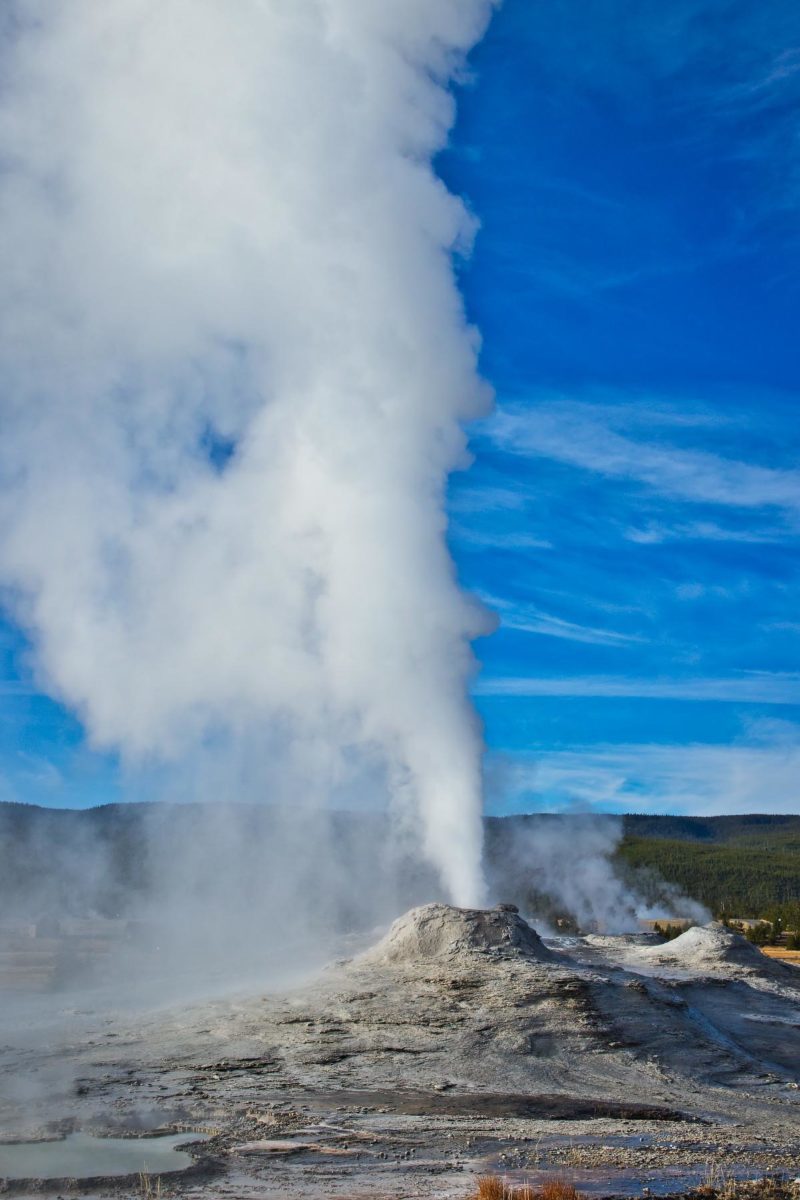
CLEPSYDRA GEYSER
Clepsydra is a very pretty small cone geyser. Its cone has lovely yellow/orange colors with a beautiful blue pool of water just in front of it. While it’s eruptions are small, 10 to 30 feet in height, it is almost continually erupting.
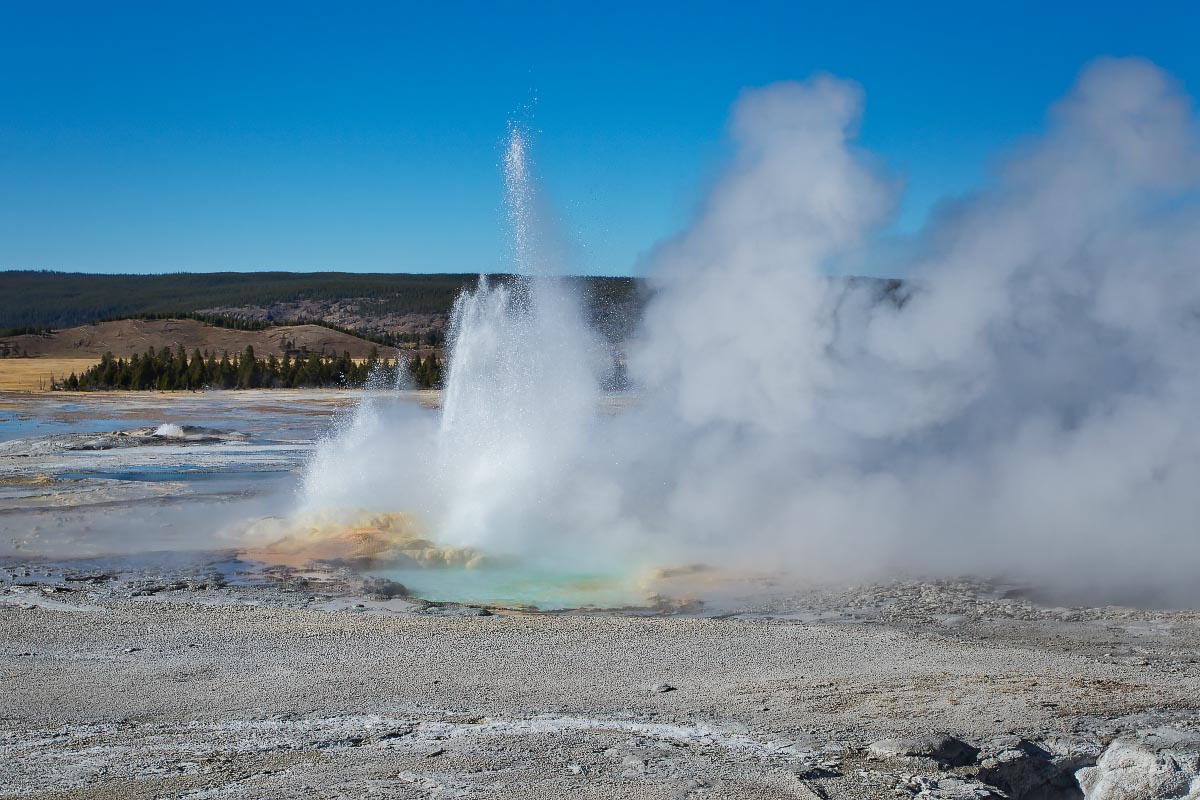
BEEHIVE GEYSER
Just like Great Fountain, I have always wanted to see Beehive Geyser erupt. However, it is somewhat erratic. NPS does not make predictions for this one either. Again, using online sources, there is frequently a prediction with a four hour window. This particular weekend, it looked like Beehive would only be going off in the middle of the night. However, there was a 3/4 gibbous moon out, and I thought that it would be bright enough to illuminate the geyser for photography. There are a couple of things that makes this geyser unique. It has a very small cone with a small vent opening. This acts like the pressure nozzle on your garden hose. Thus, the stream of water is very narrow and can be extremely high, up to 200 feet (compare to Old Faithful’s 100 feet). We watched Beehive from across the Firehole River because I wanted to be able to photograph the entire water column. I understand if you are on the boardwalk right behind Beehive when it erupts, the pressure is so intense that it sounds like a jet engine.
Another fascinating and unique phenomenon is that there is a small vent in the ground near Beehive called Beehive’s Indicator. This will start a small eruption of its own, and that is a signal that Beehive will erupt in the next 10-15 minutes. The night we were there, it was only seven minutes later that Beehive went off.
Here is the nighttime shot showing Beehive’s cone to the left and Beehive’s Indicator going off to the right.
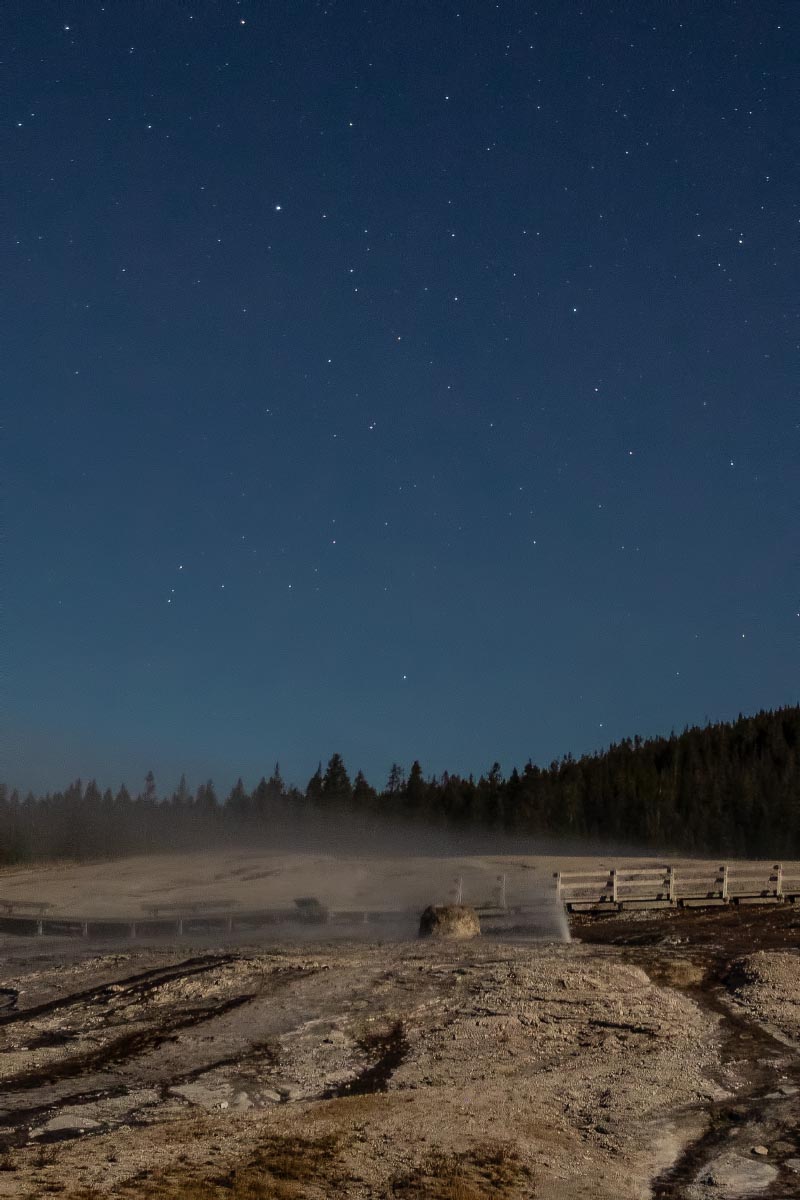
While I was photographing Beehive’s eruption, Candy excitedly shouted “look there’s a moonbow!” I had to quickly change lenses to an even wider angle lens and got this photo of Beehive, the moonbow, and even got lucky to have the Big Dipper as a backdrop. What a way to top off an amazing weekend at Yellowstone!
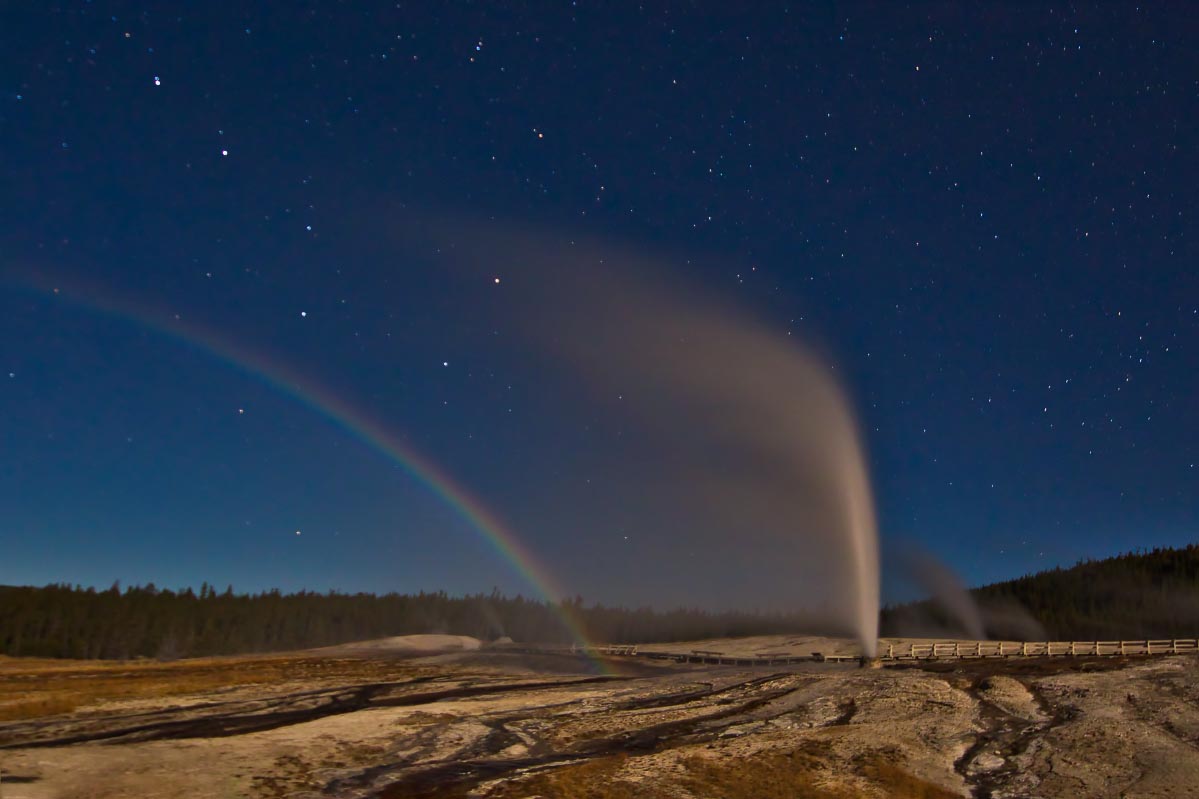
12/5/2018: The Wind River is just starting to freeze as seen in this sunrise shot from our backyard.
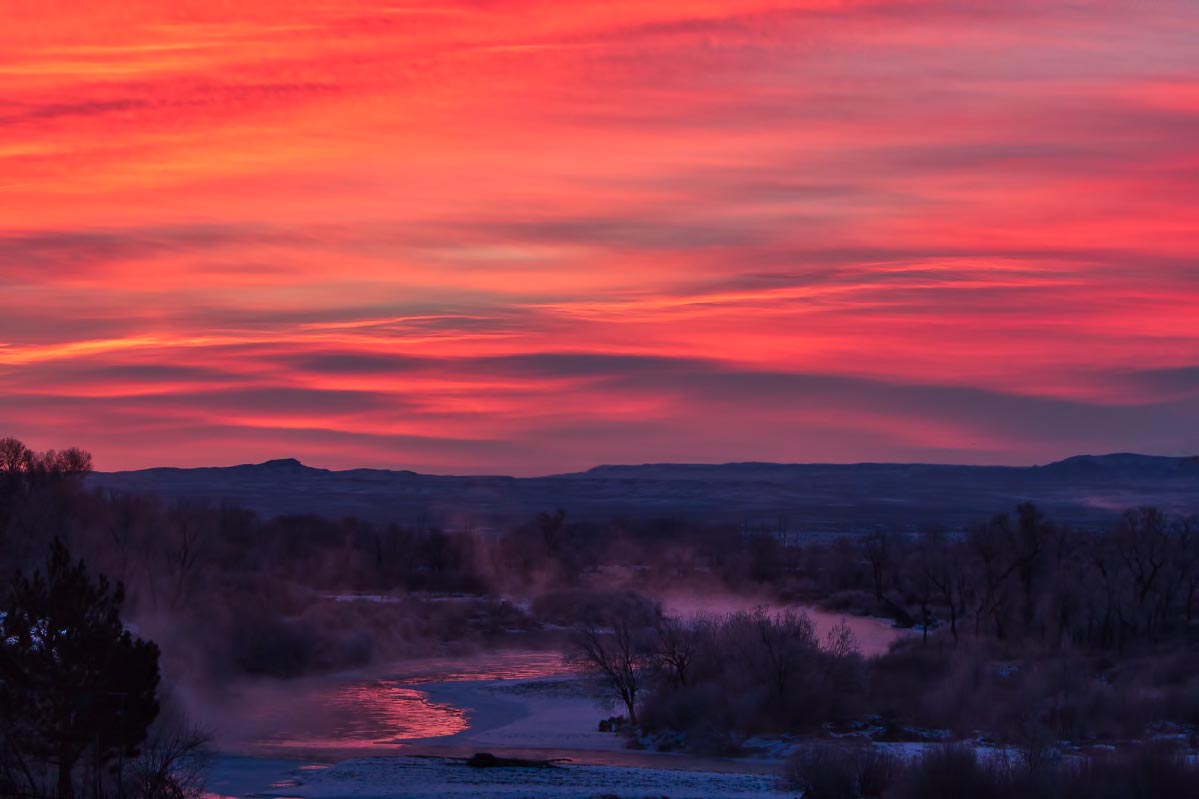
Snowflake portrait
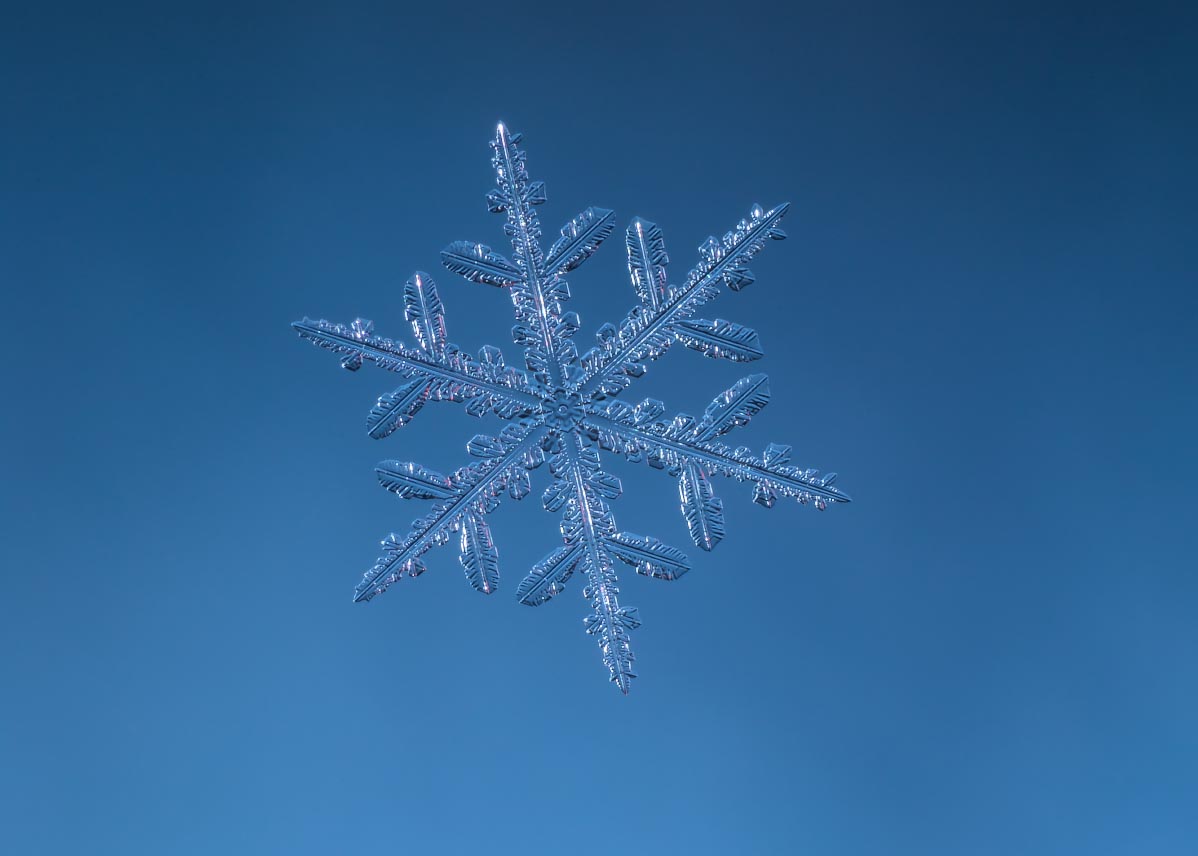
December also brings crisp clear nights for astrophotography. Here is a composite exposure capturing 2 Geminid meteors piercing Orion “The Hunter”.
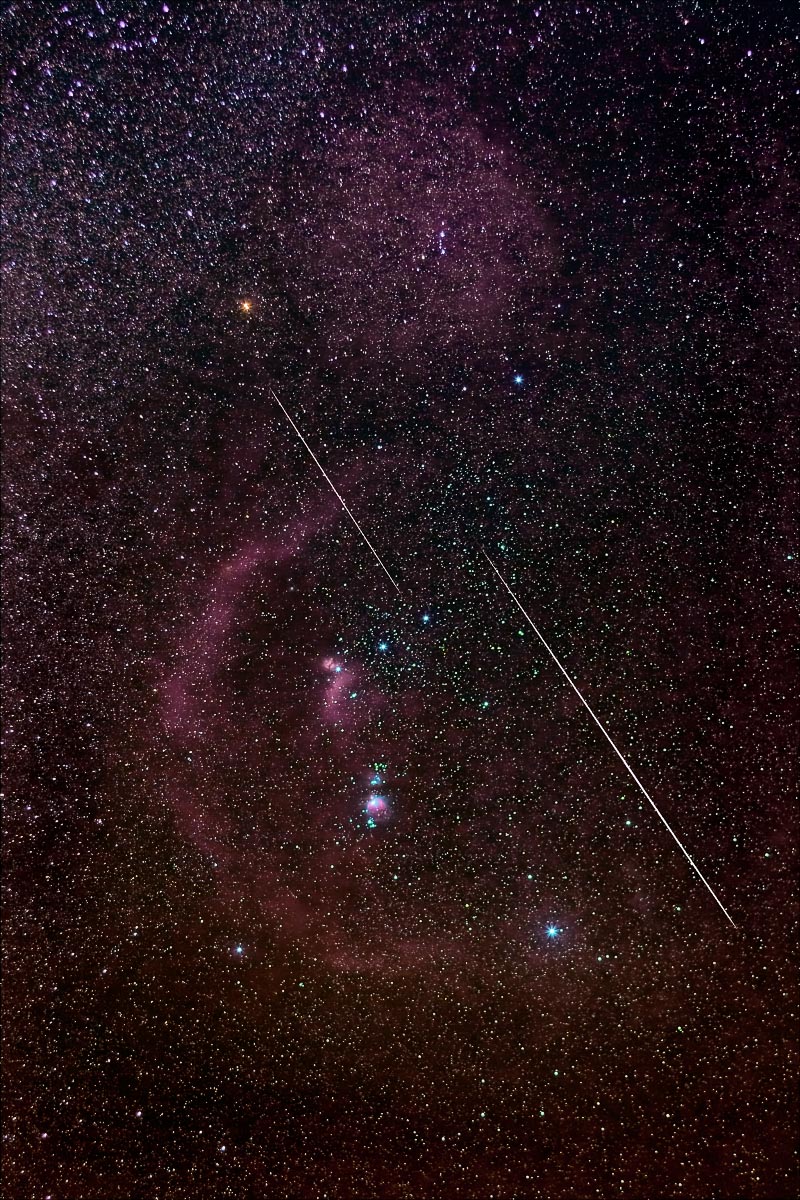
Also in December I captured Comet Wirtanen next to the Pleiades. The green glow of the comet contrasts nicely with the blue reflection nebula around the Pleiades.
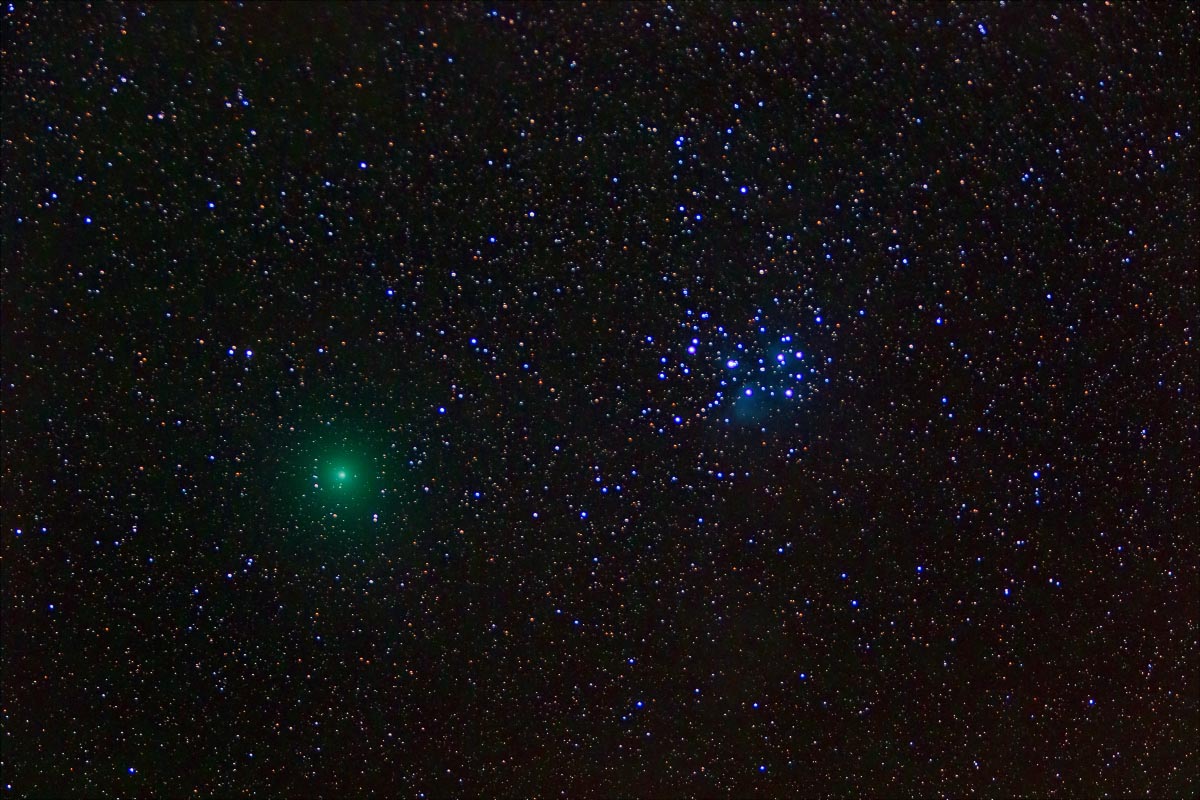
New Years Eve found some interesting new birds for my yard.
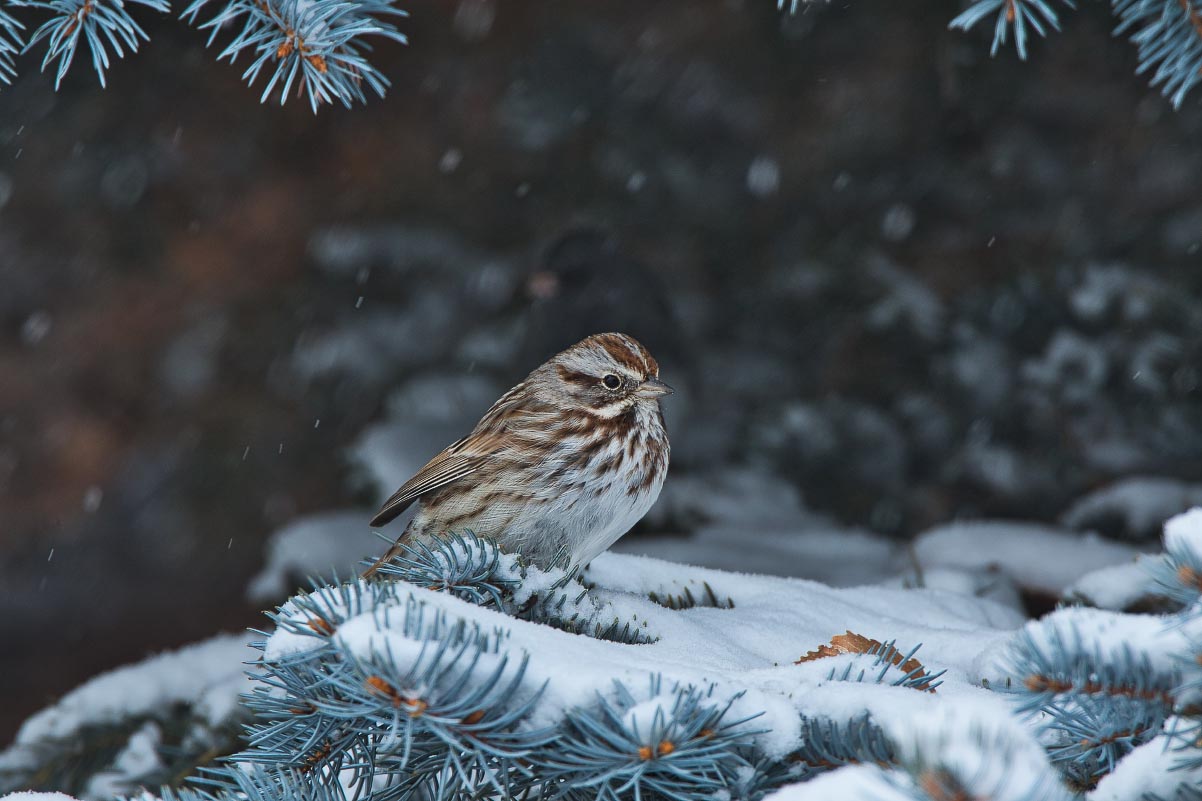
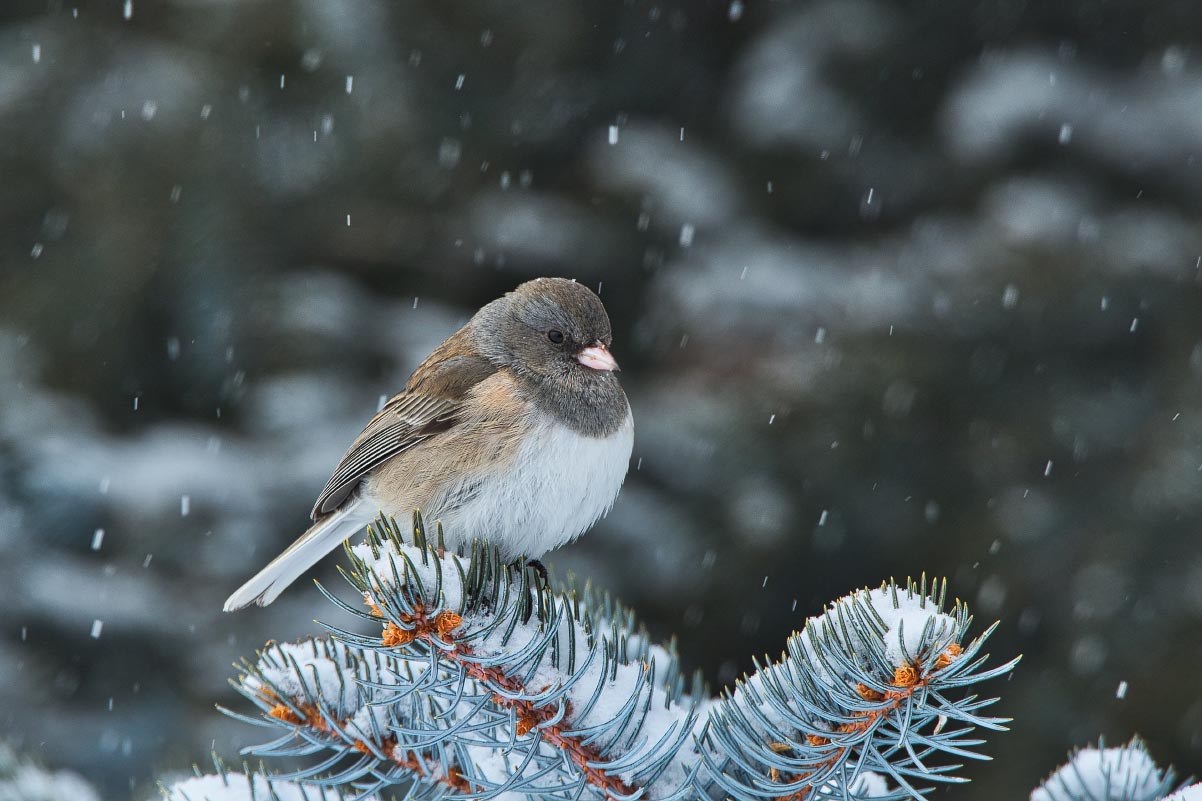
This tiny bird is a Chipping Sparrow. These are very common here in the summer. What I didn’t realize is that there has never been a well-documented case of one in the winter in Wyoming. This, and several other photos, have been sent to the Wyoming Bird Record Committee. Hopefully I will have the first confirmed record (spotting it credited to Katherine Crawford) .
